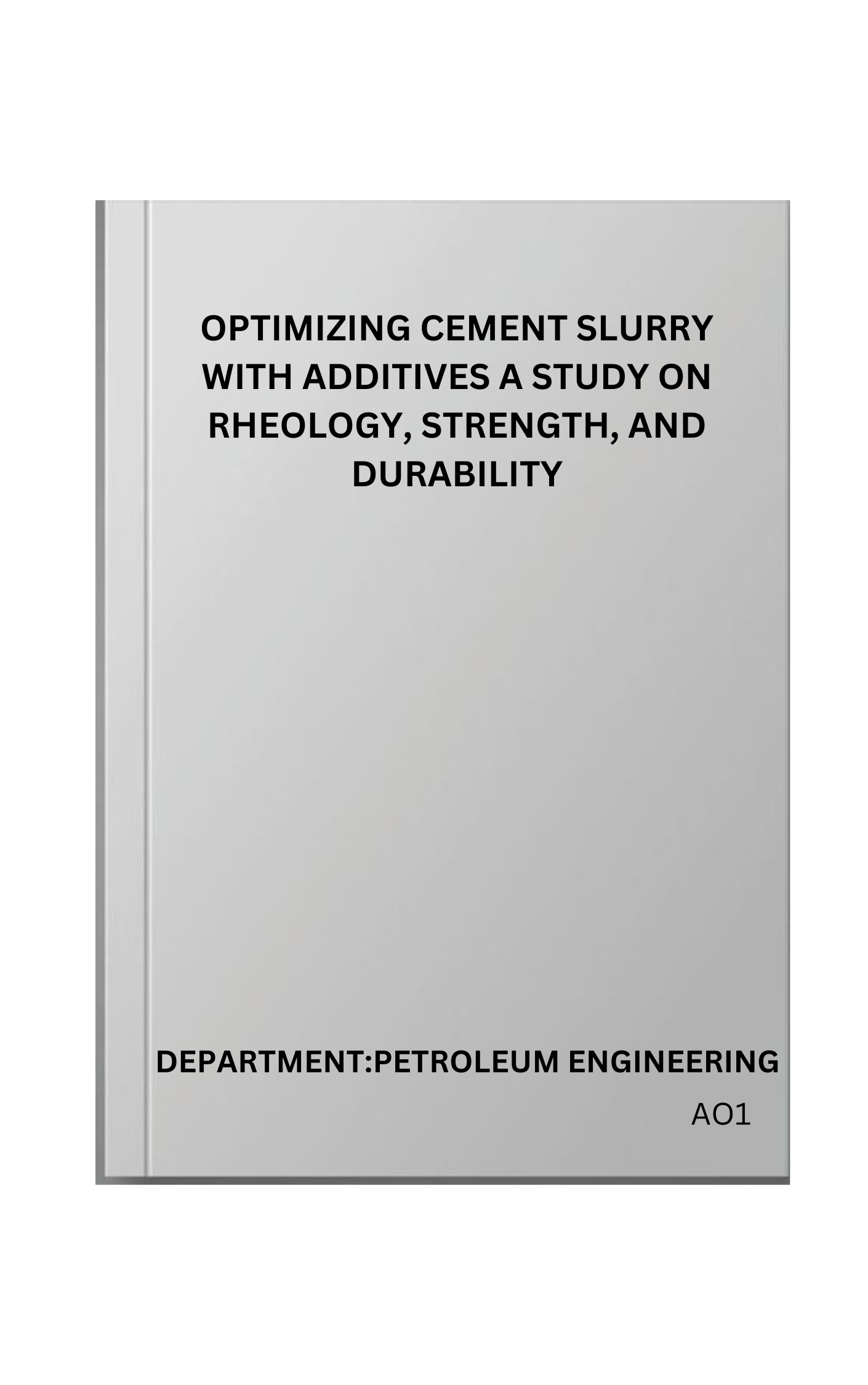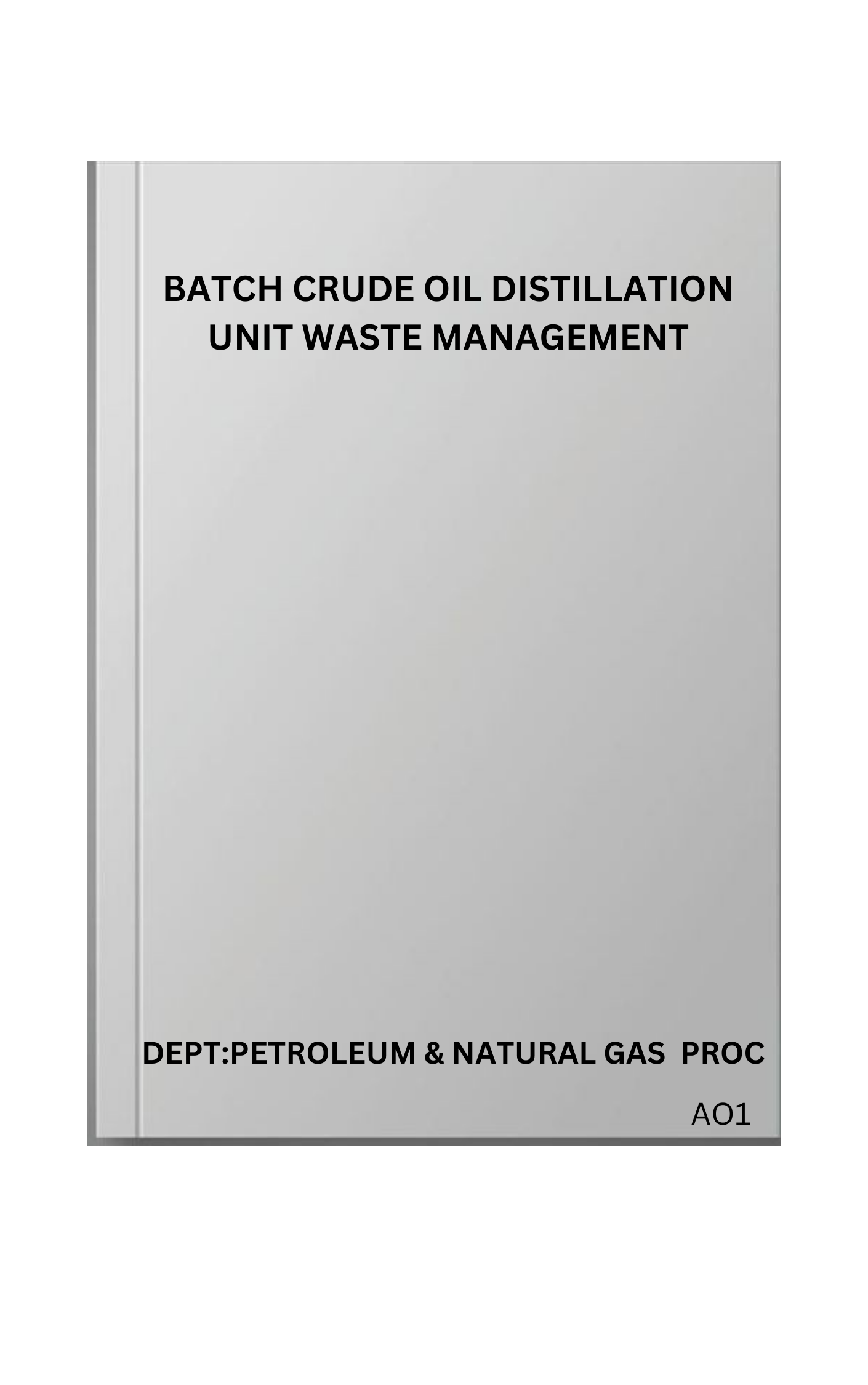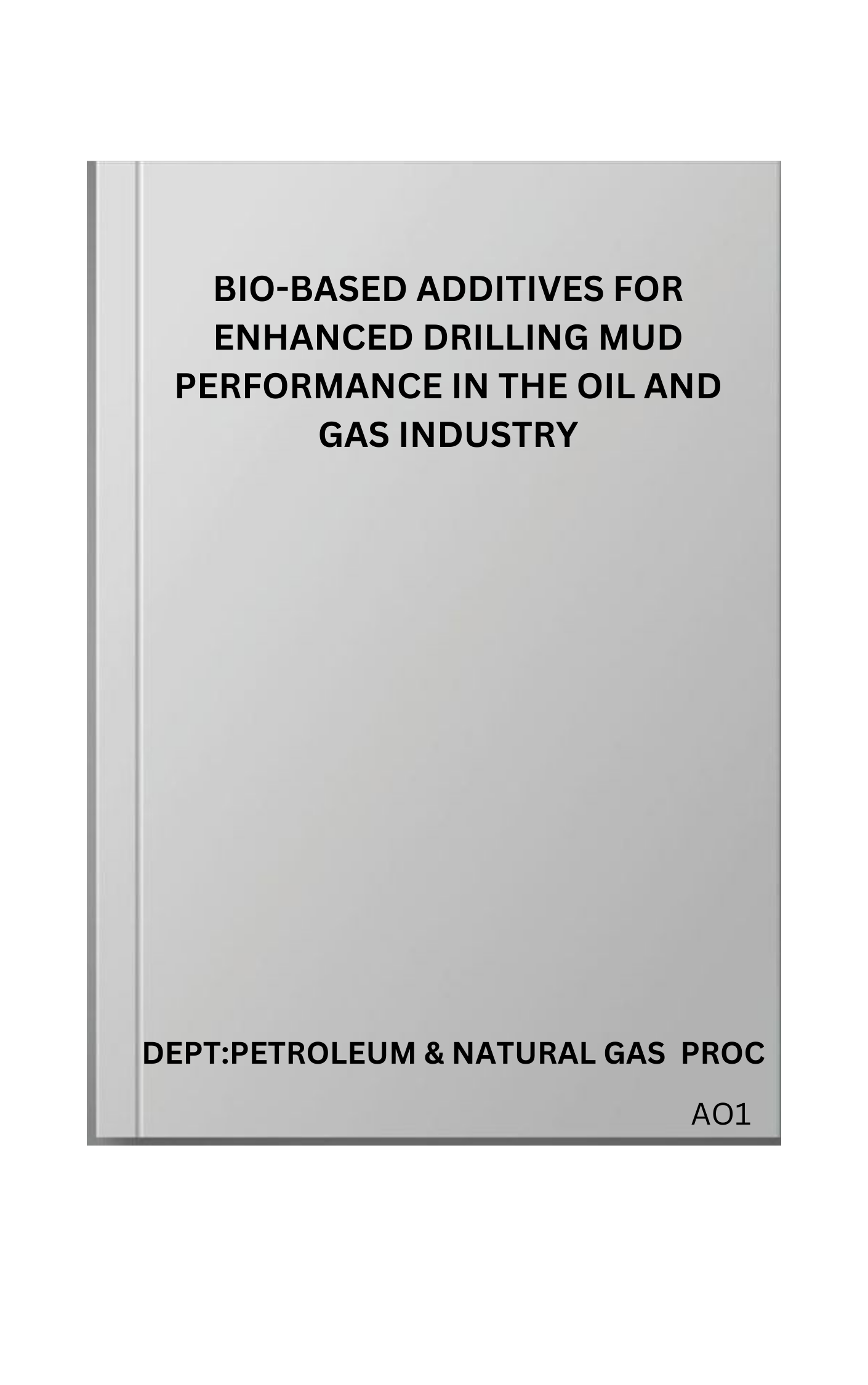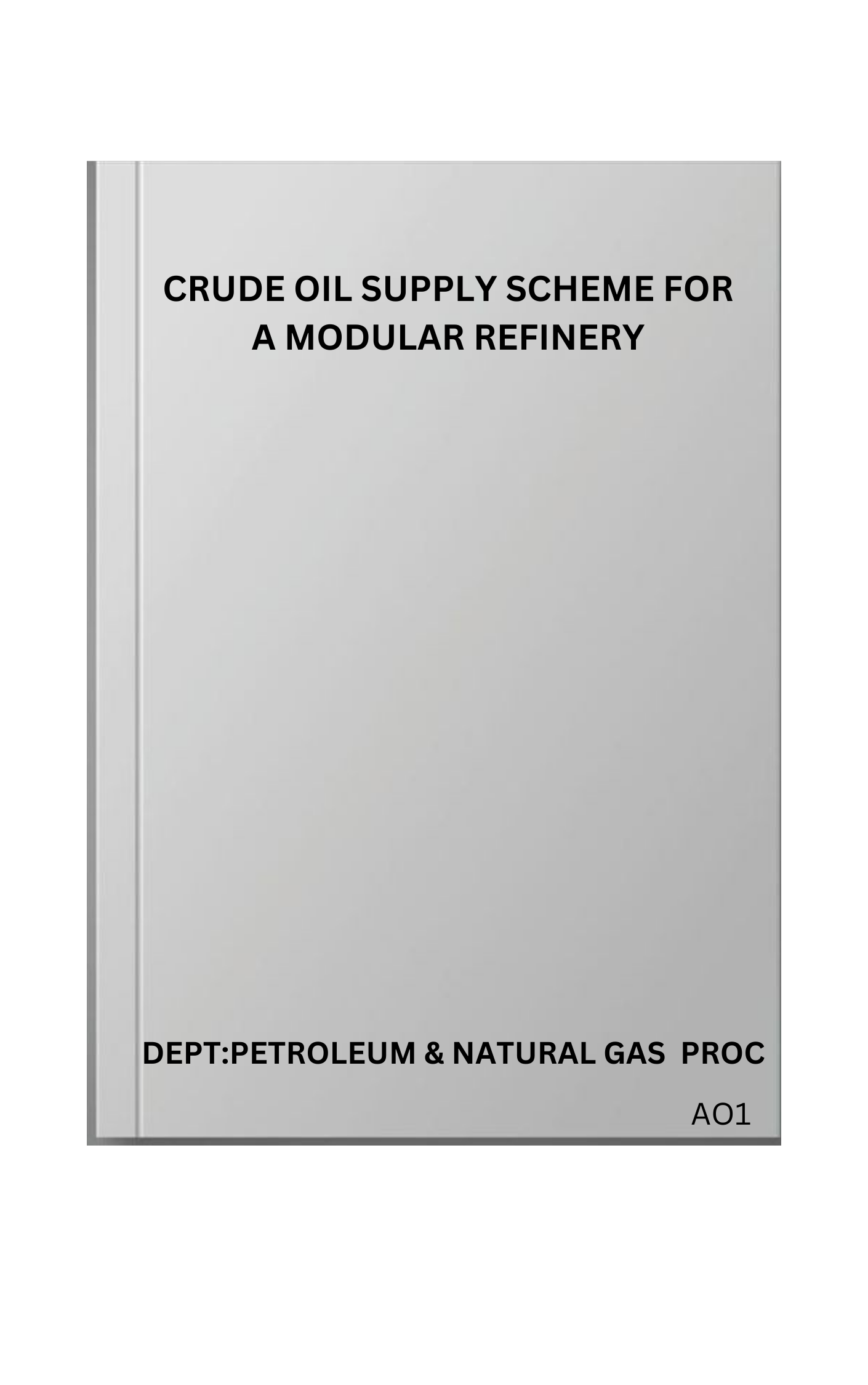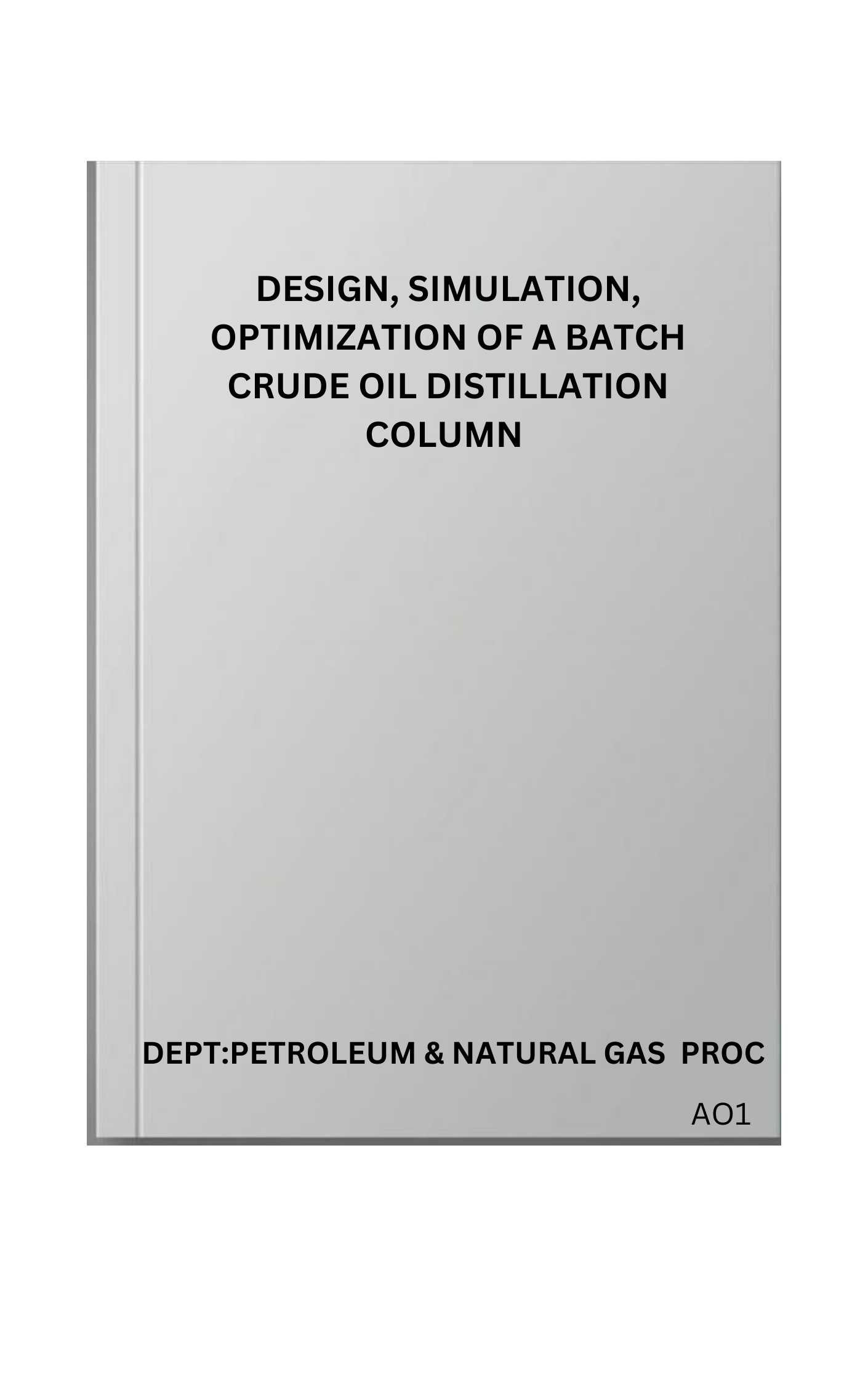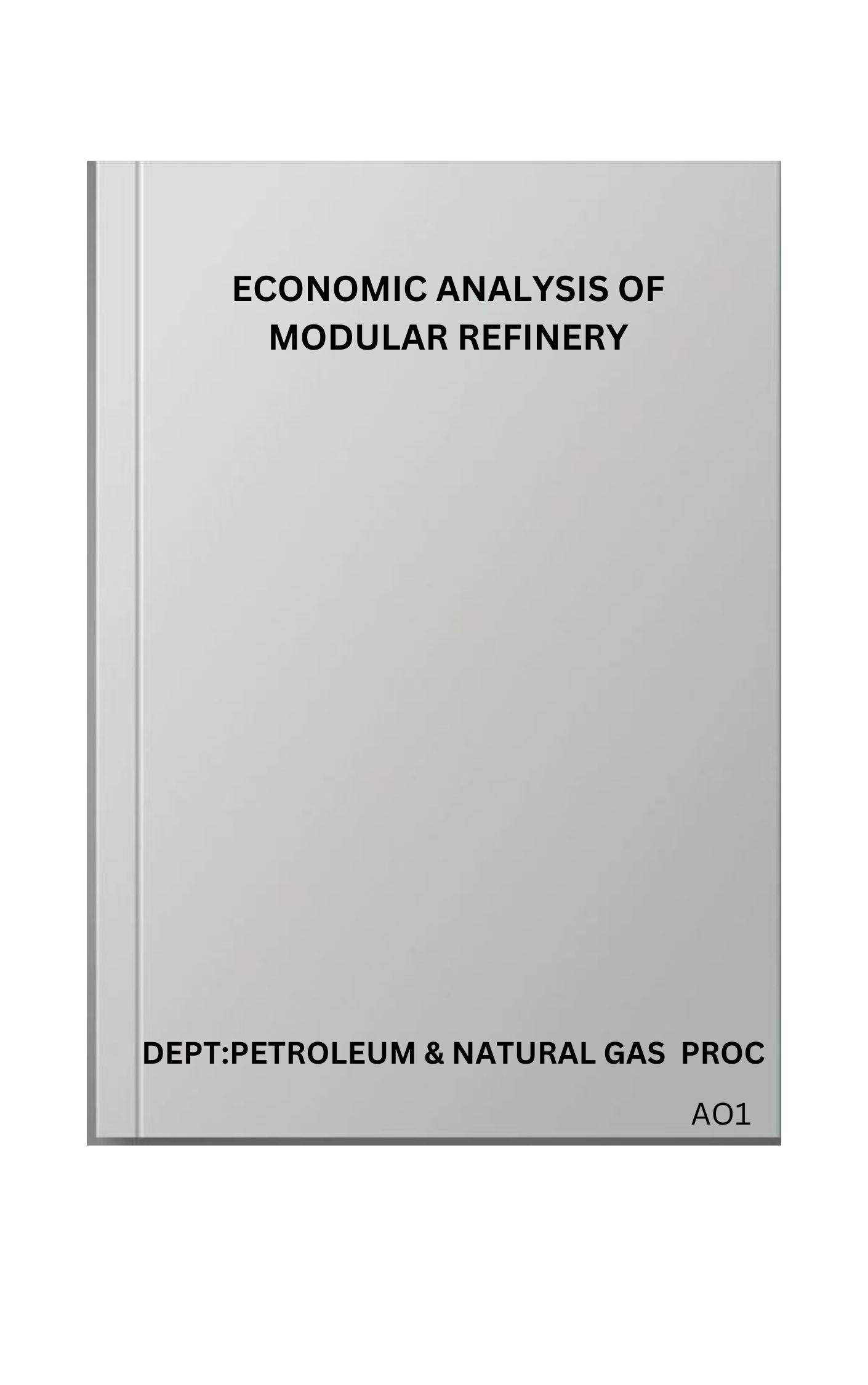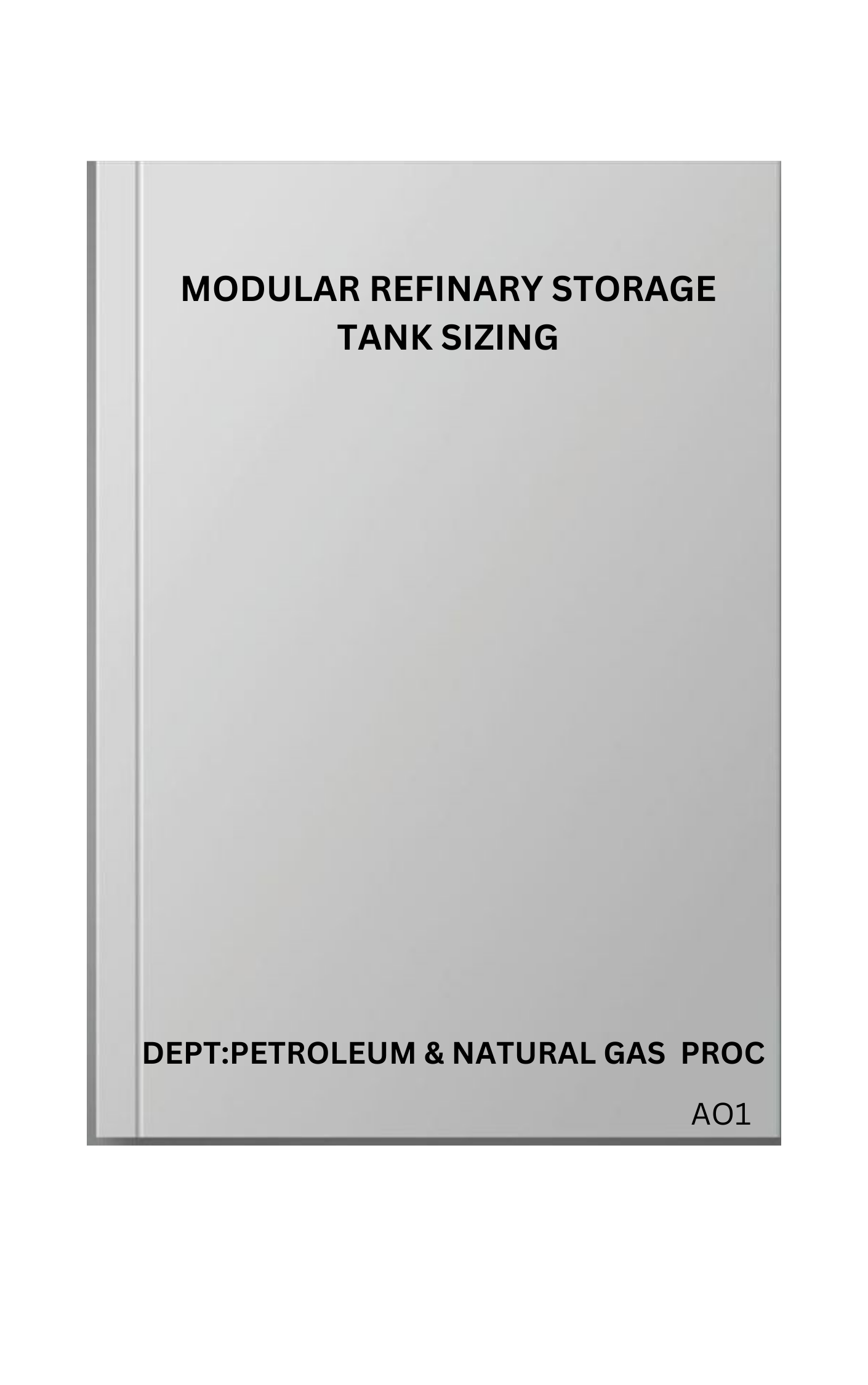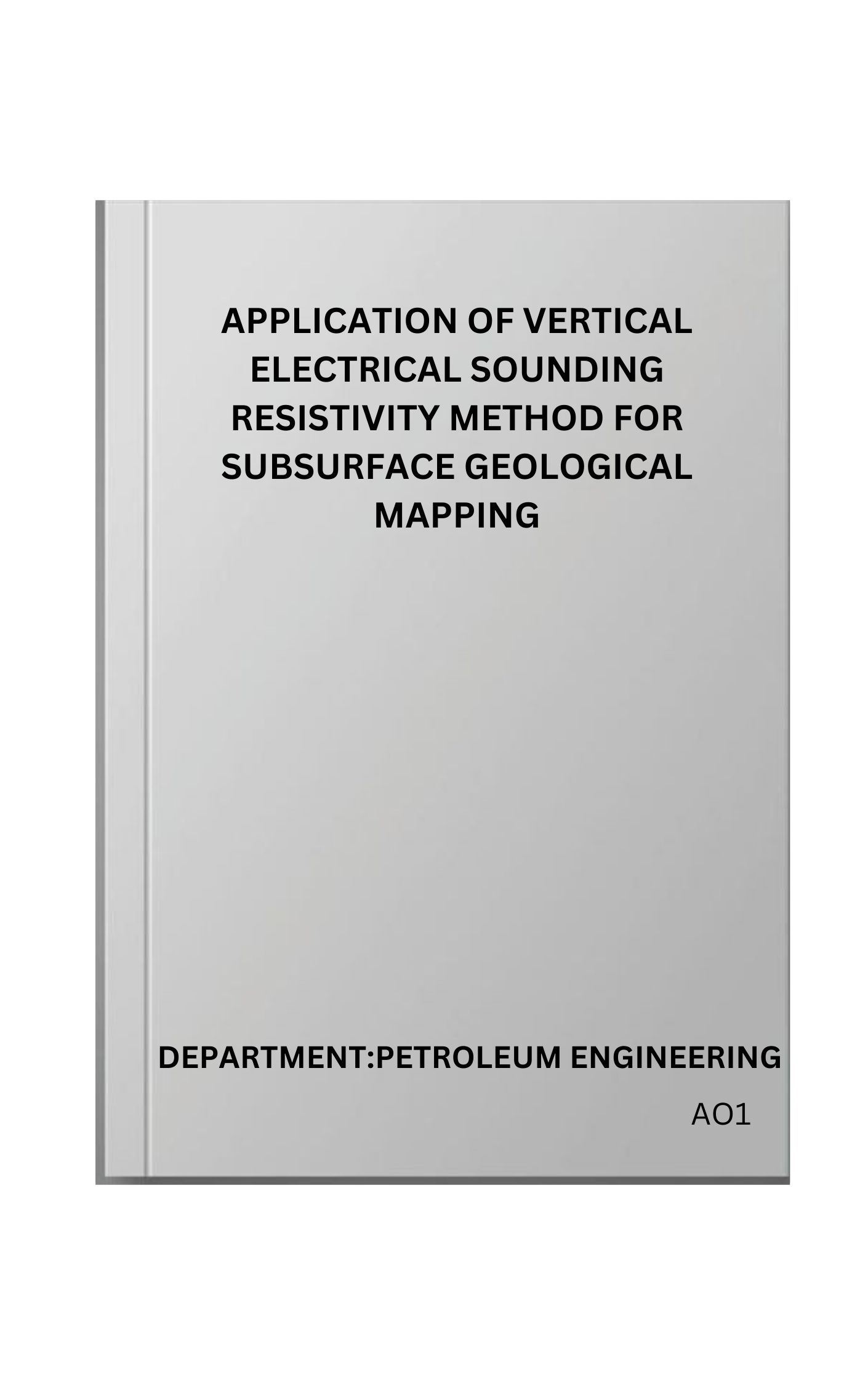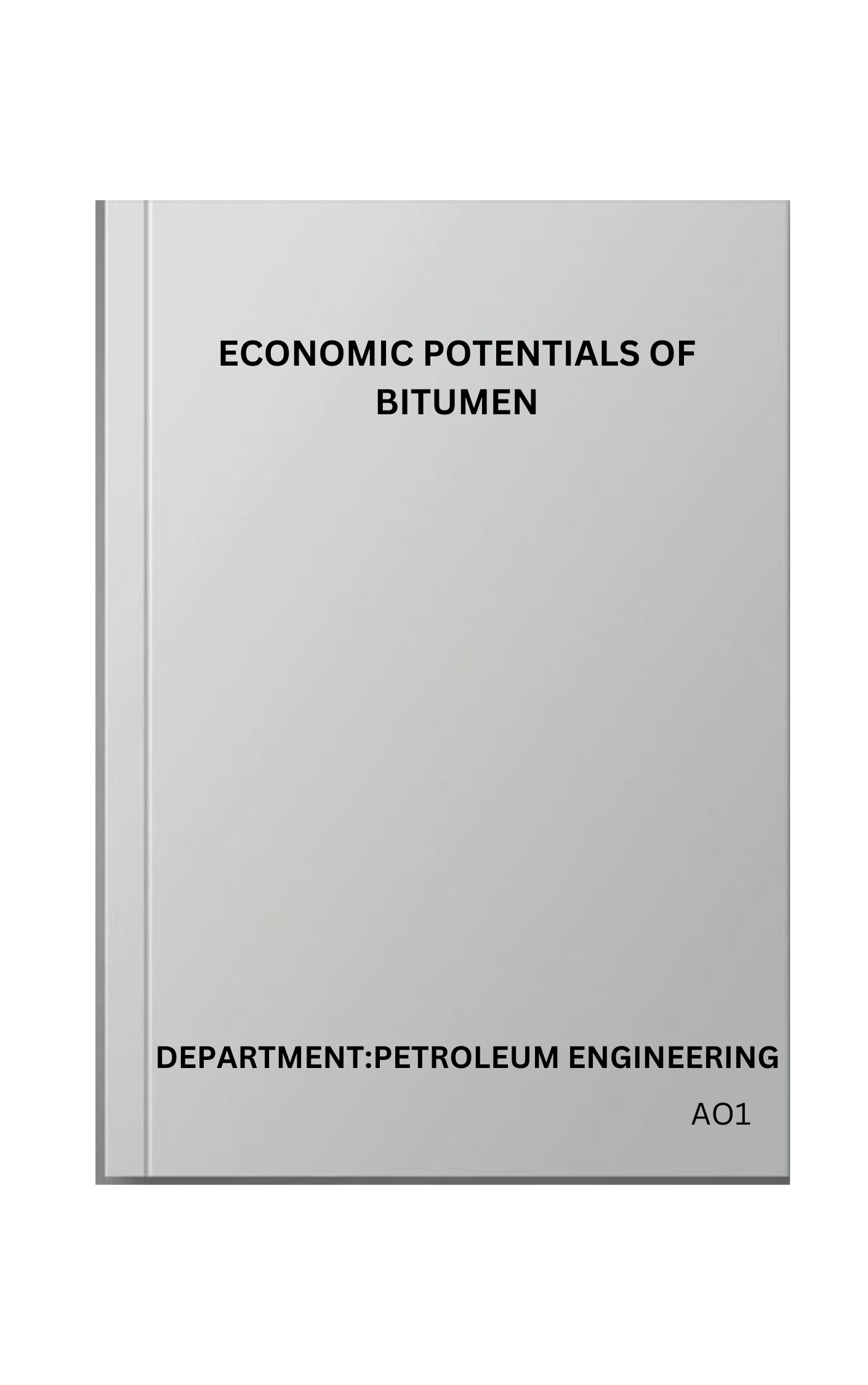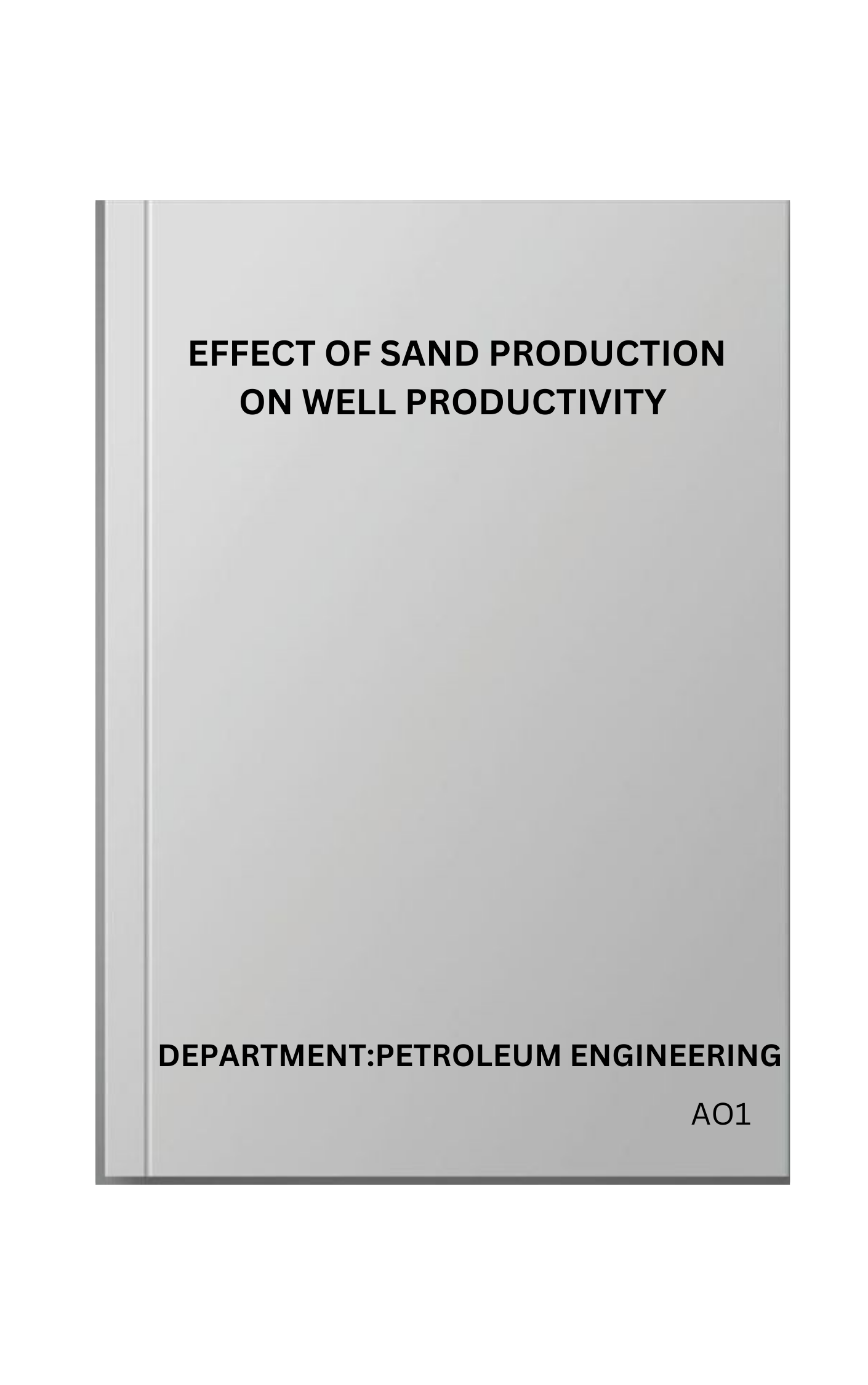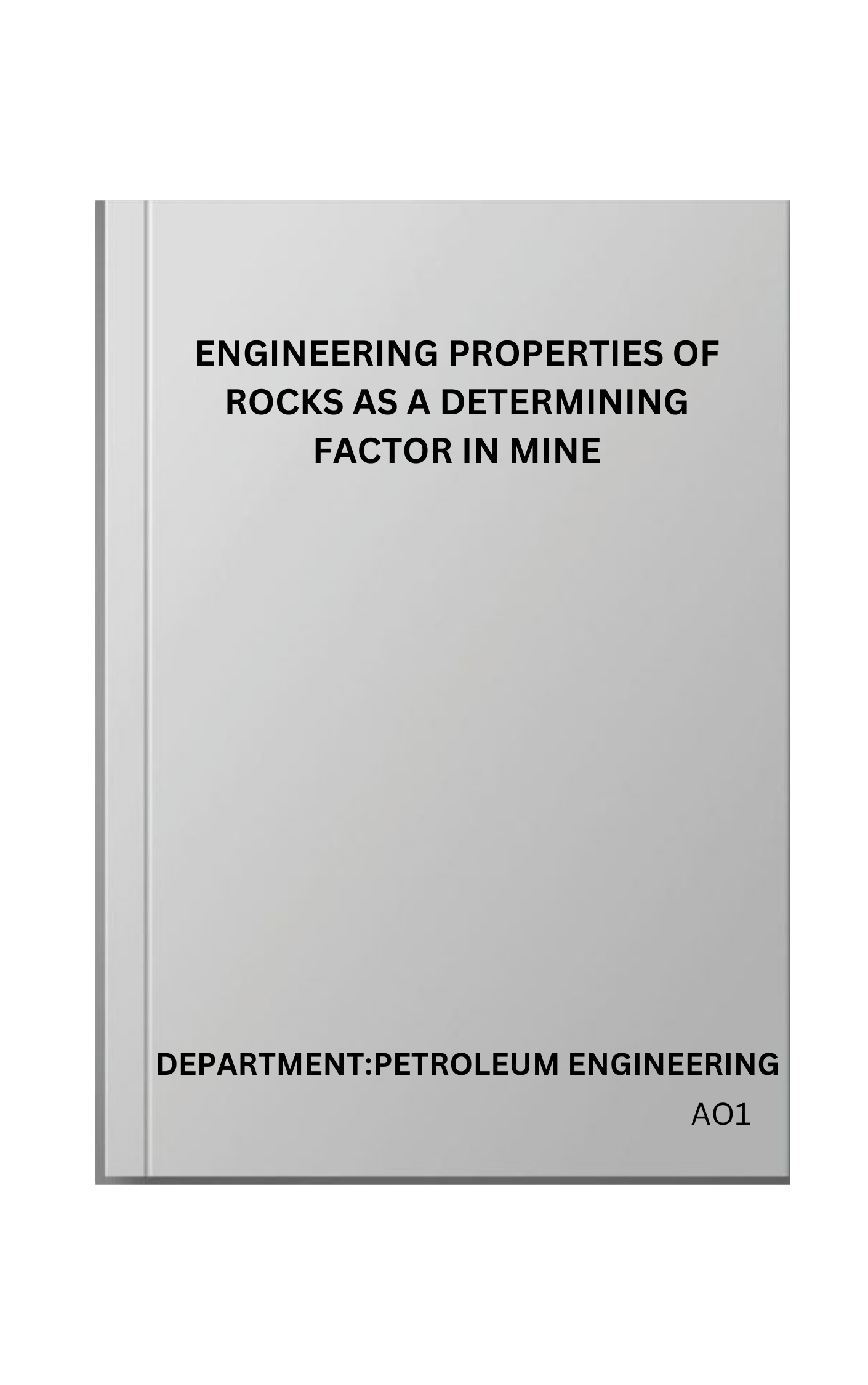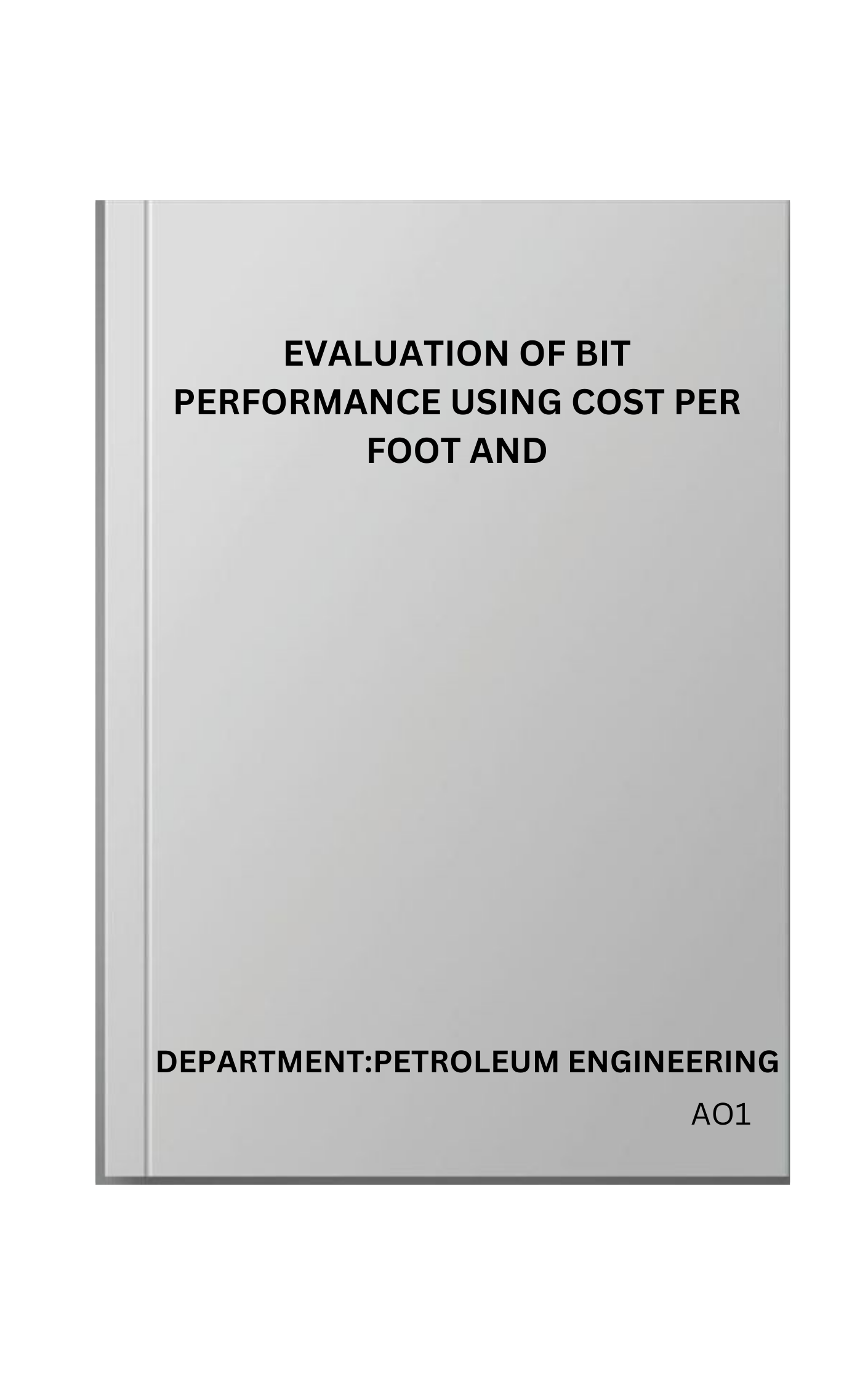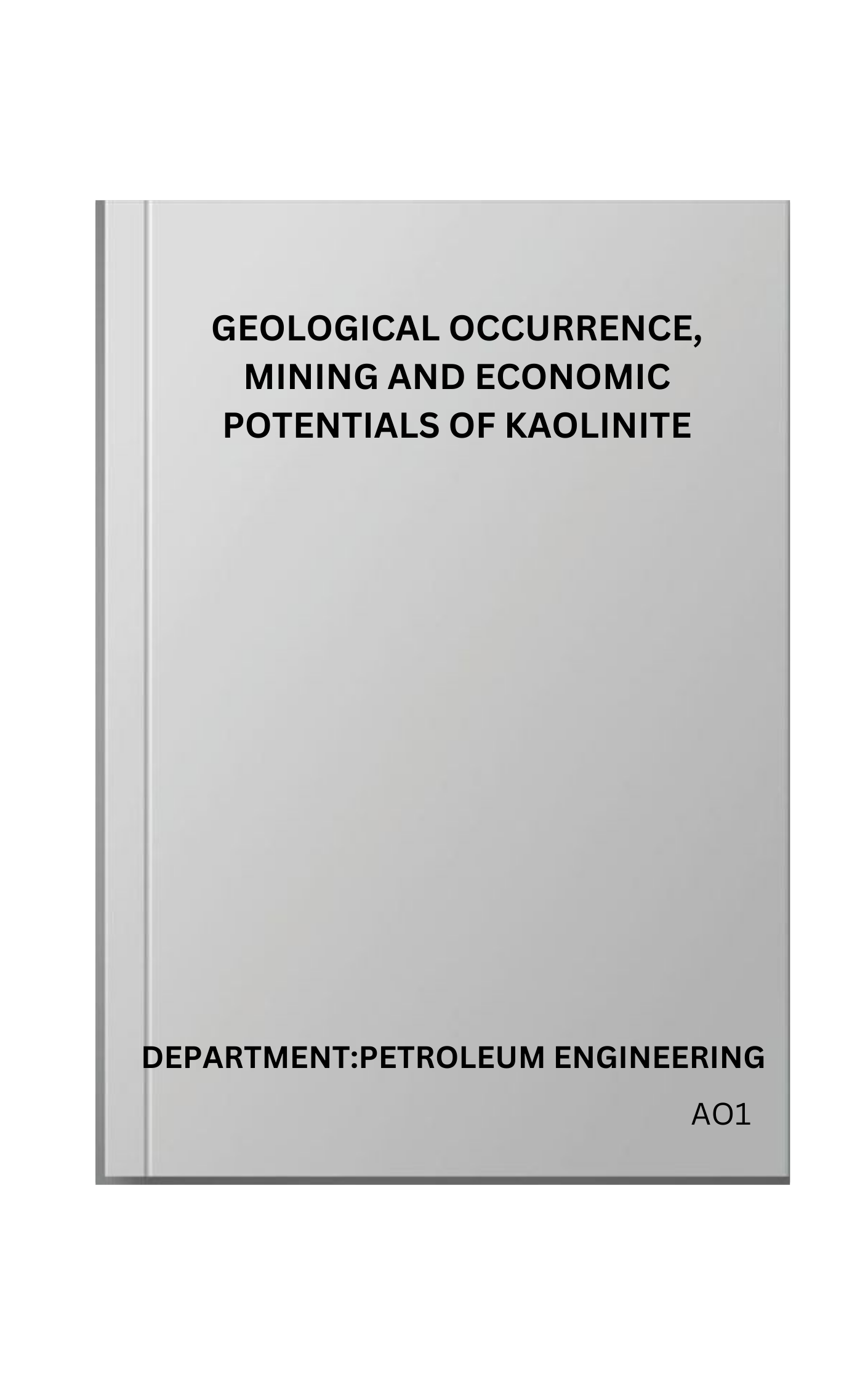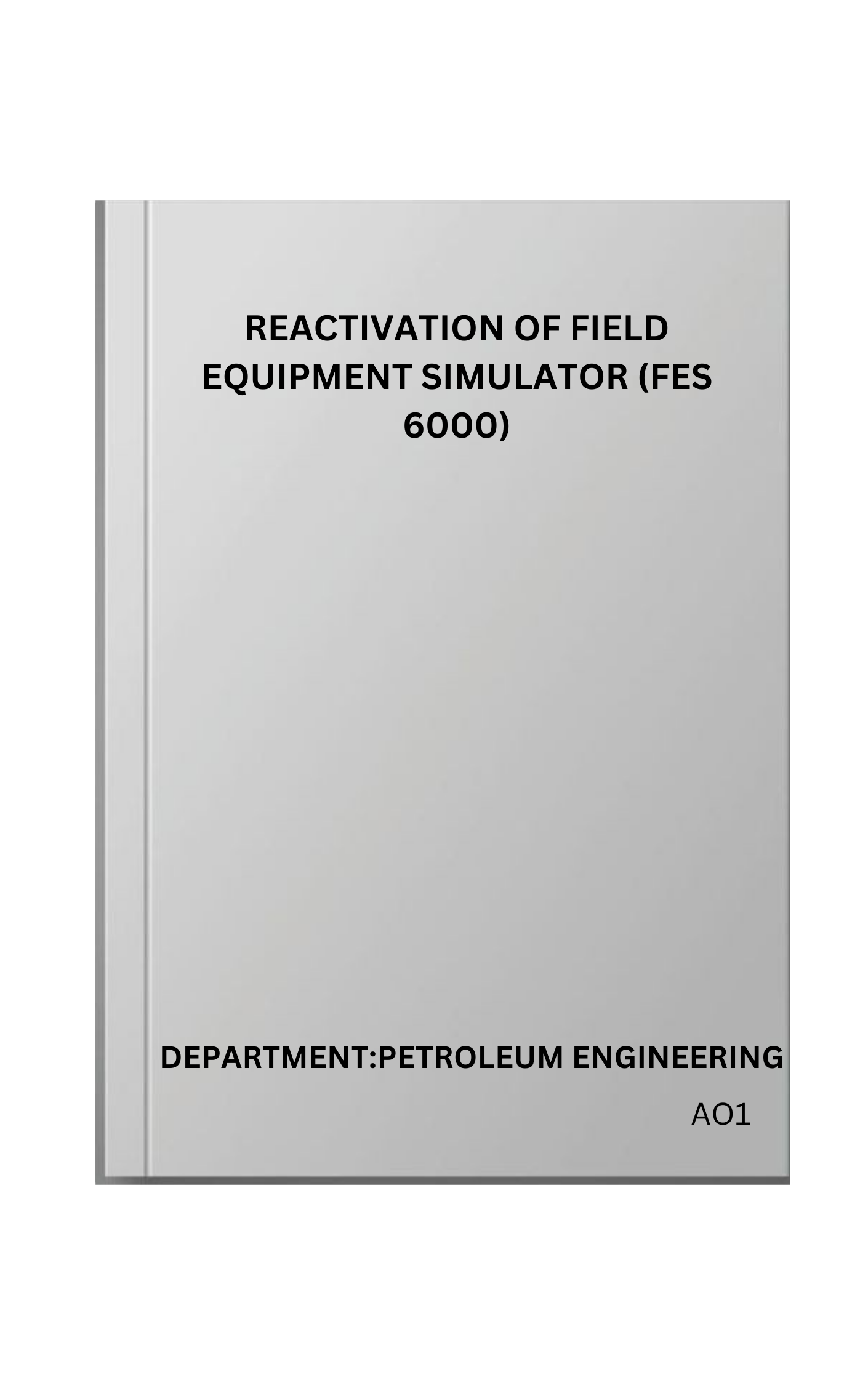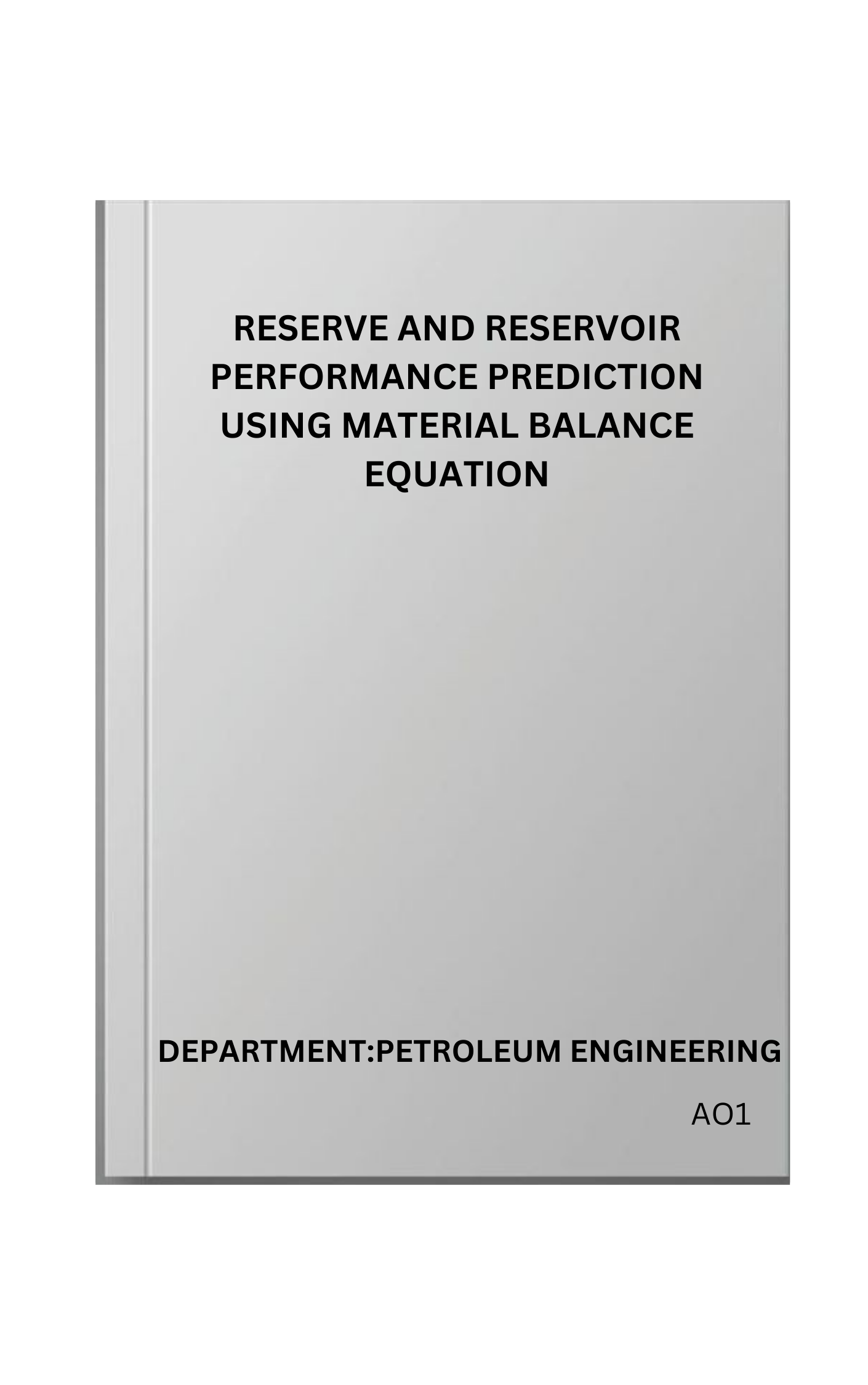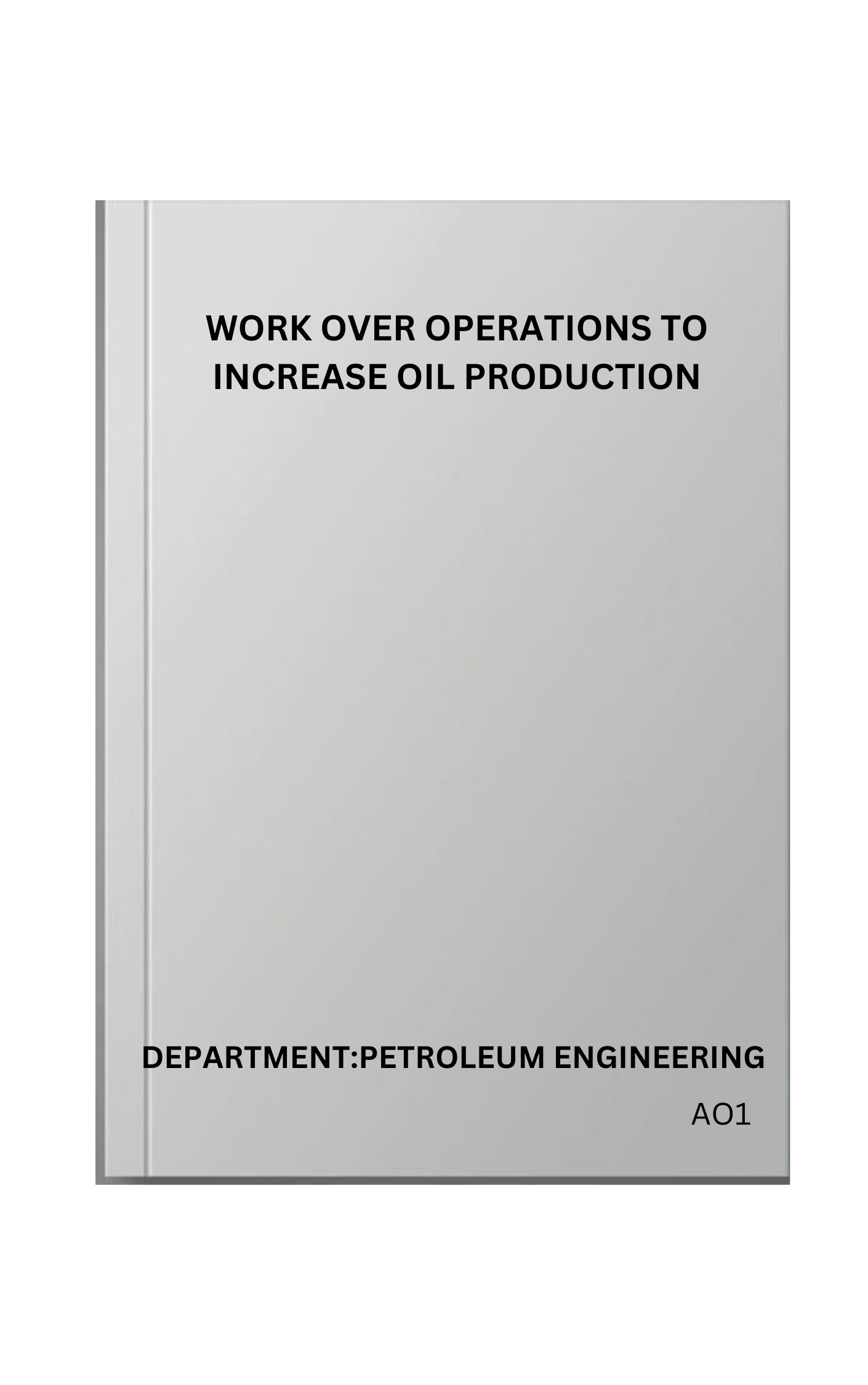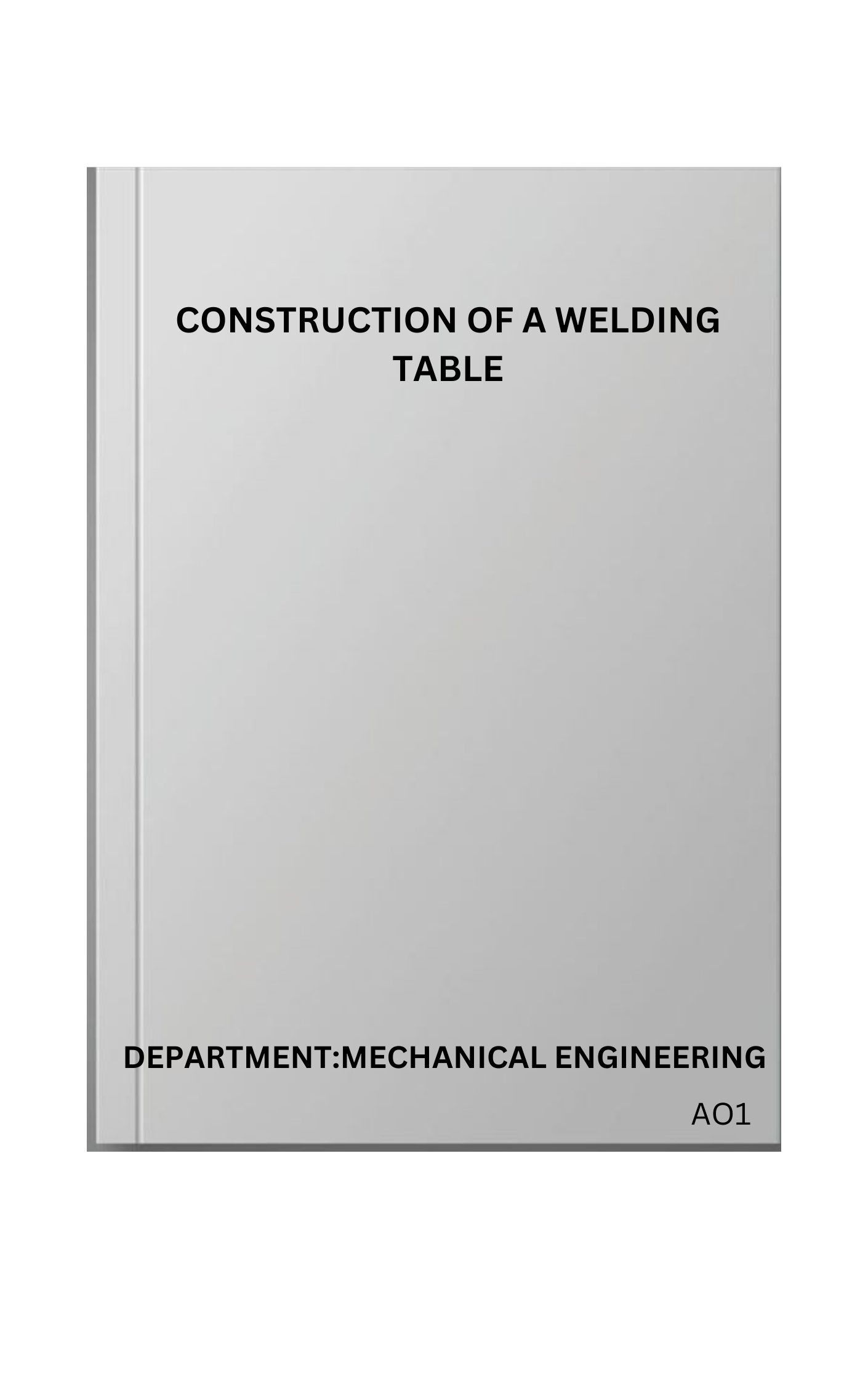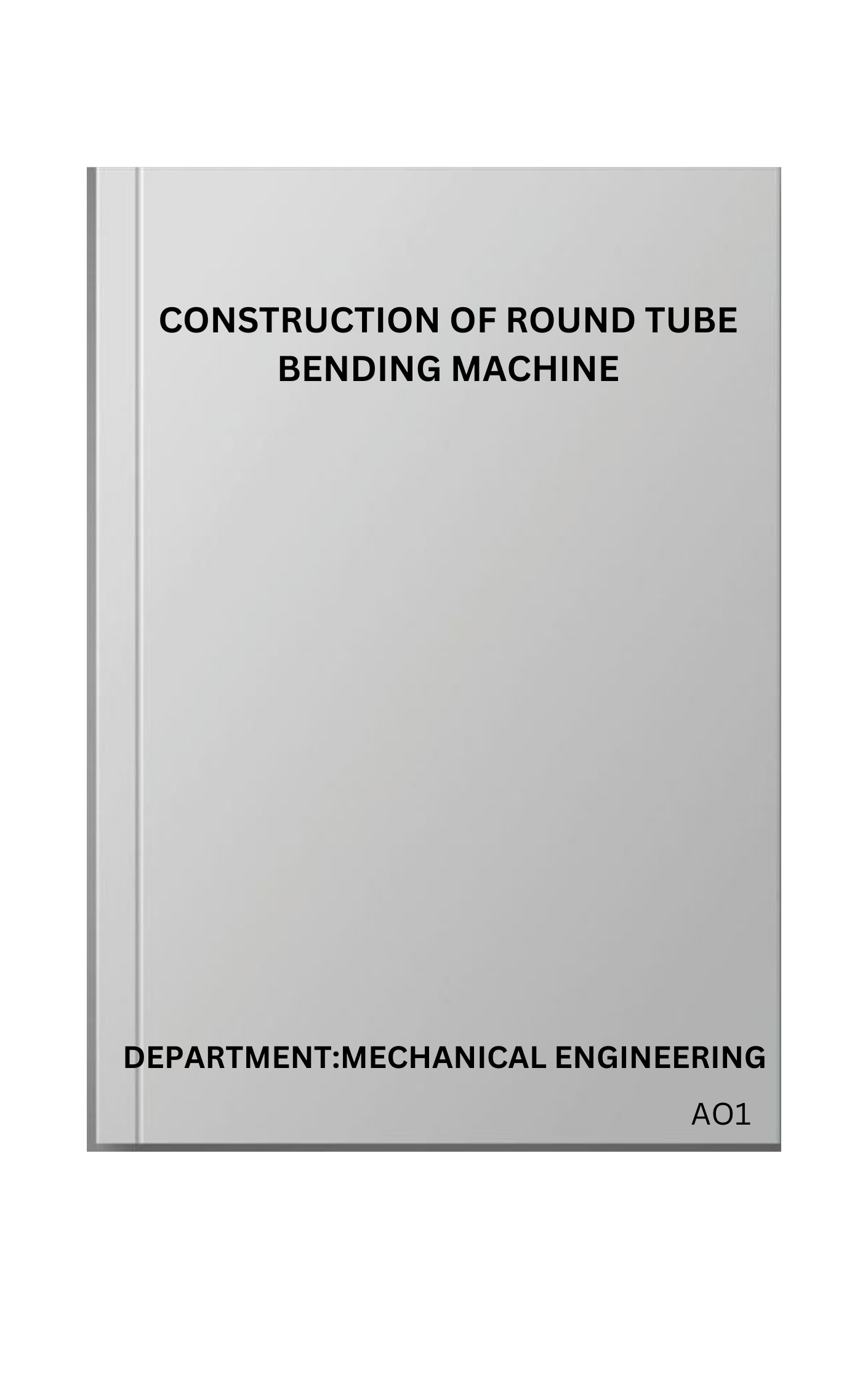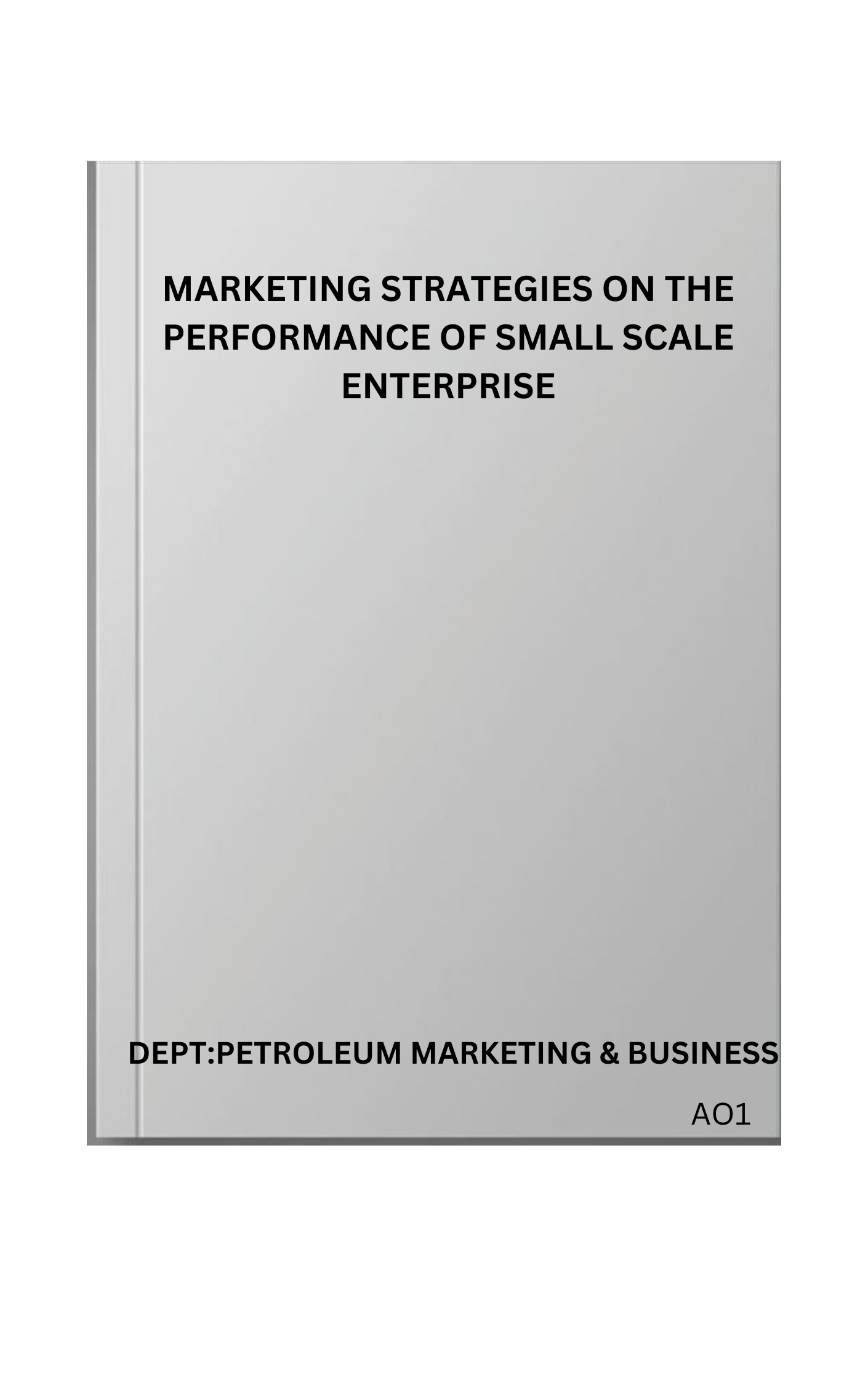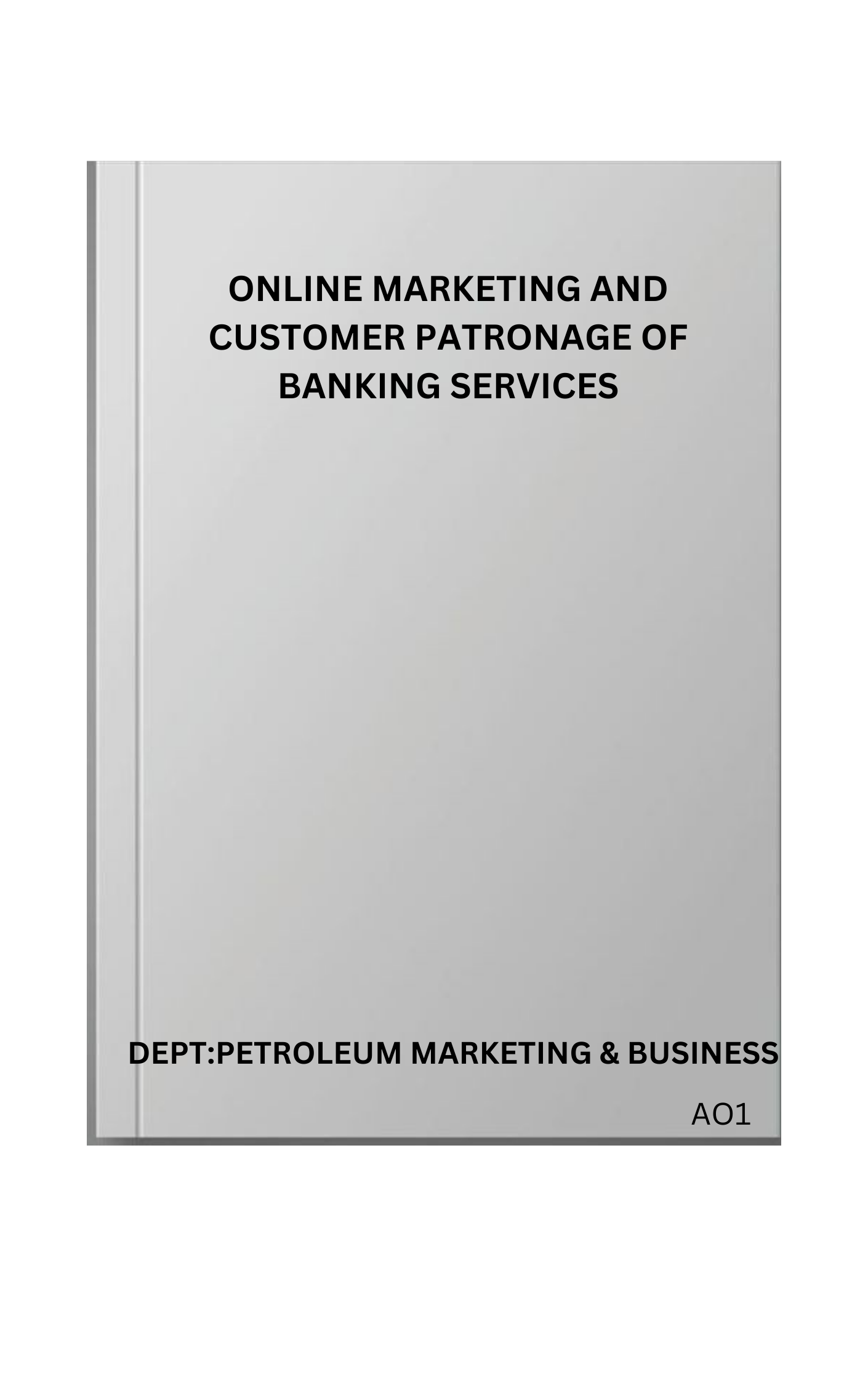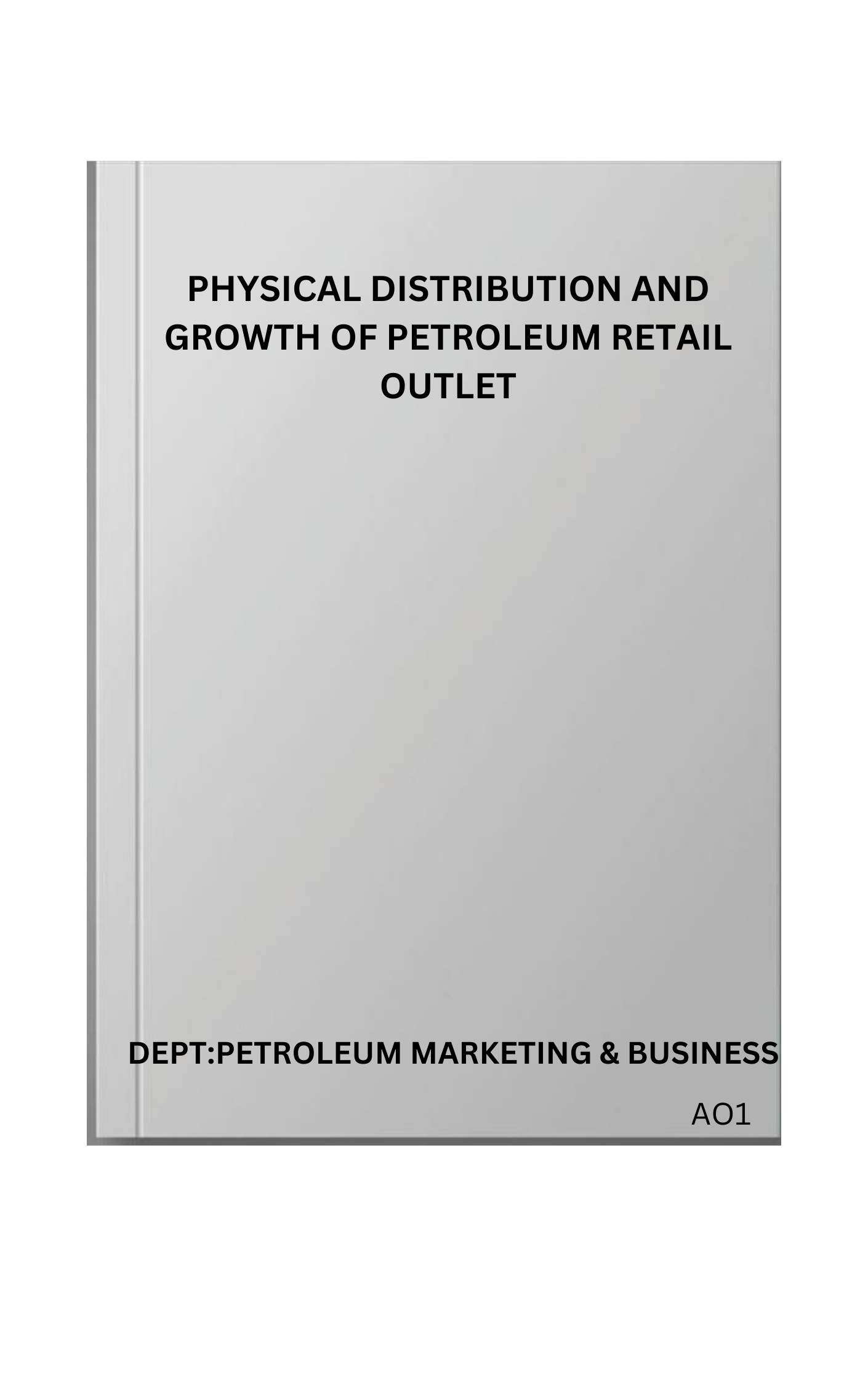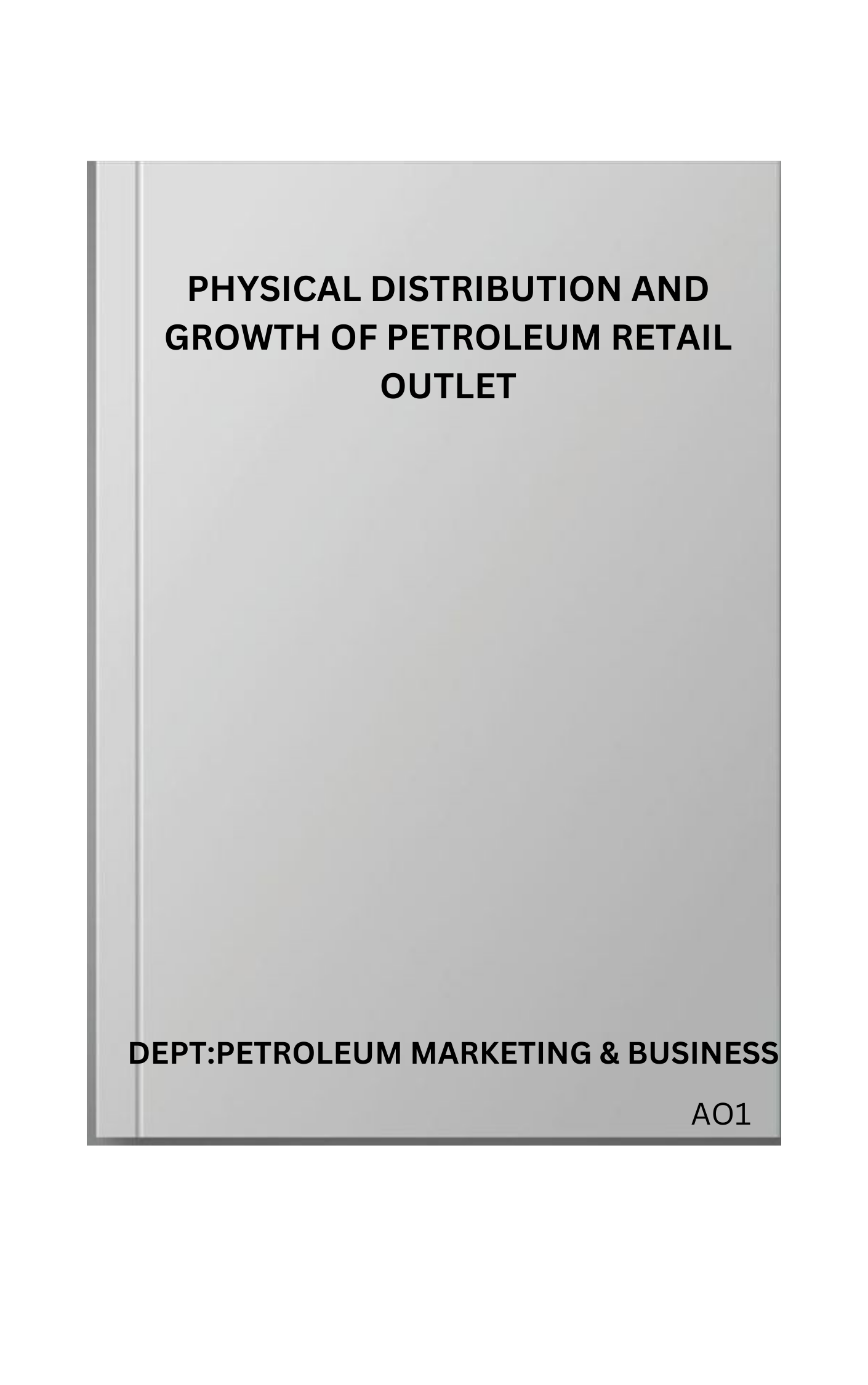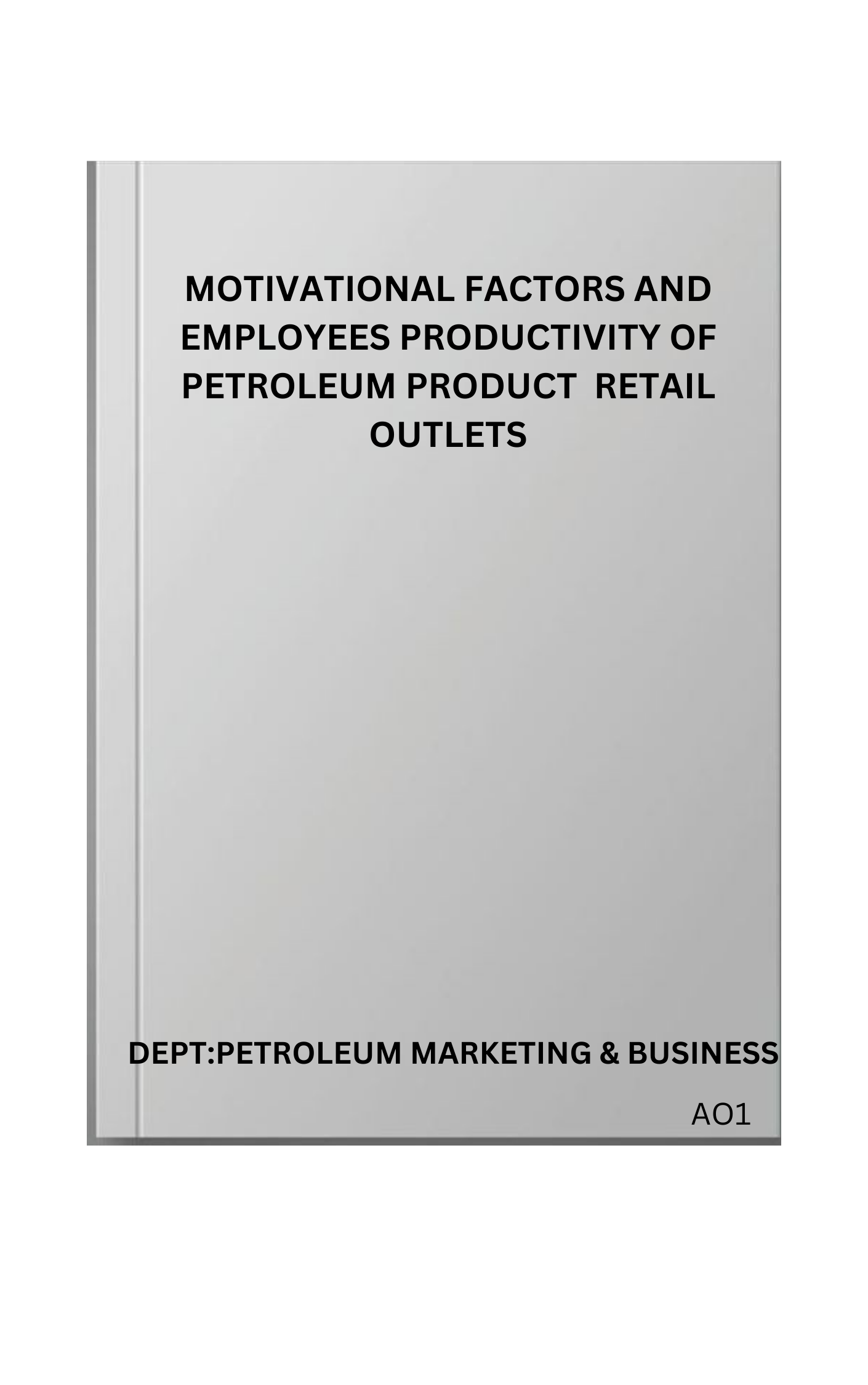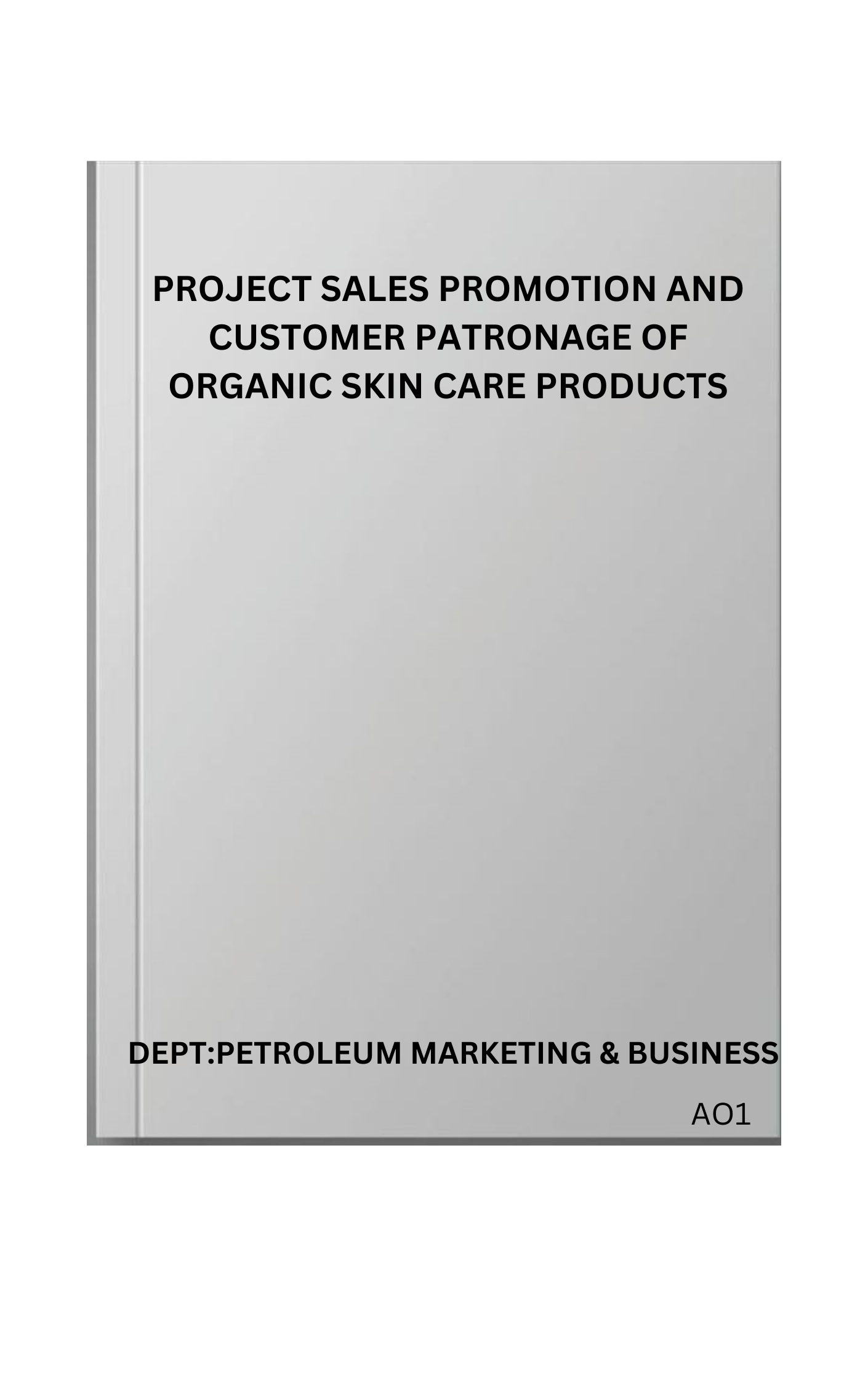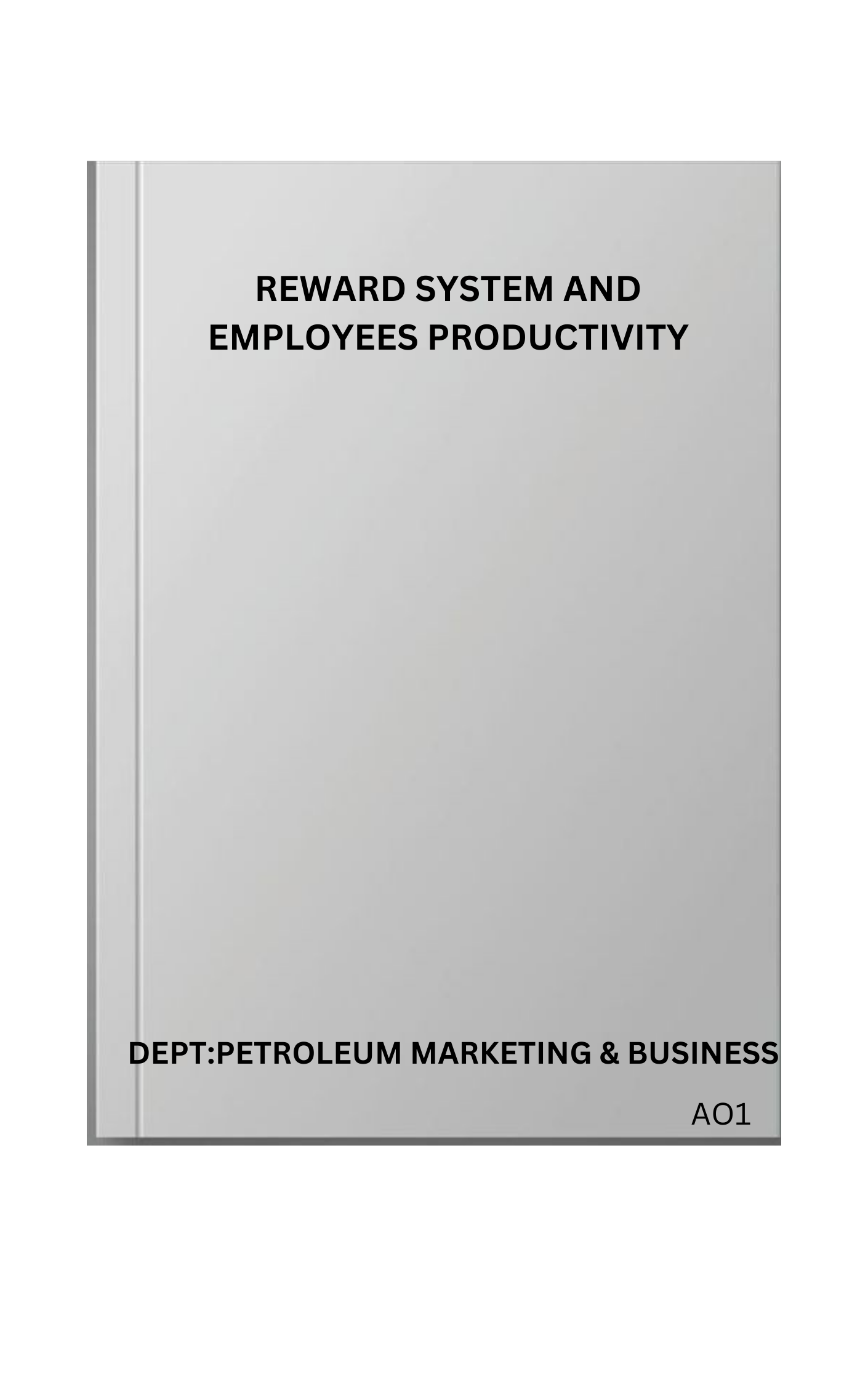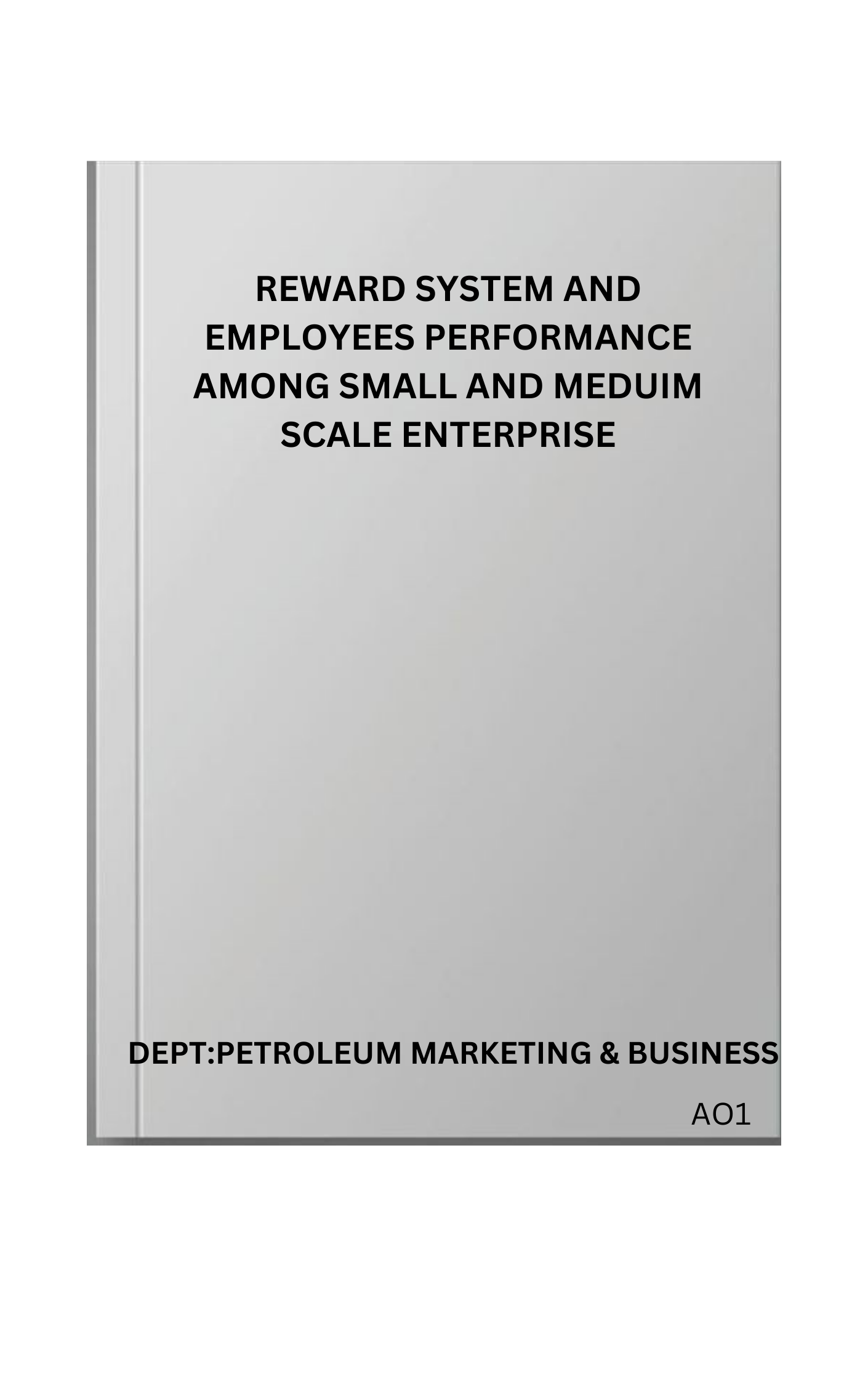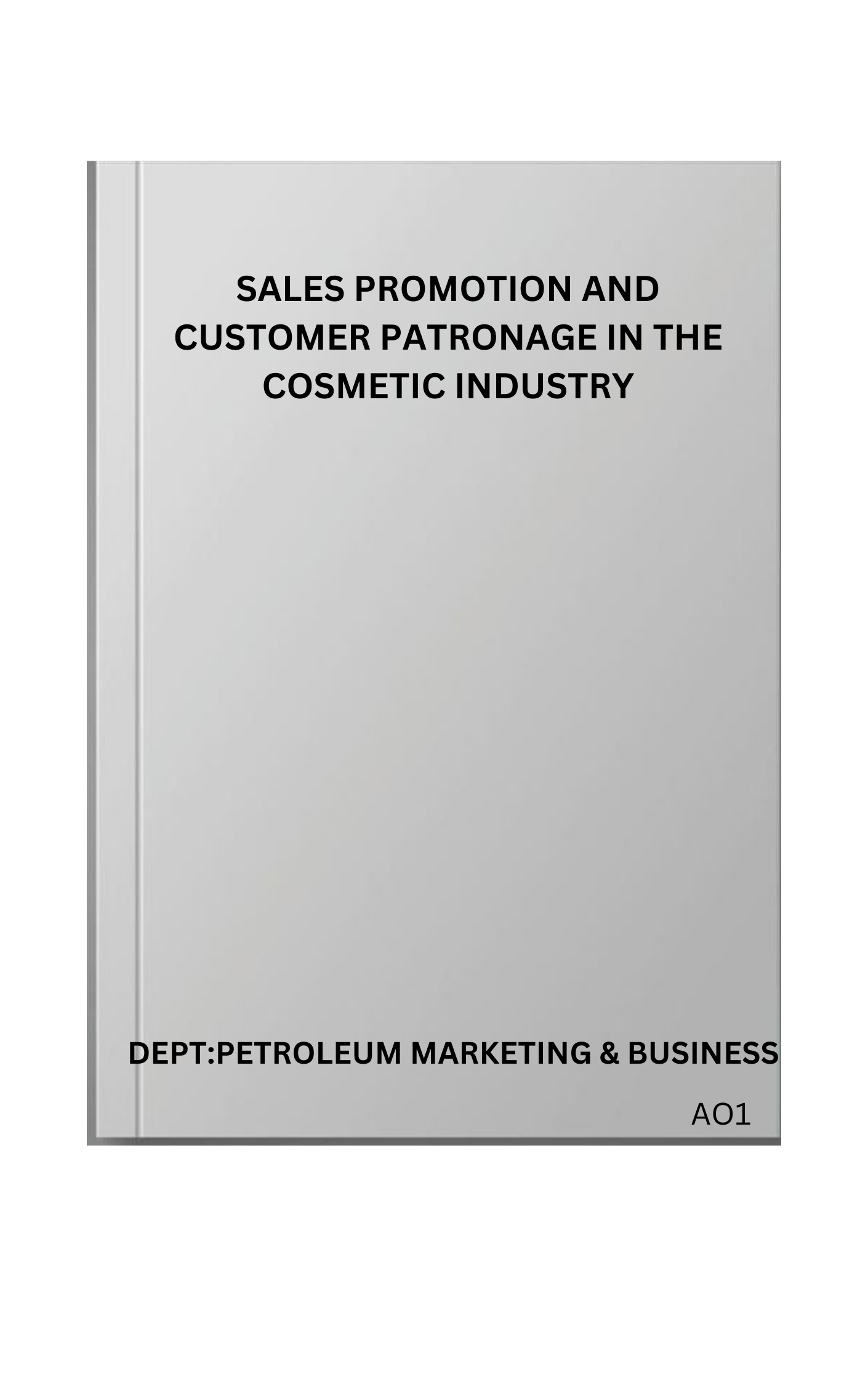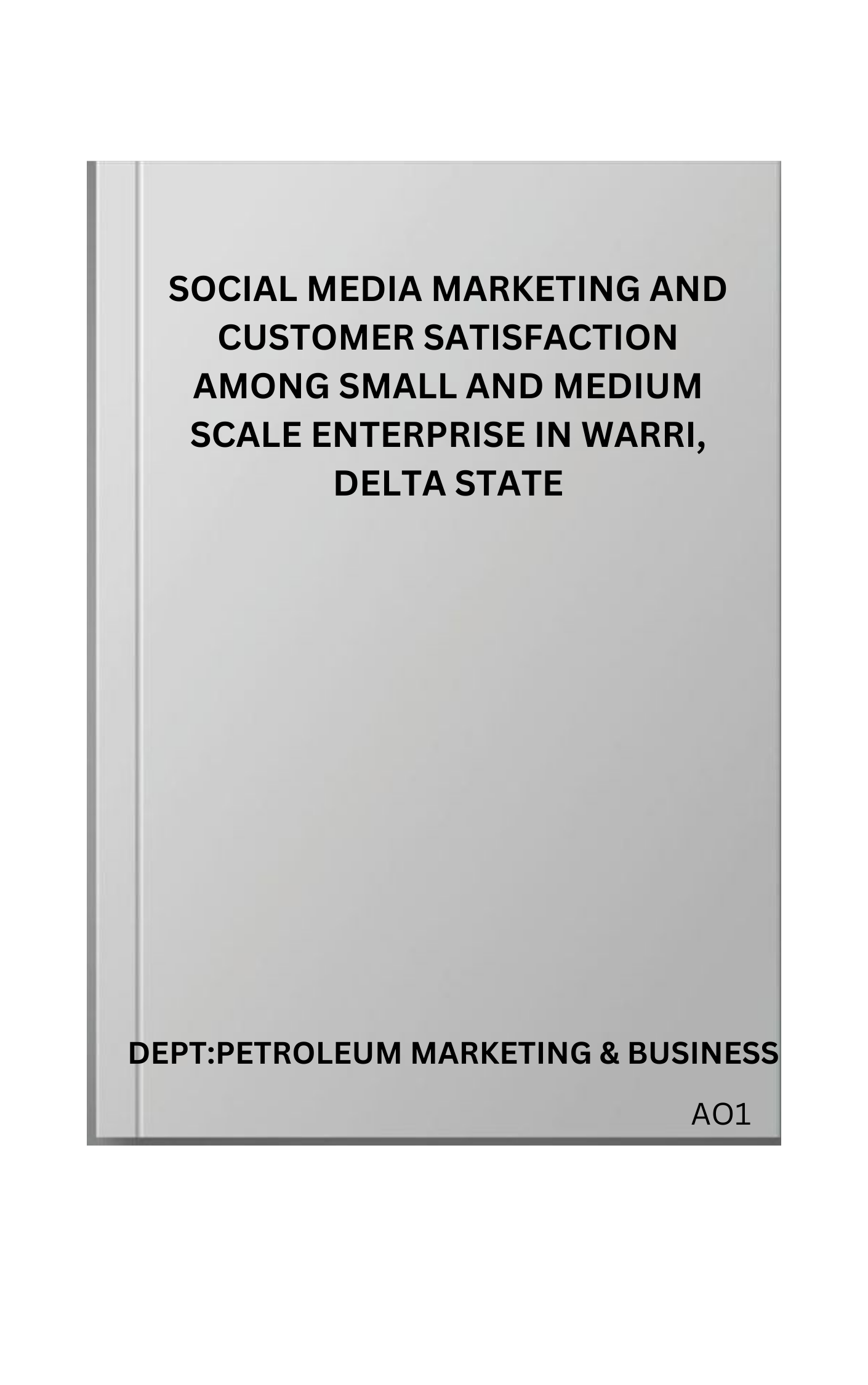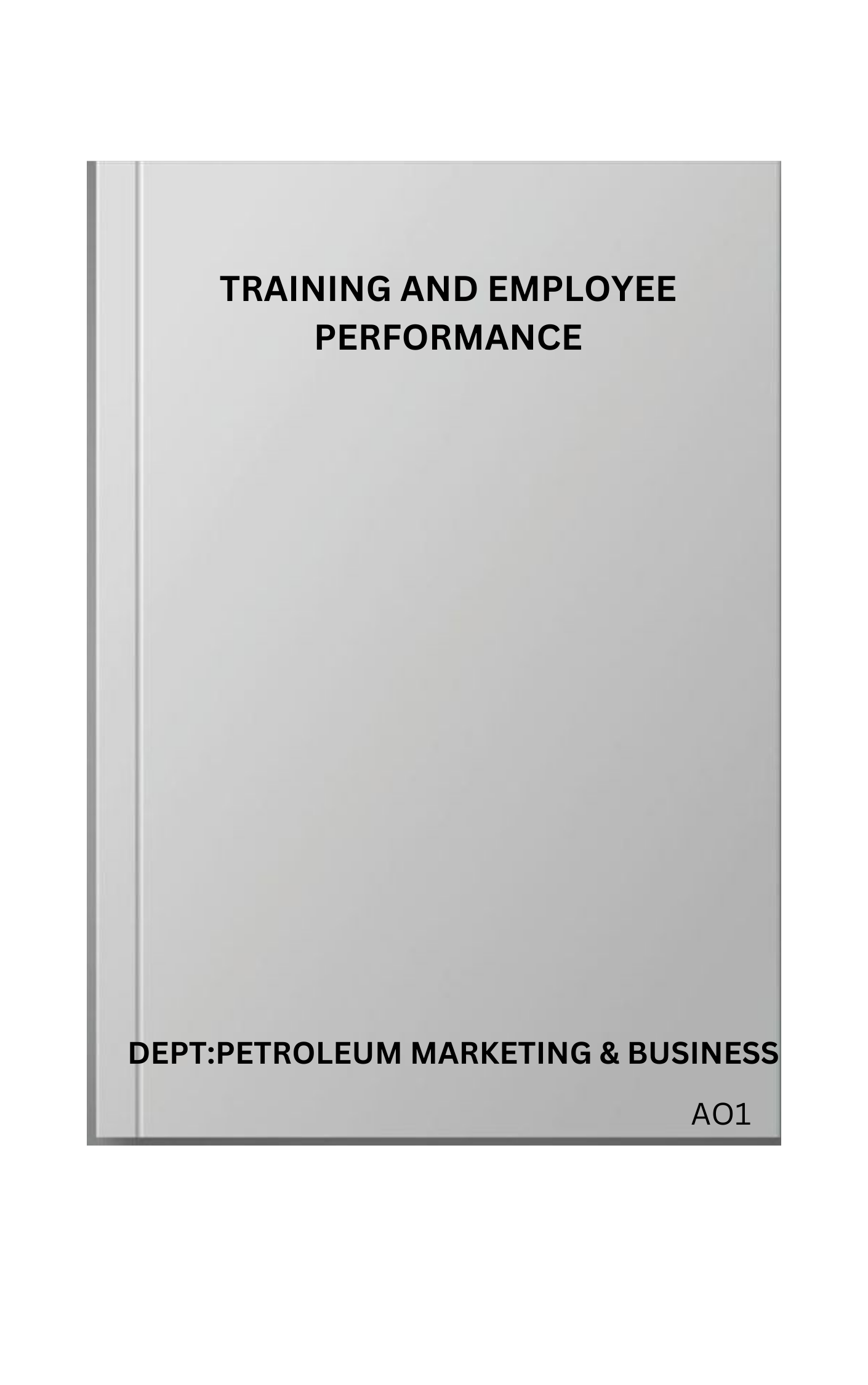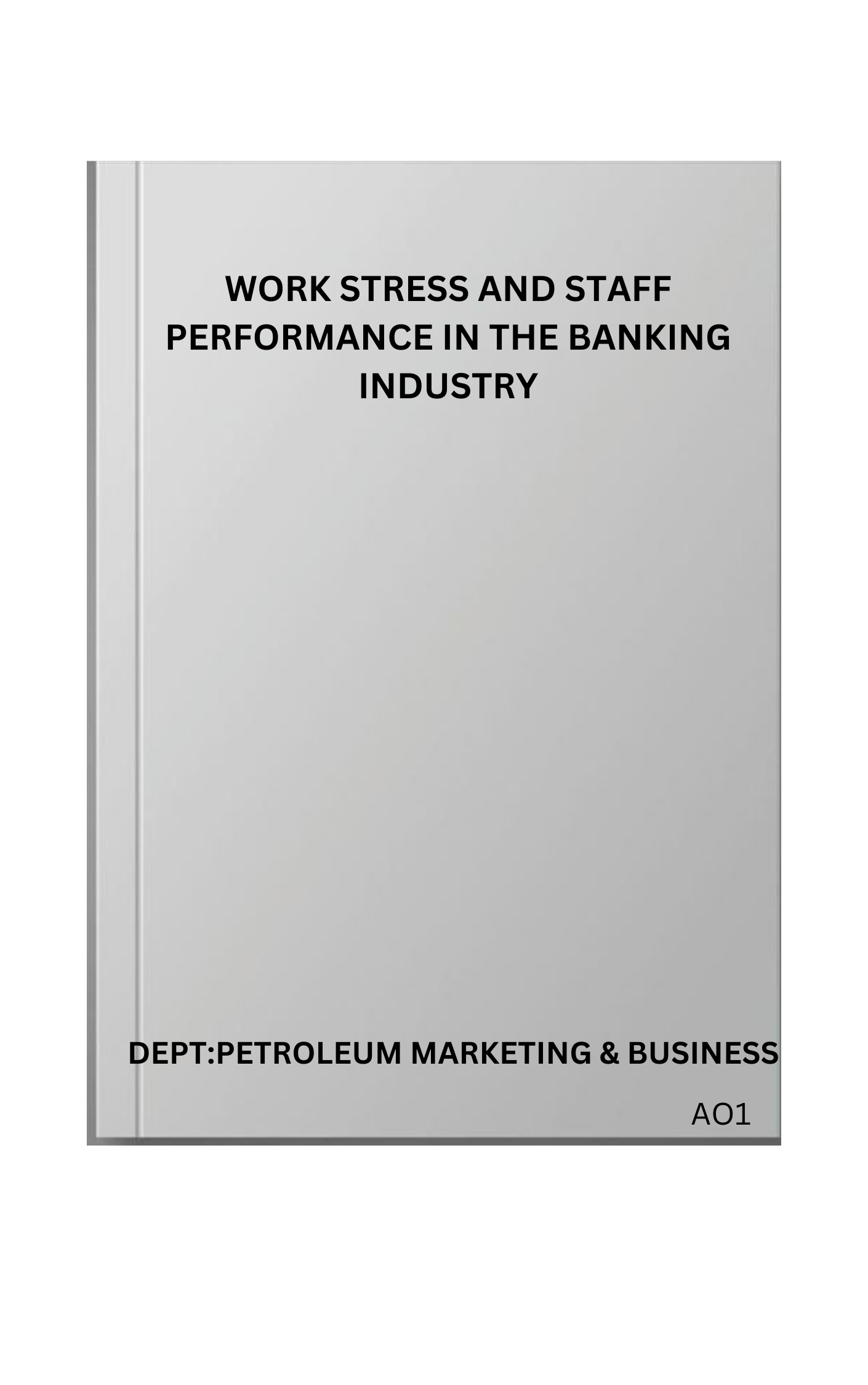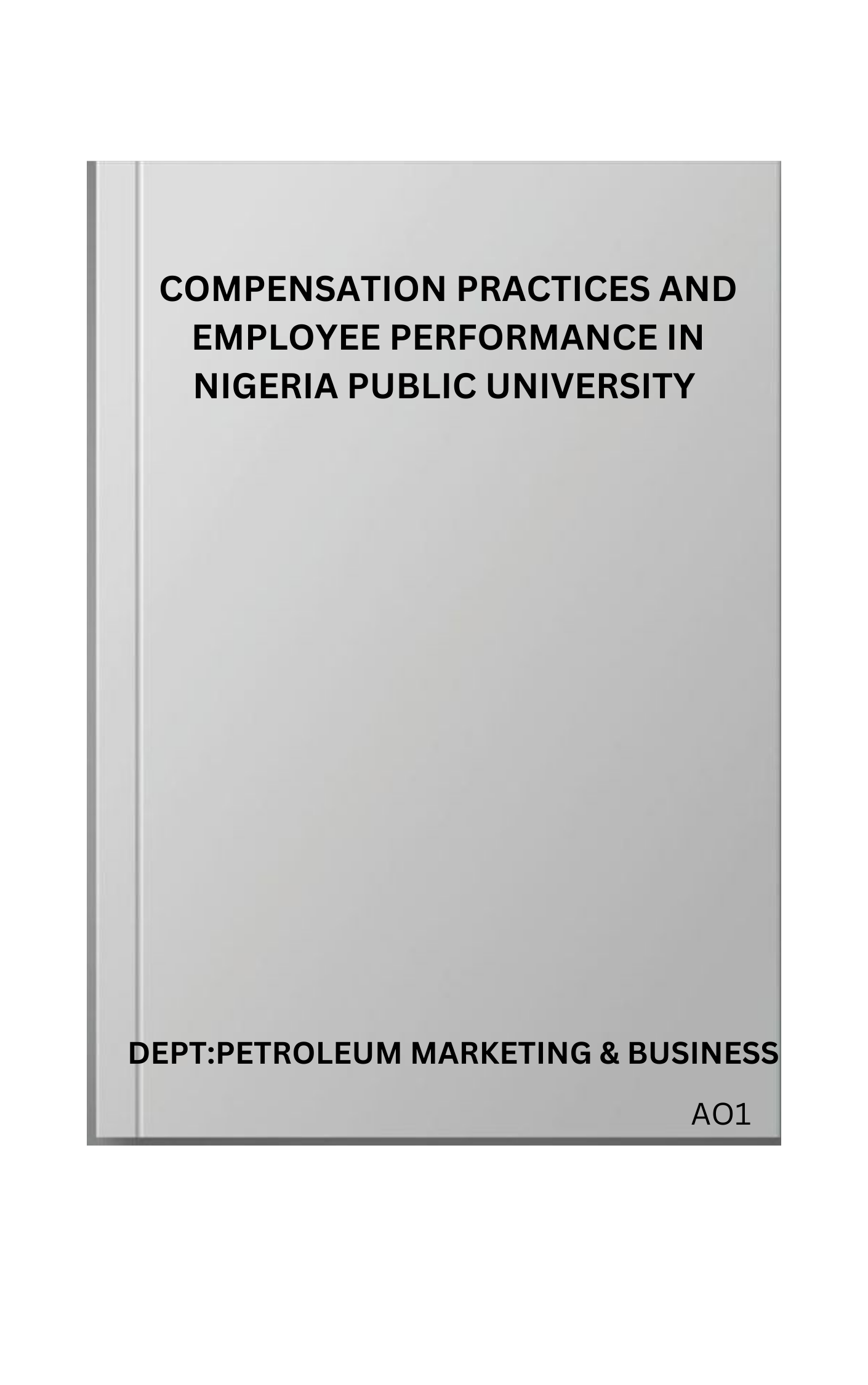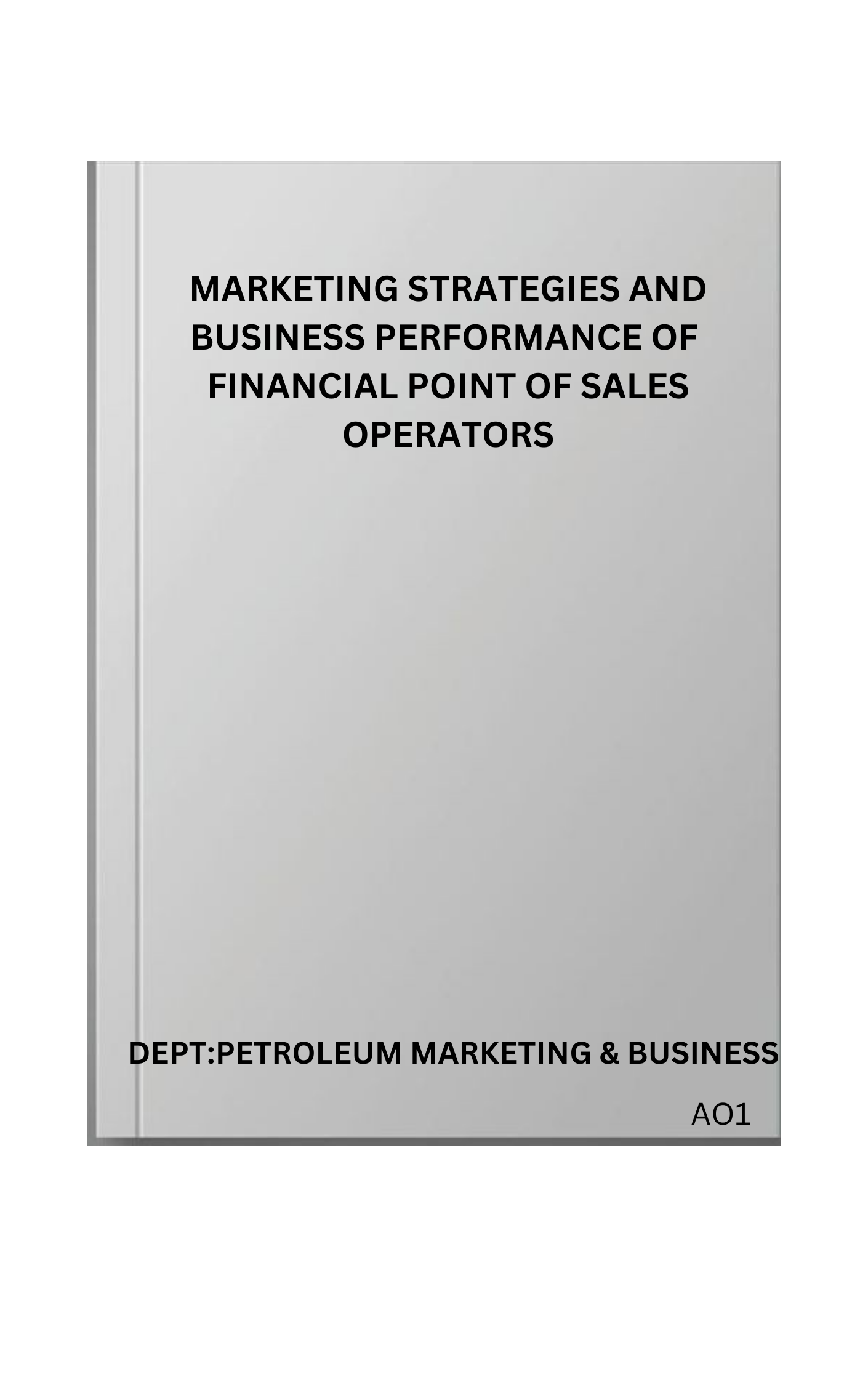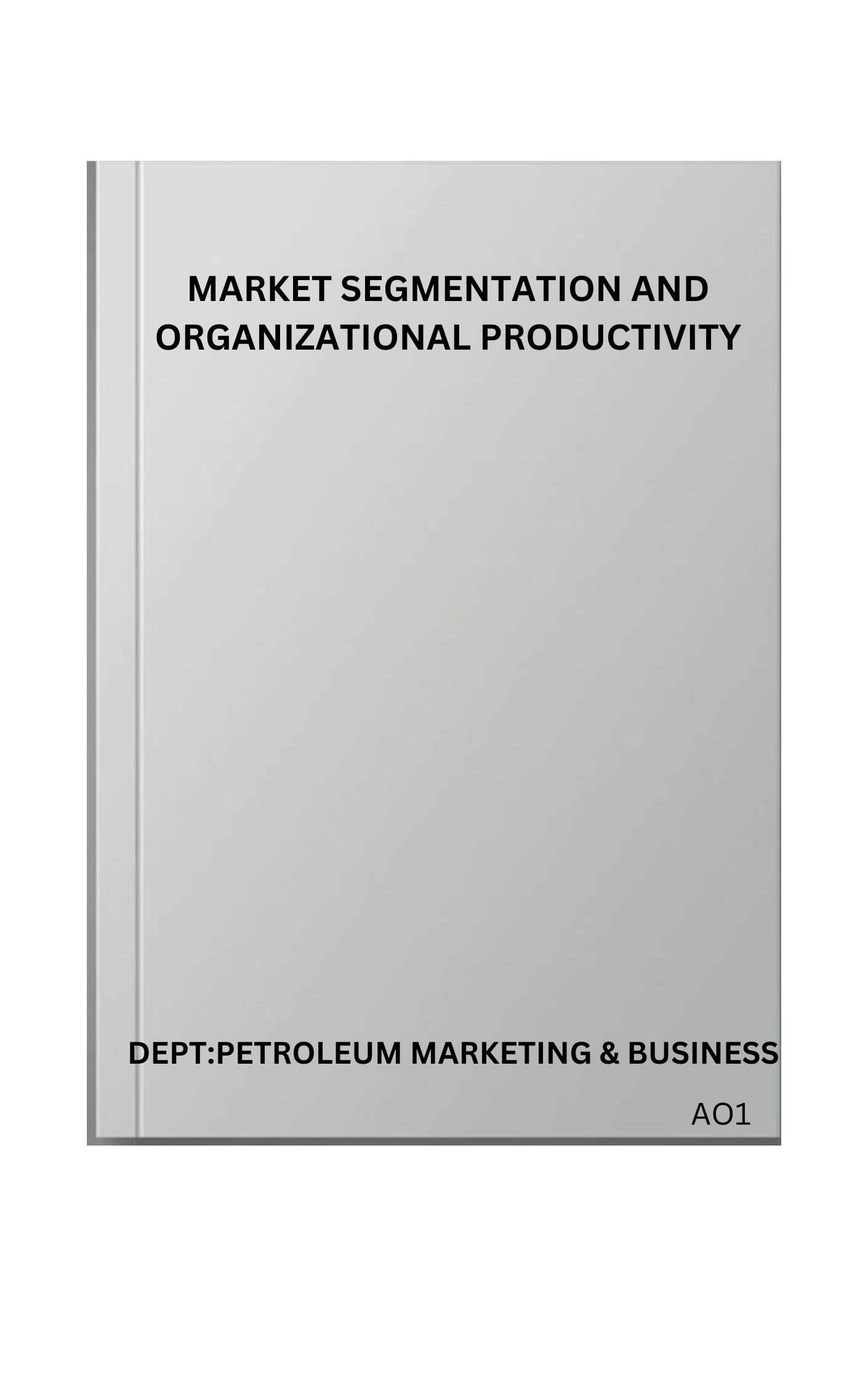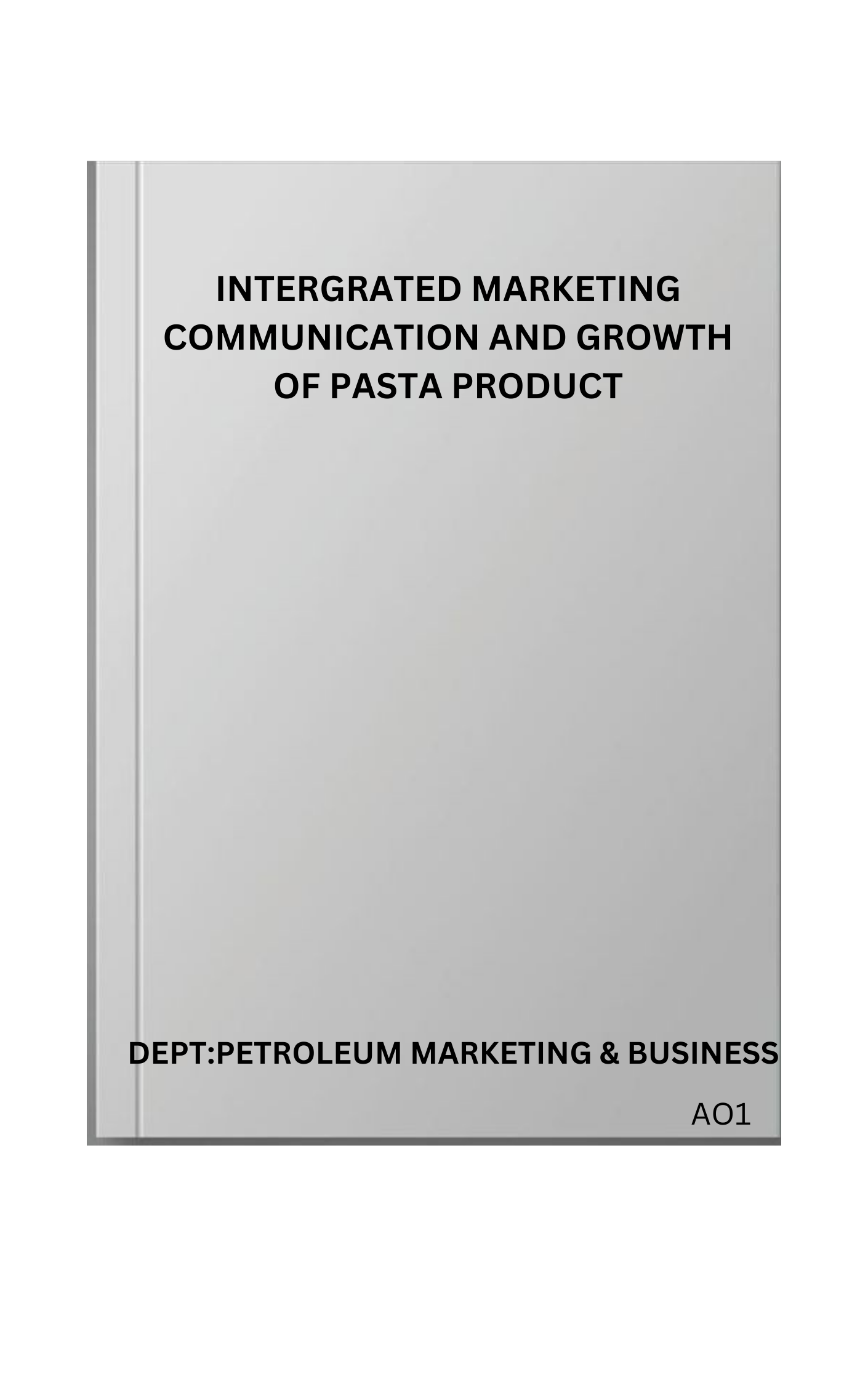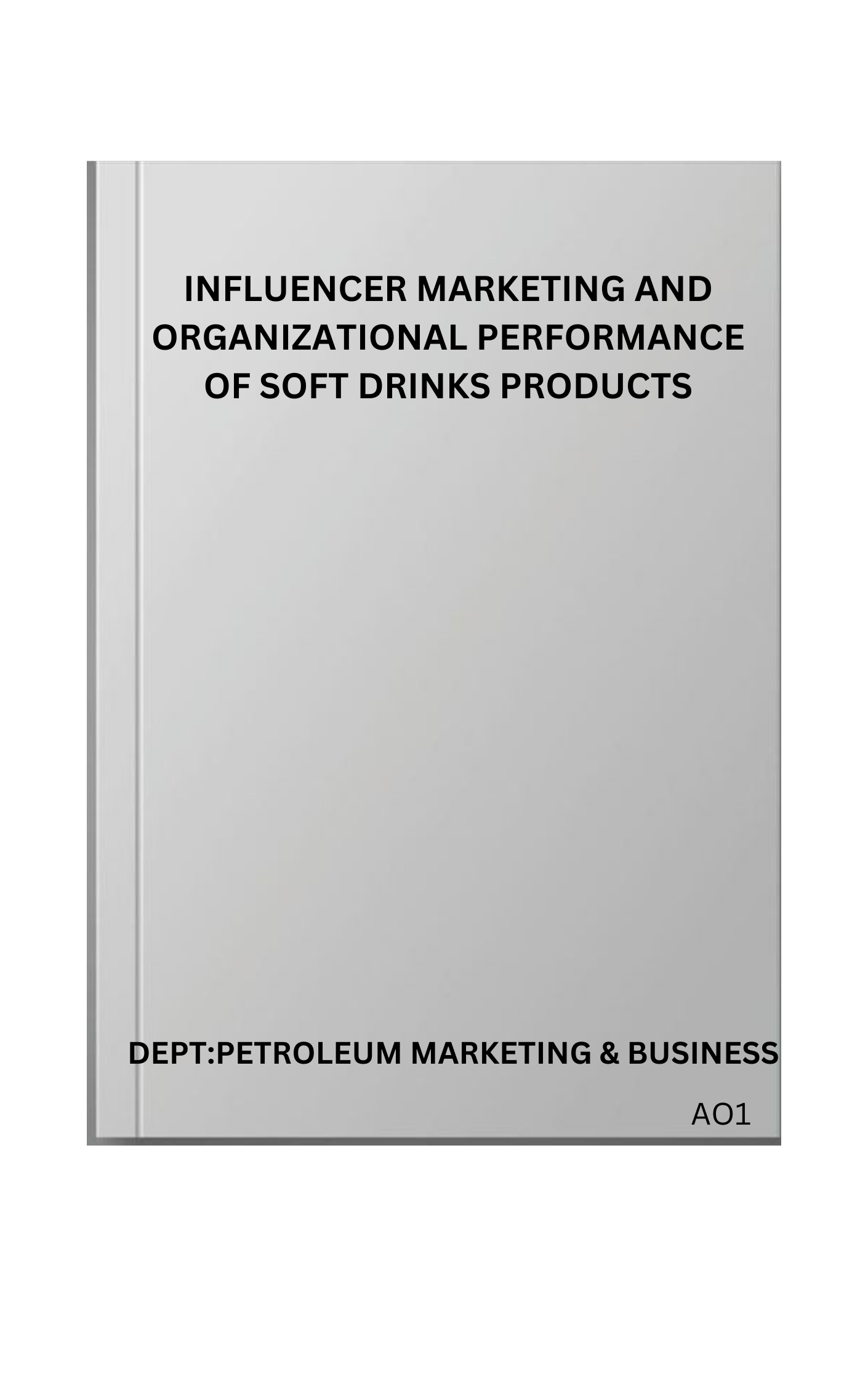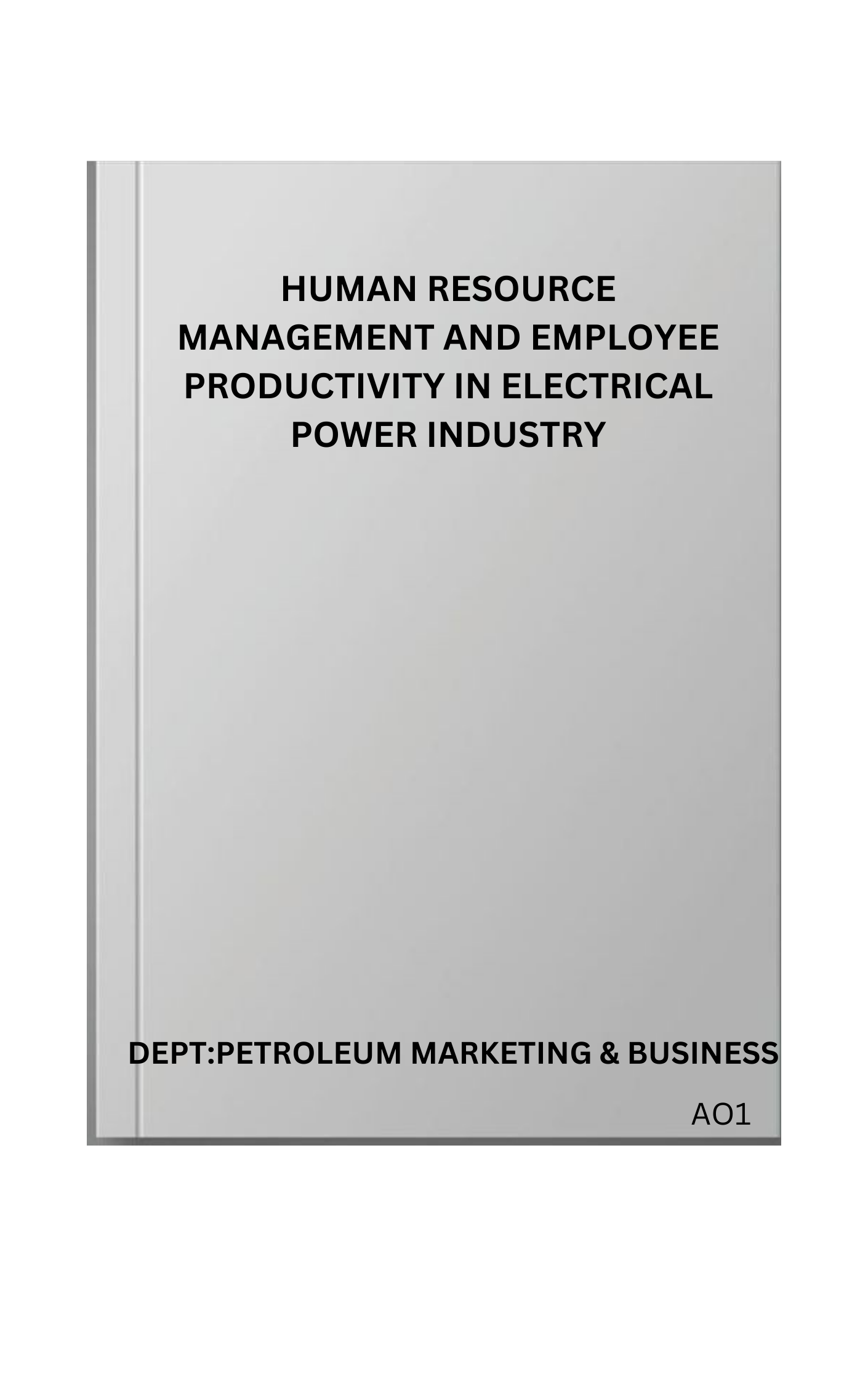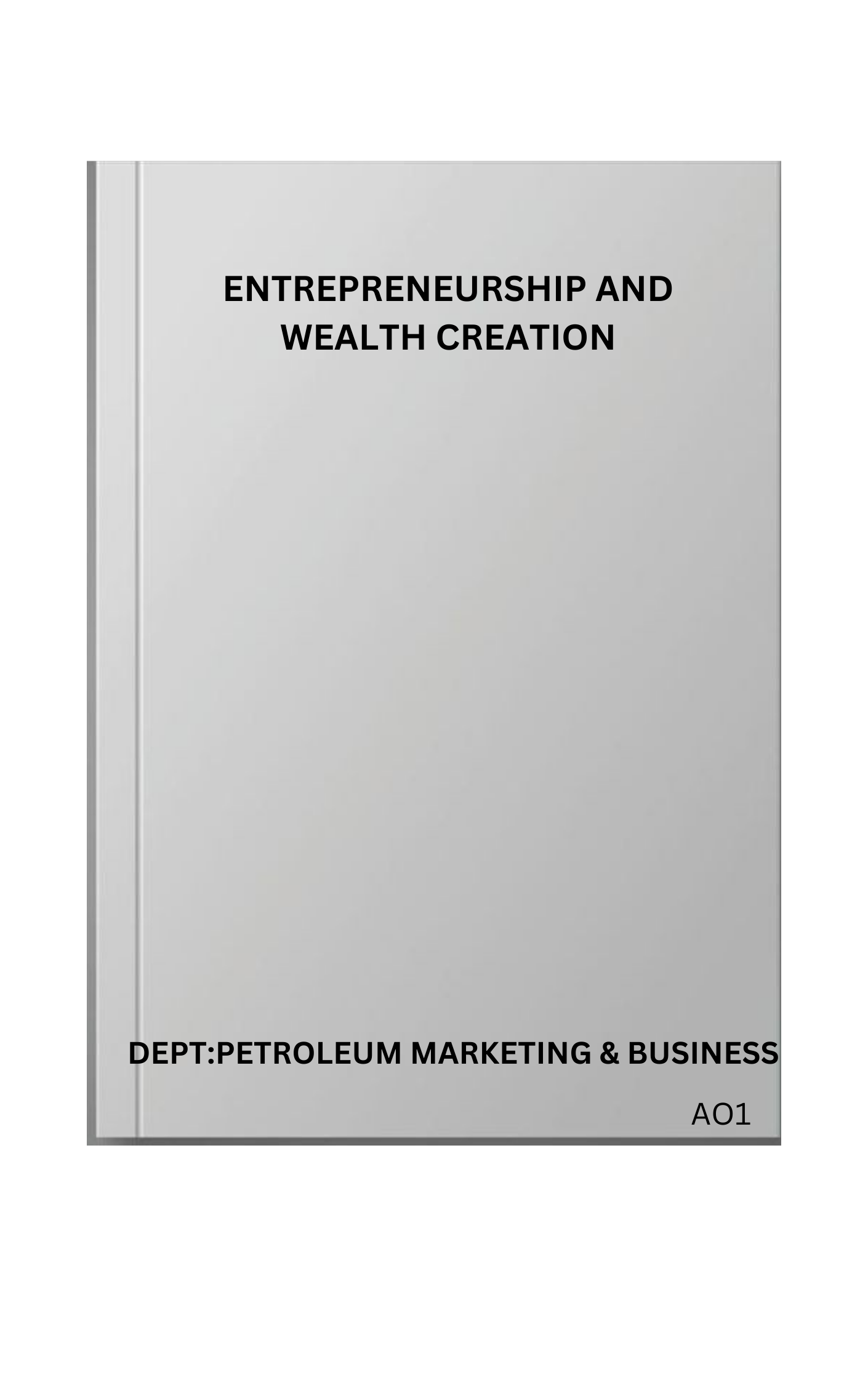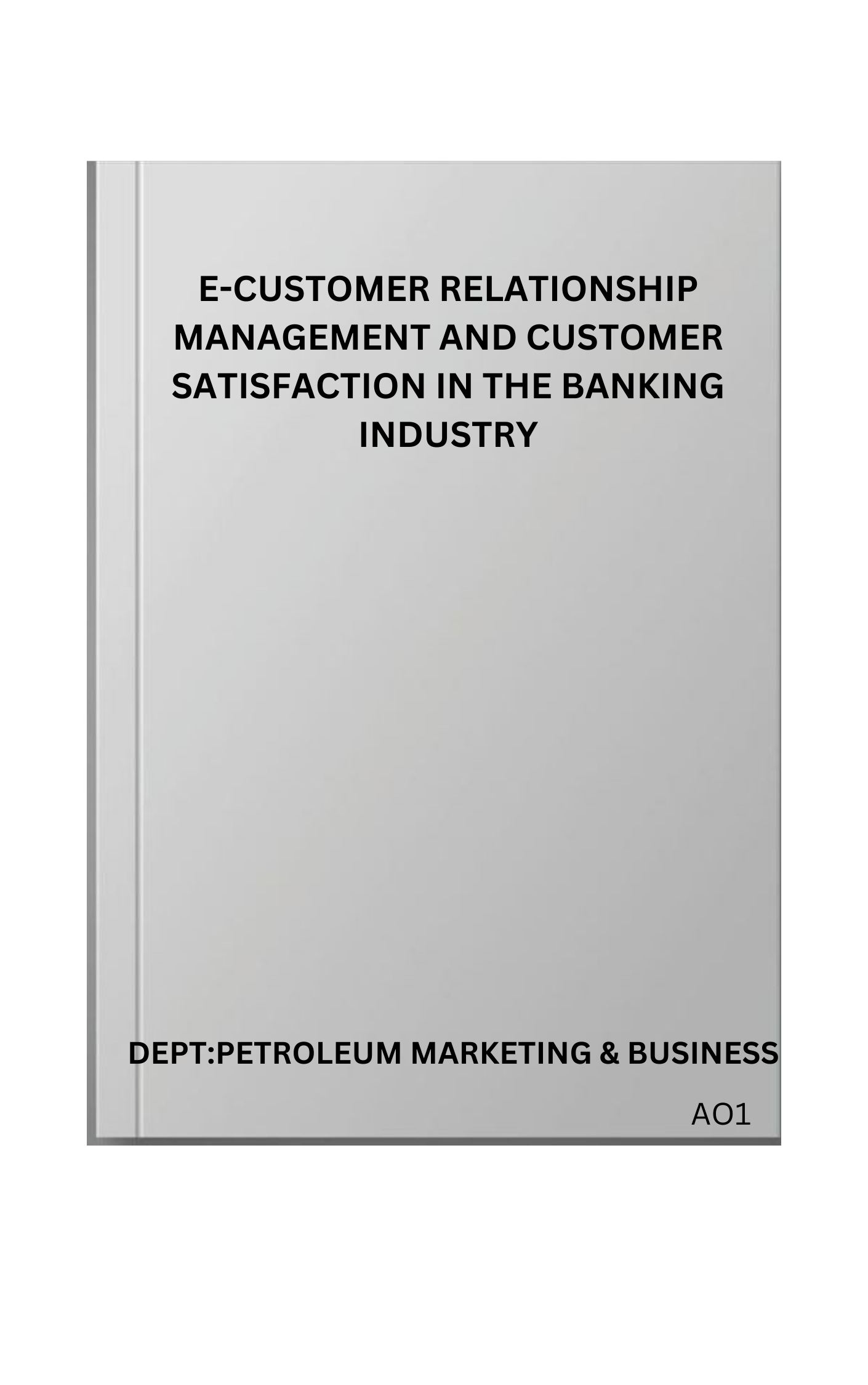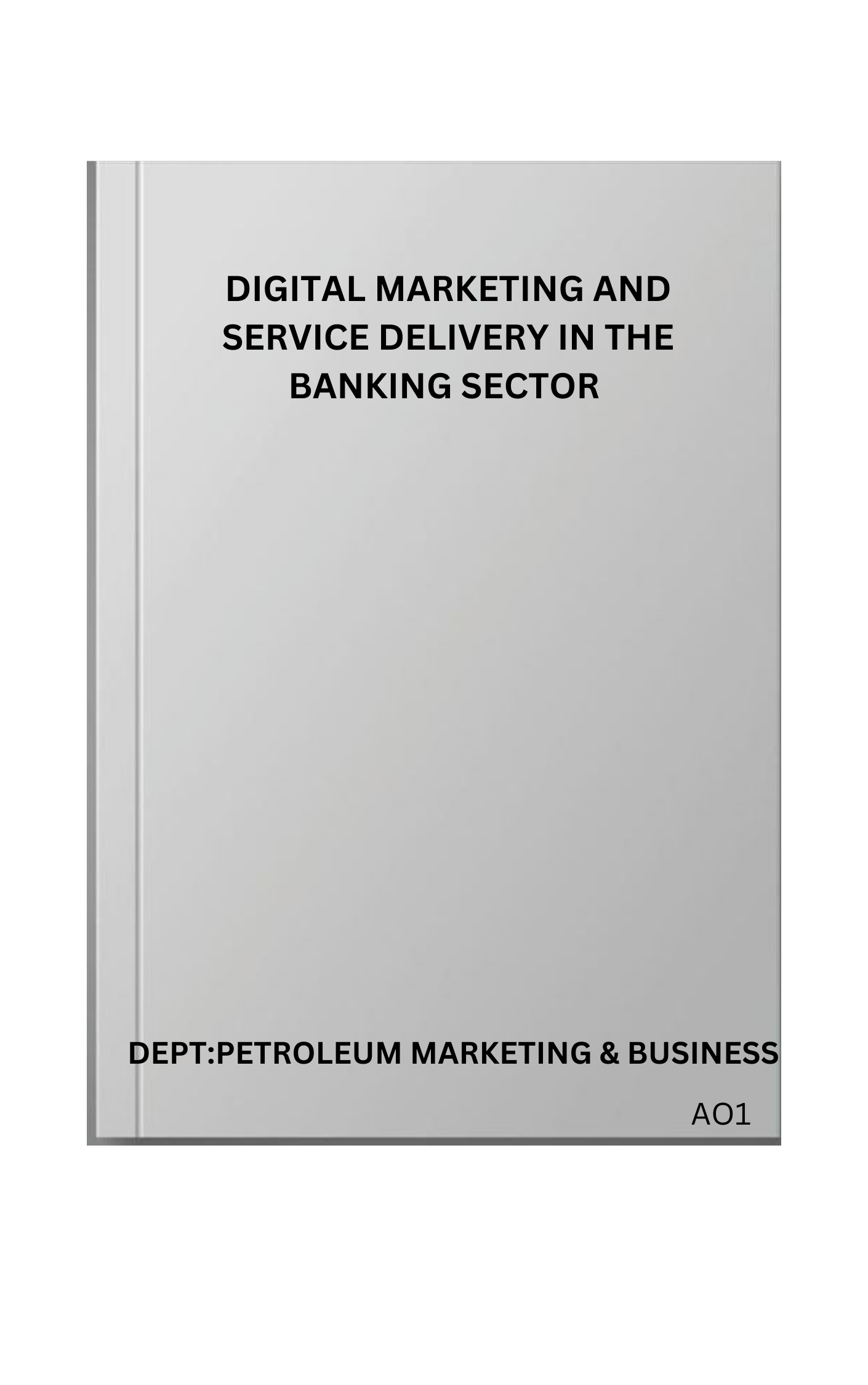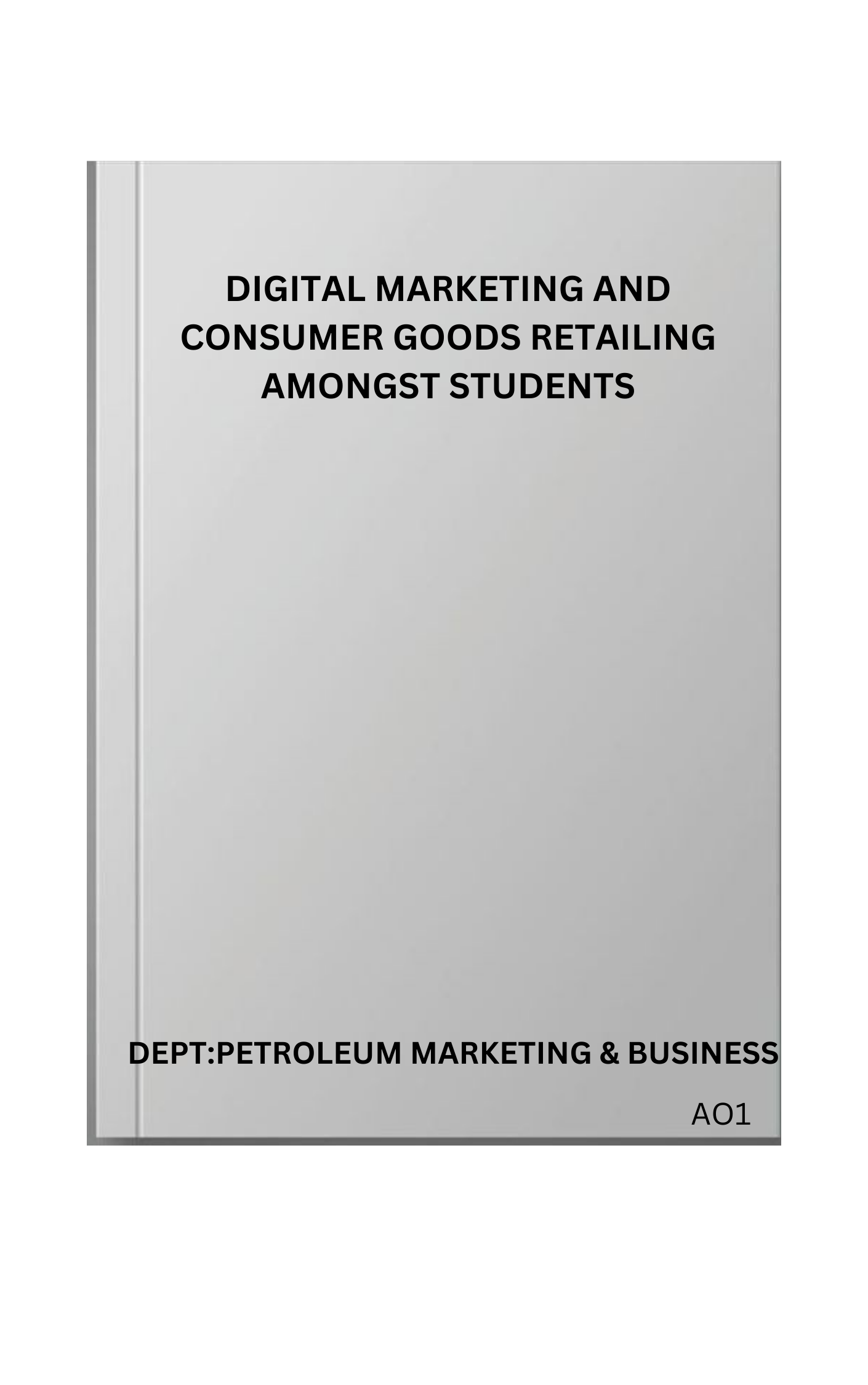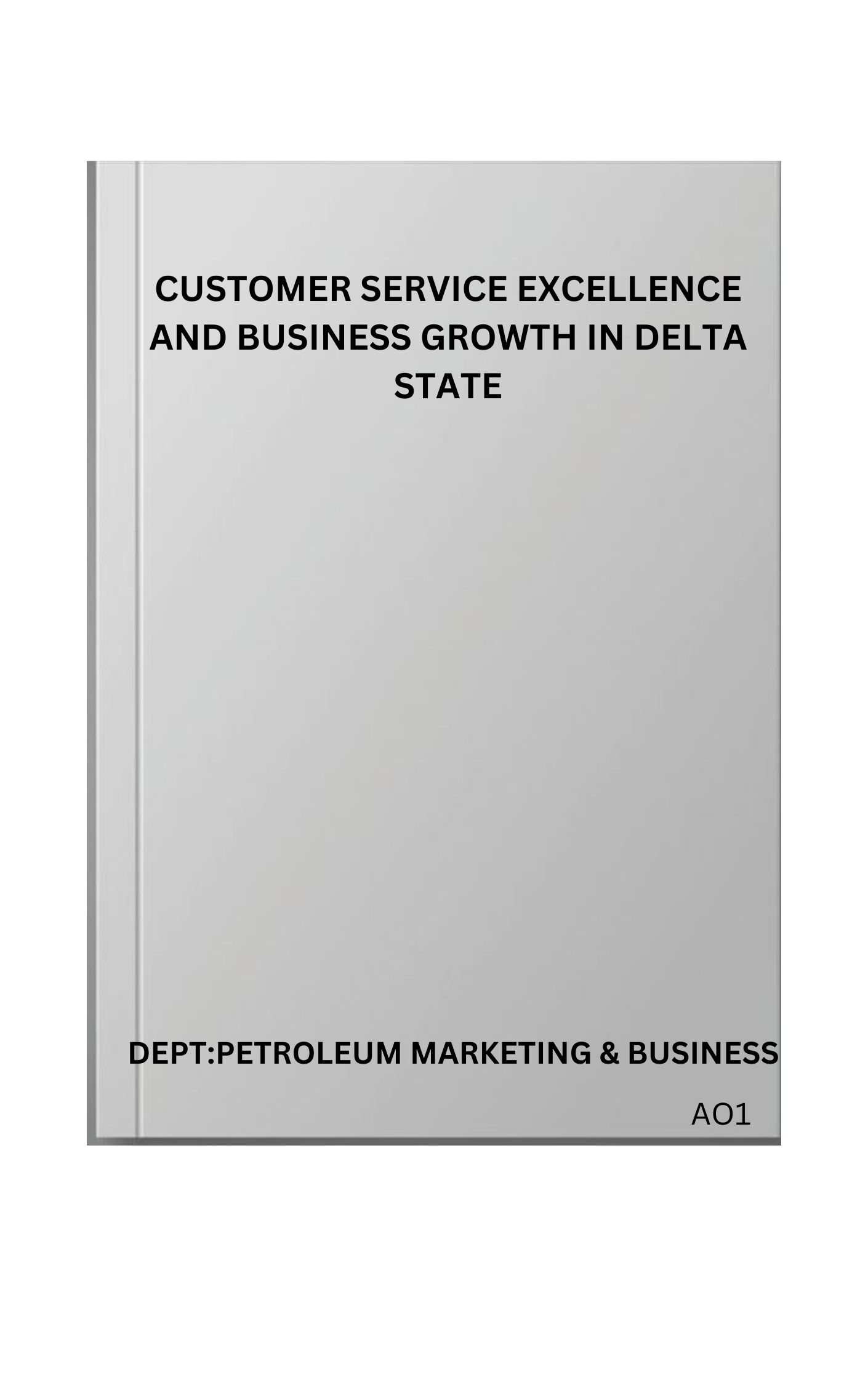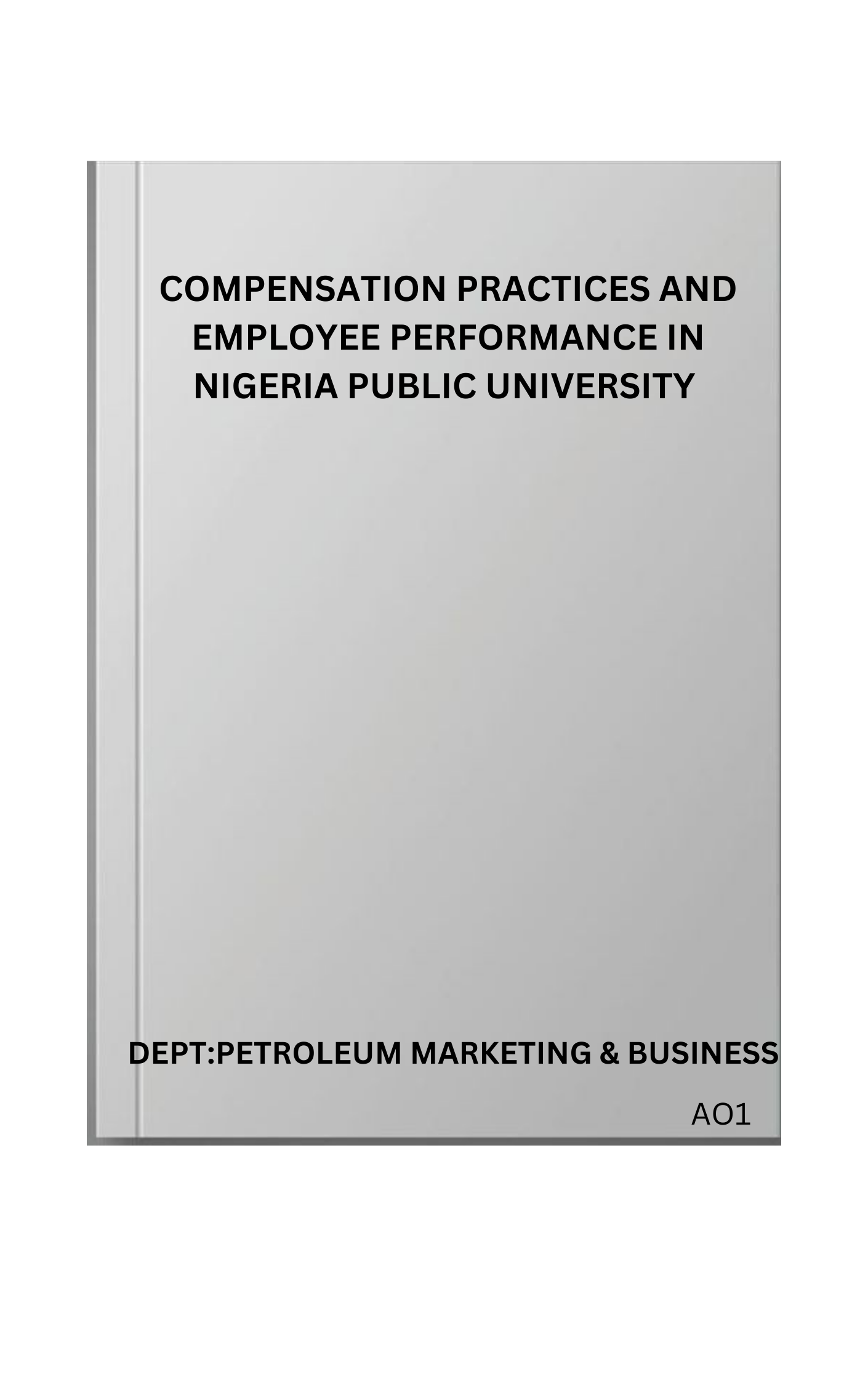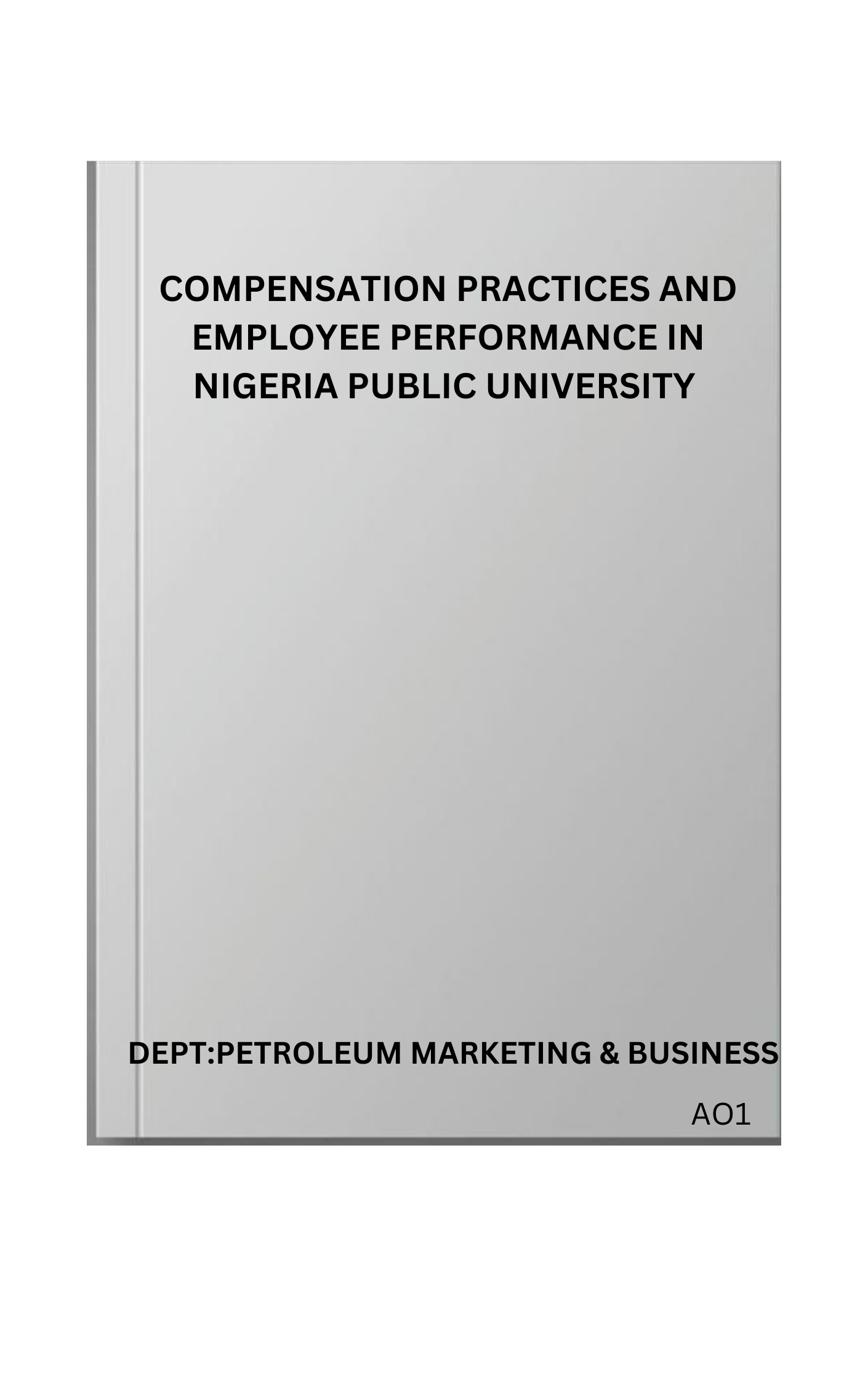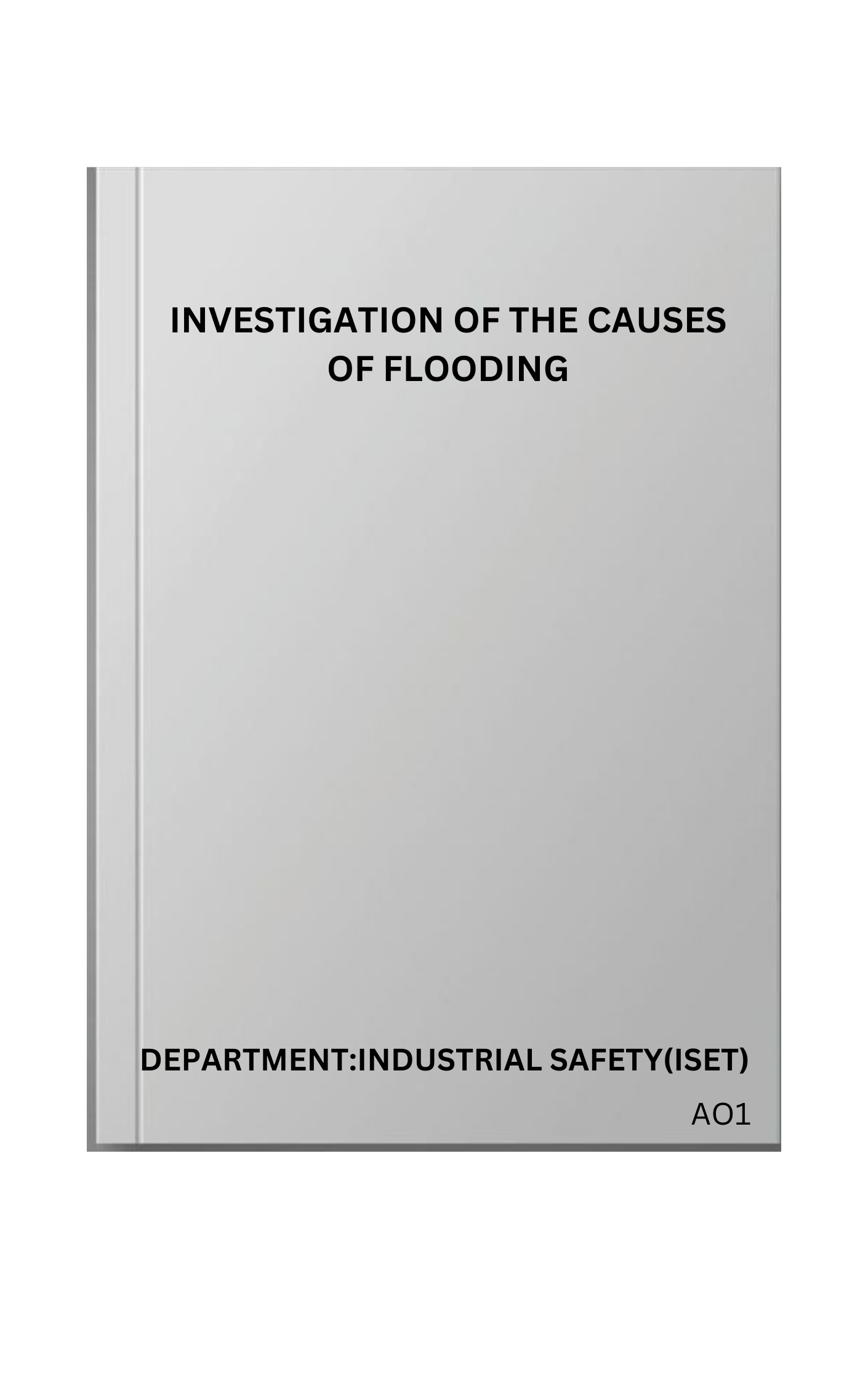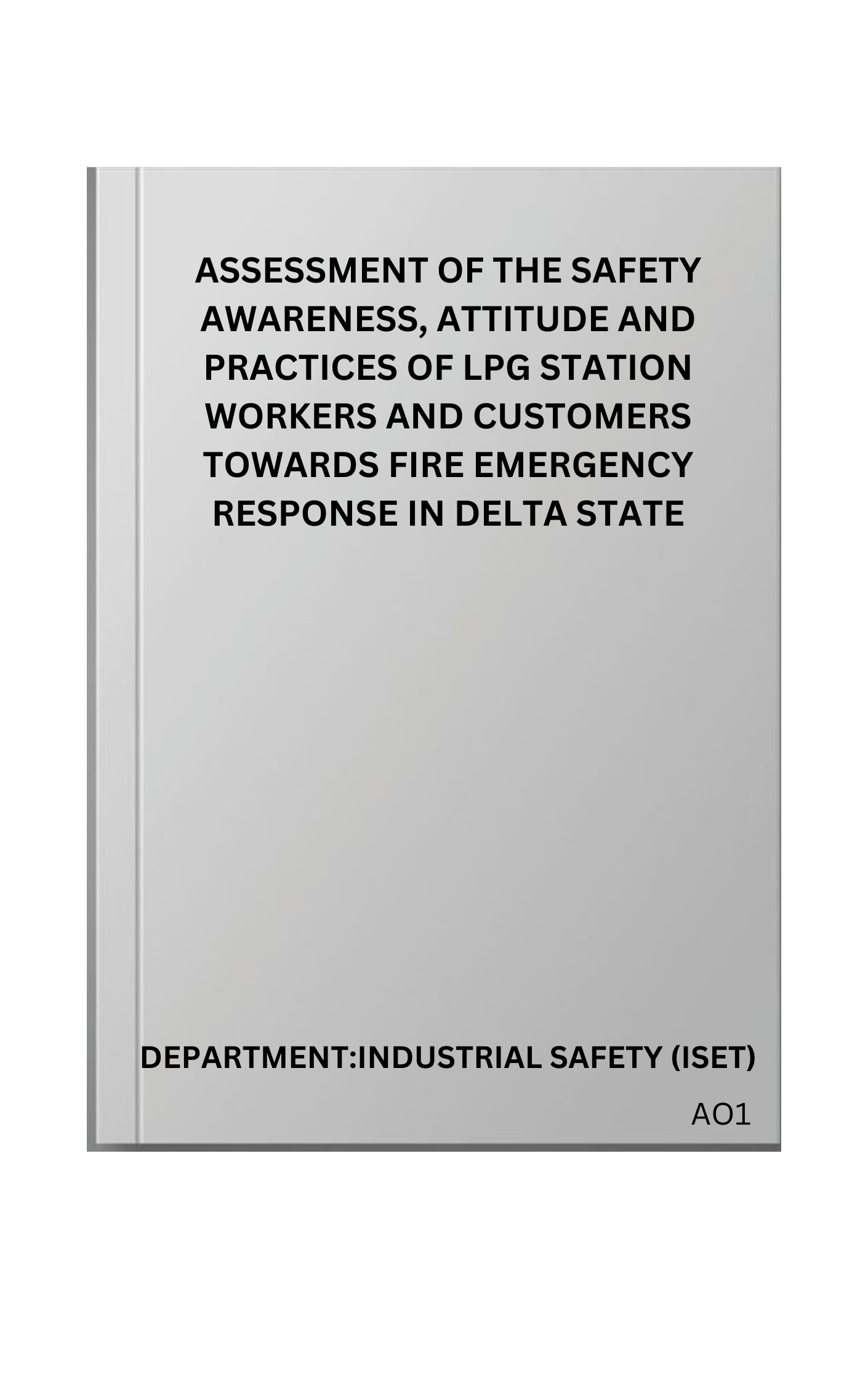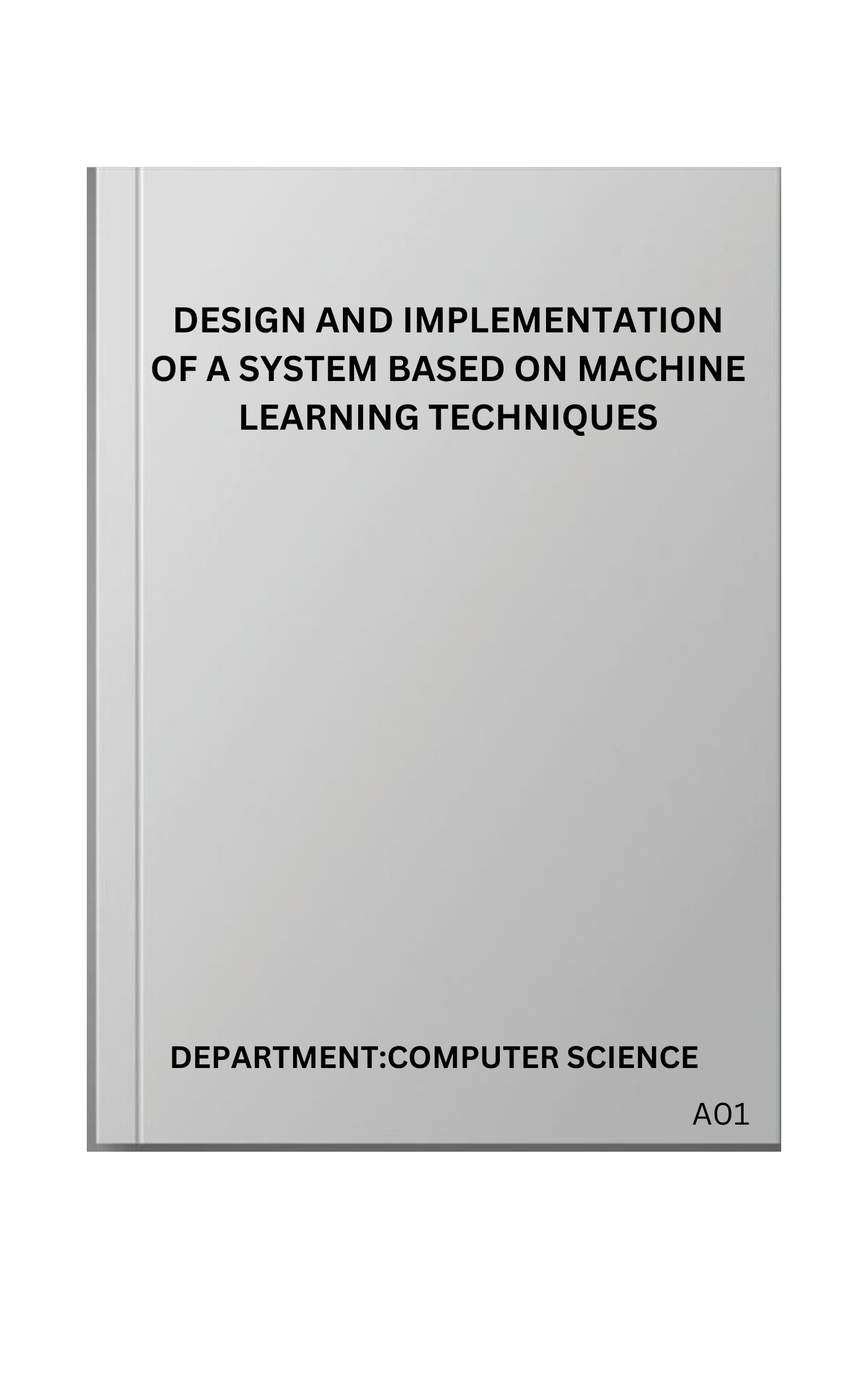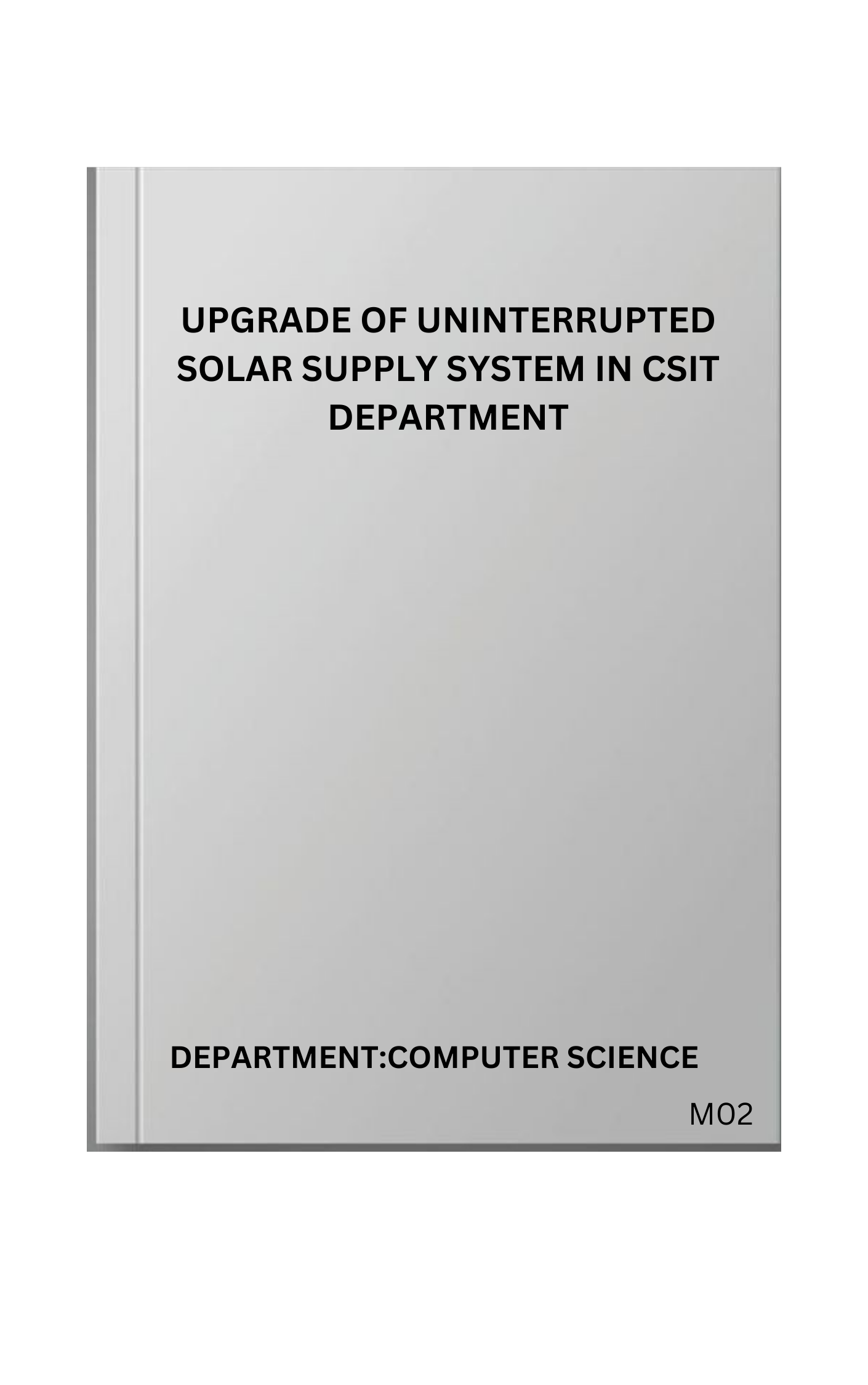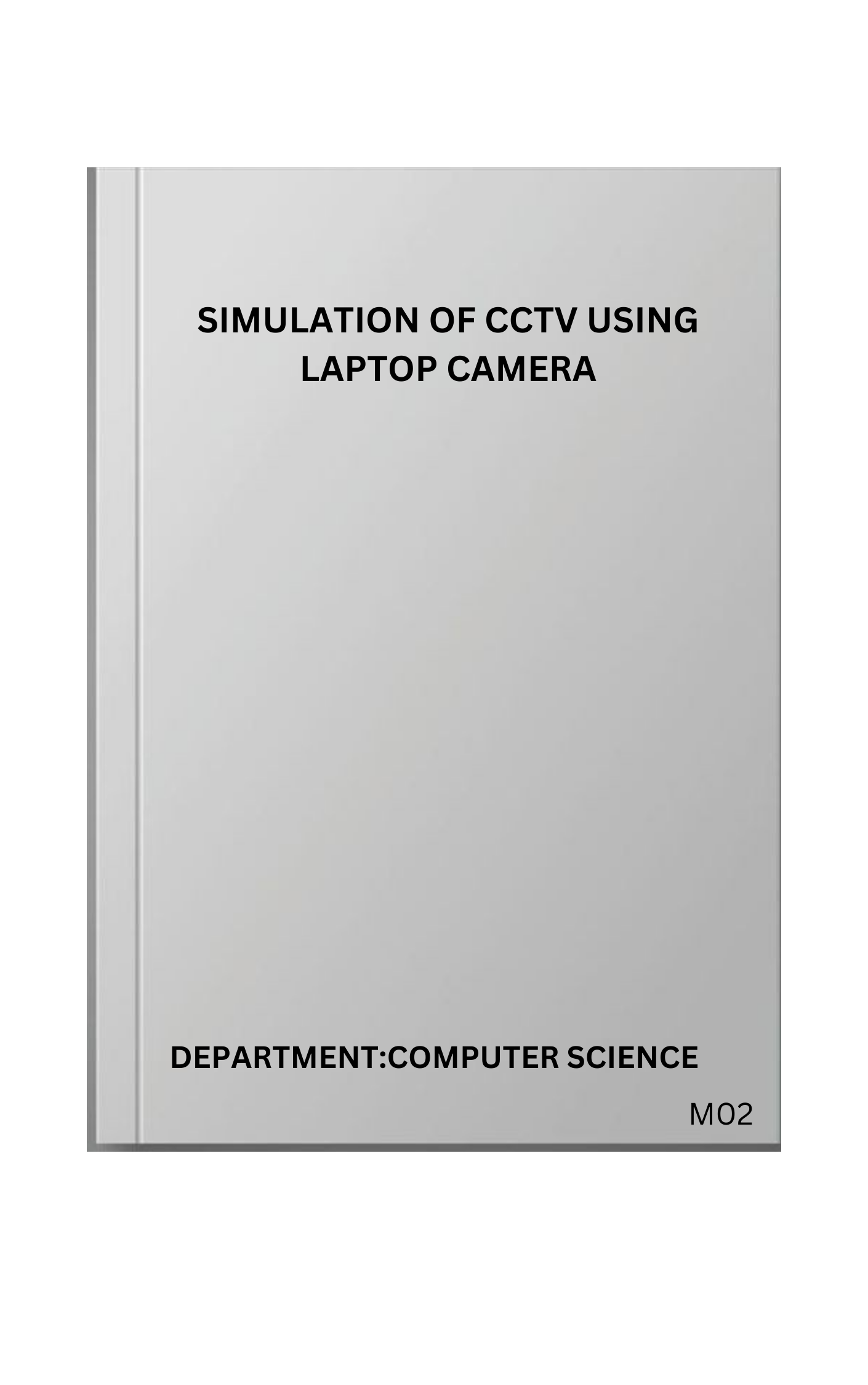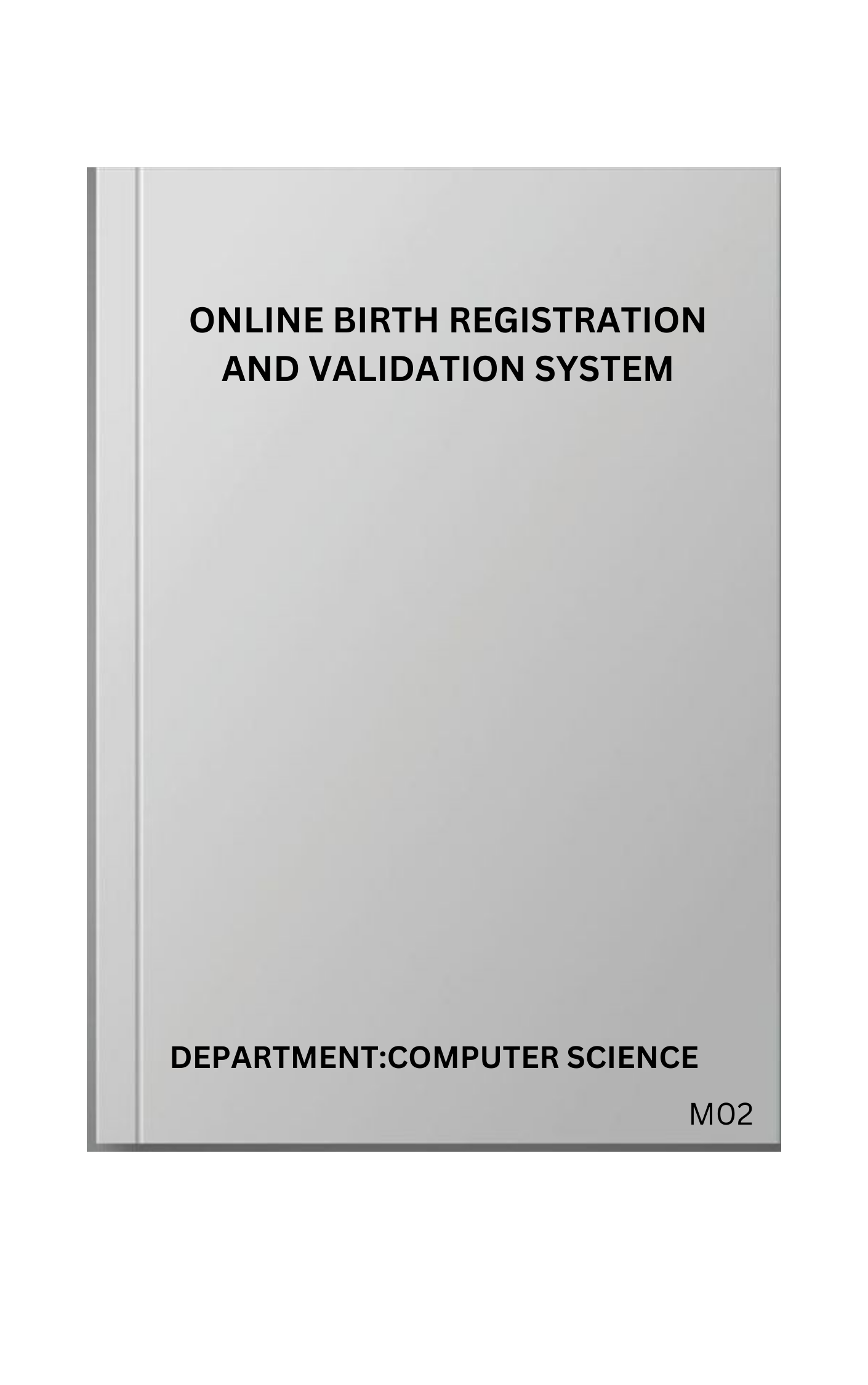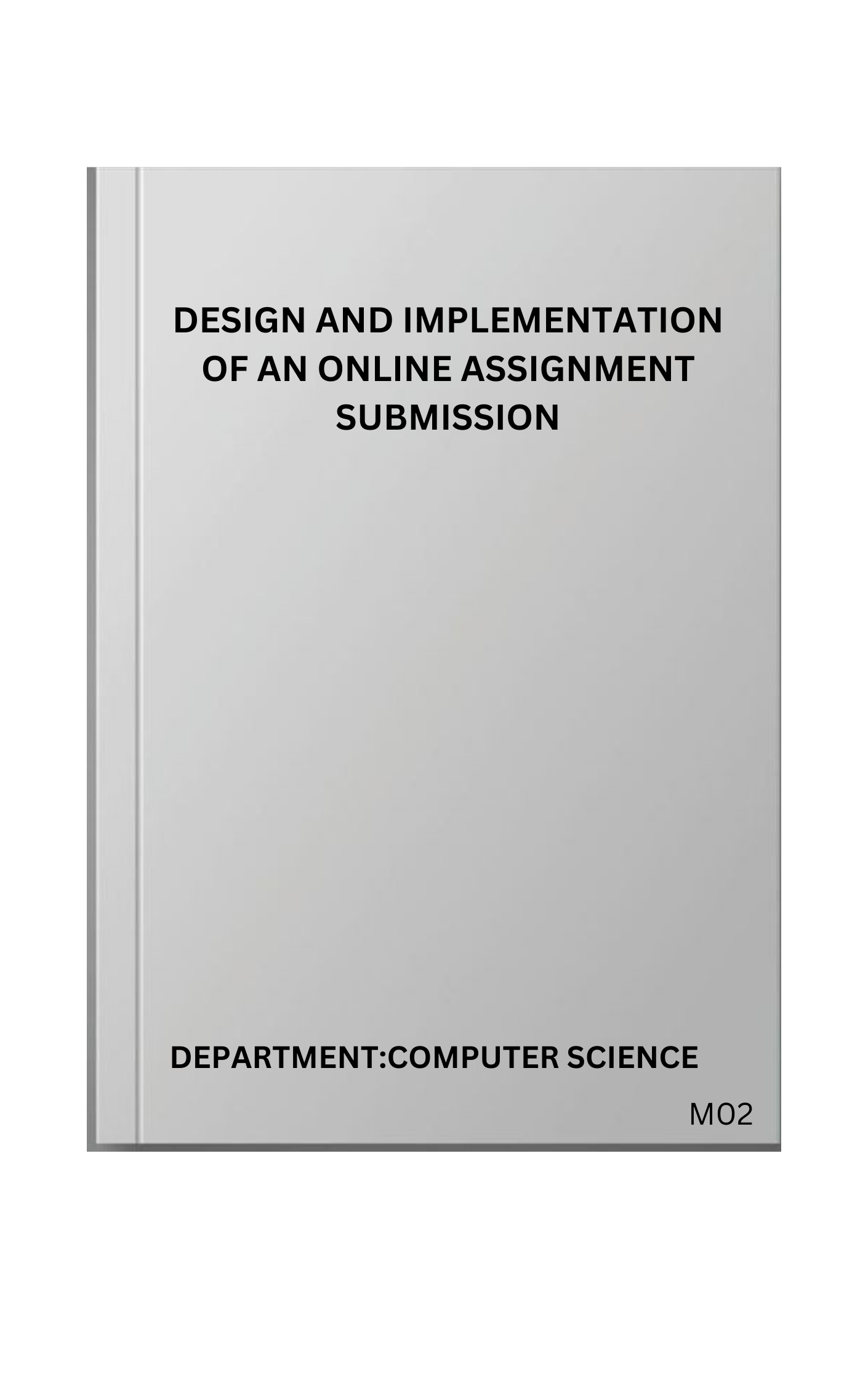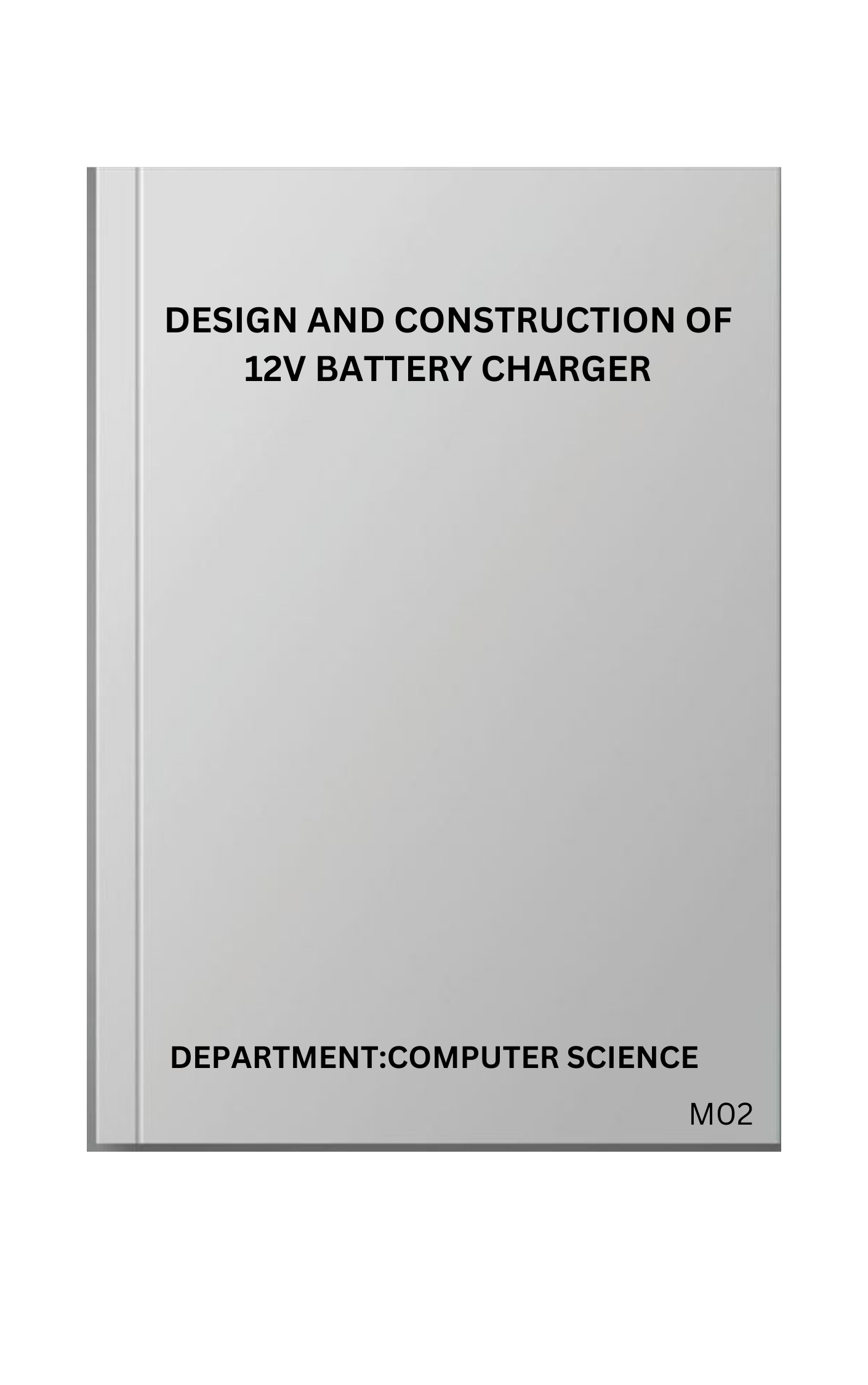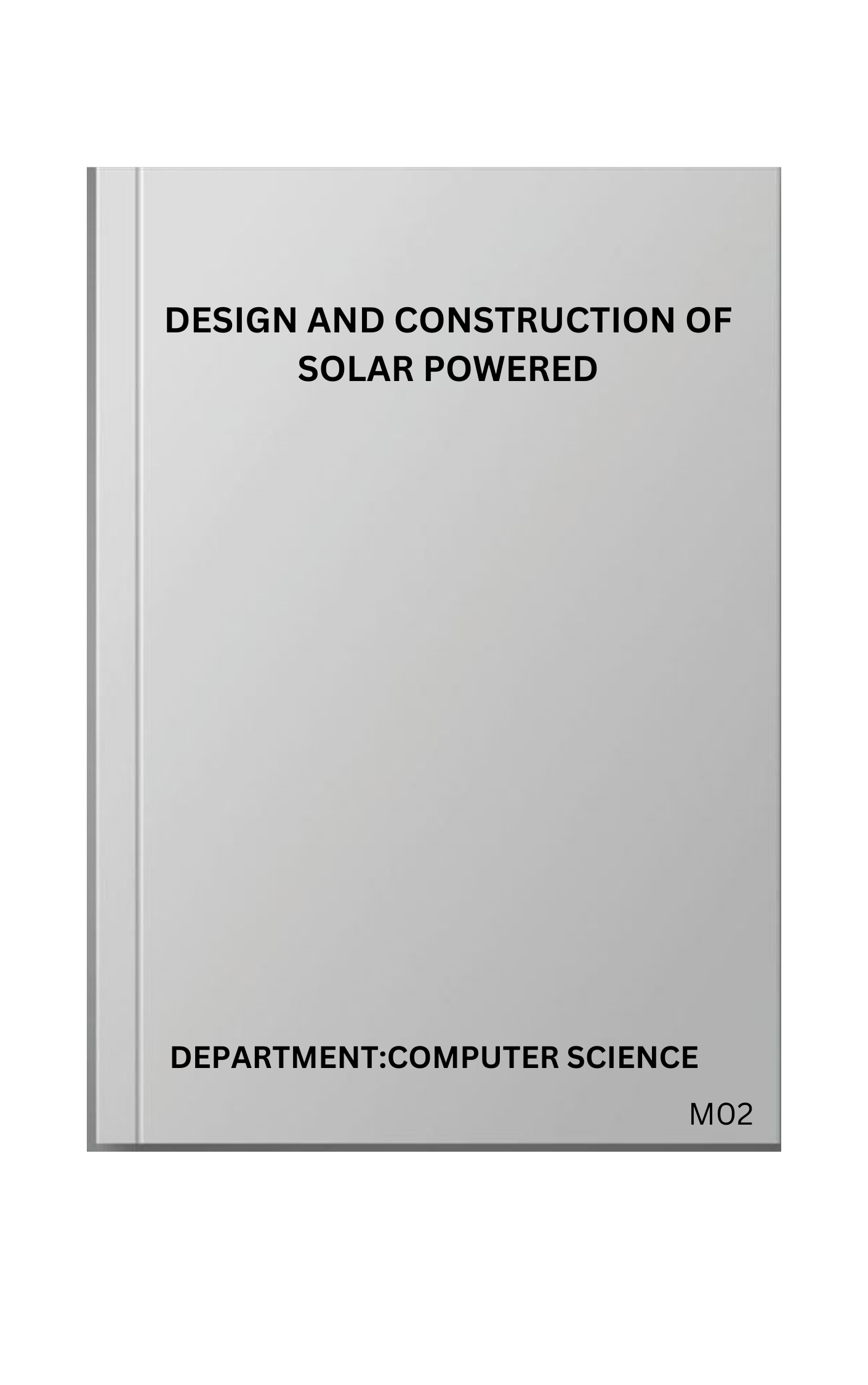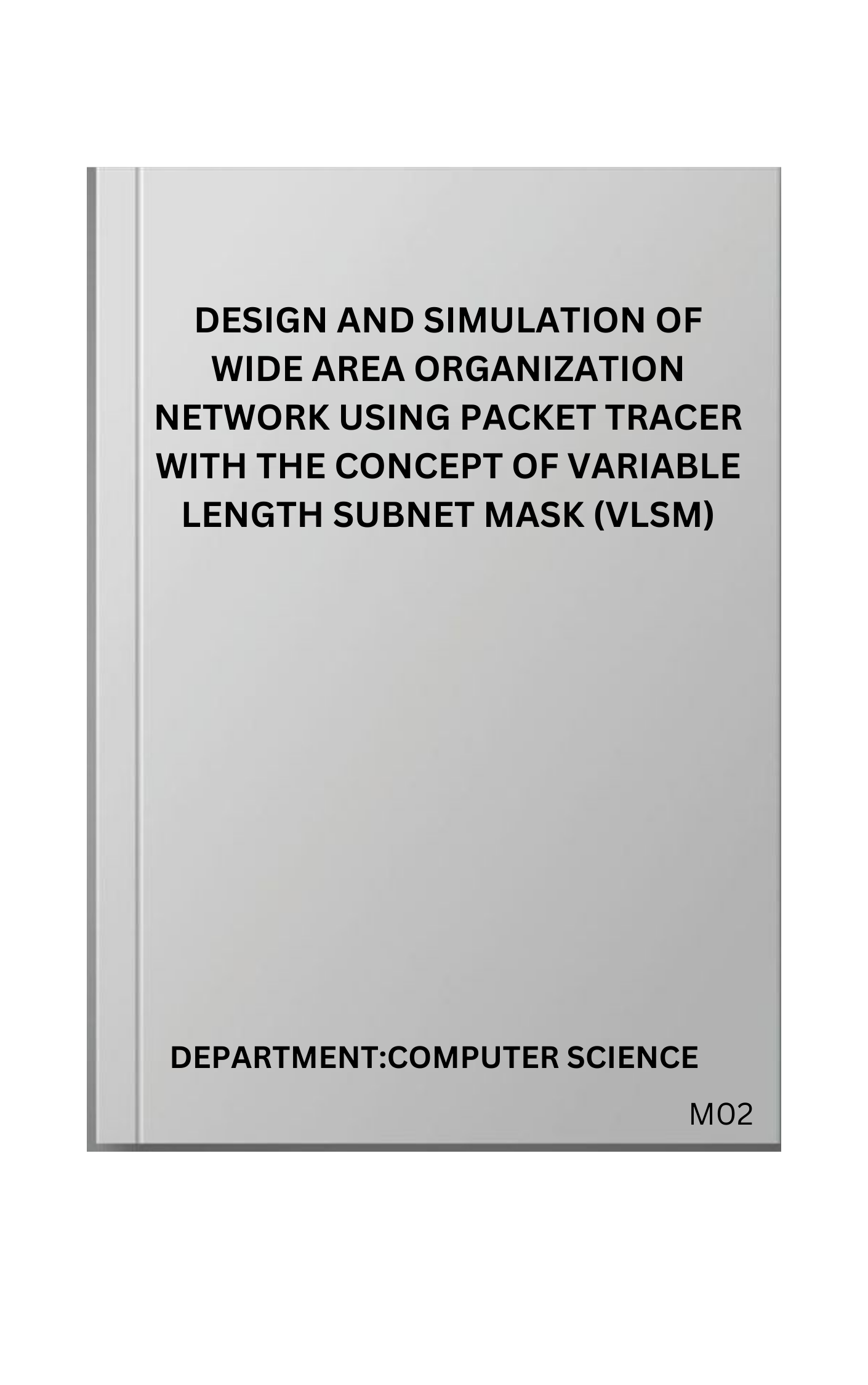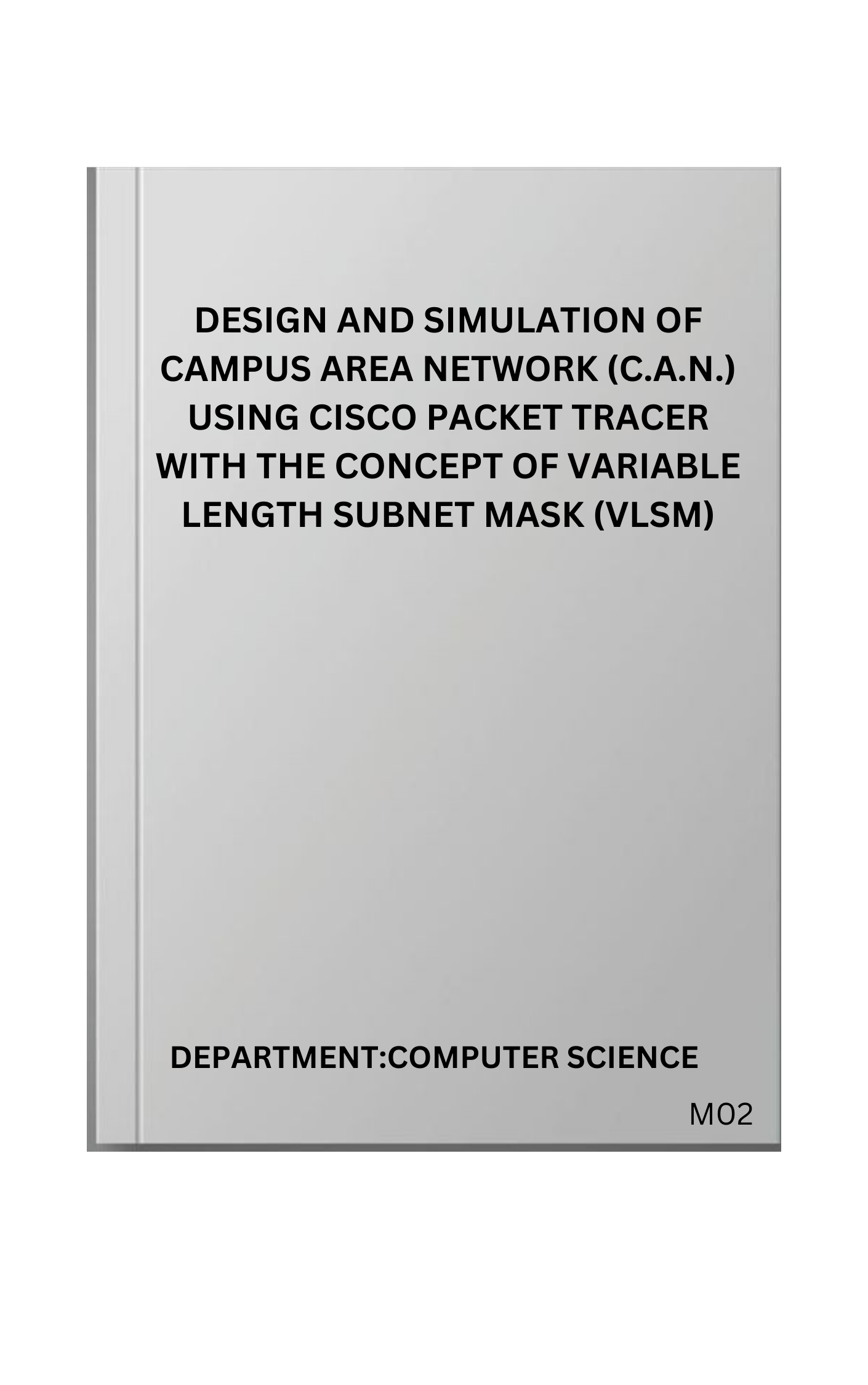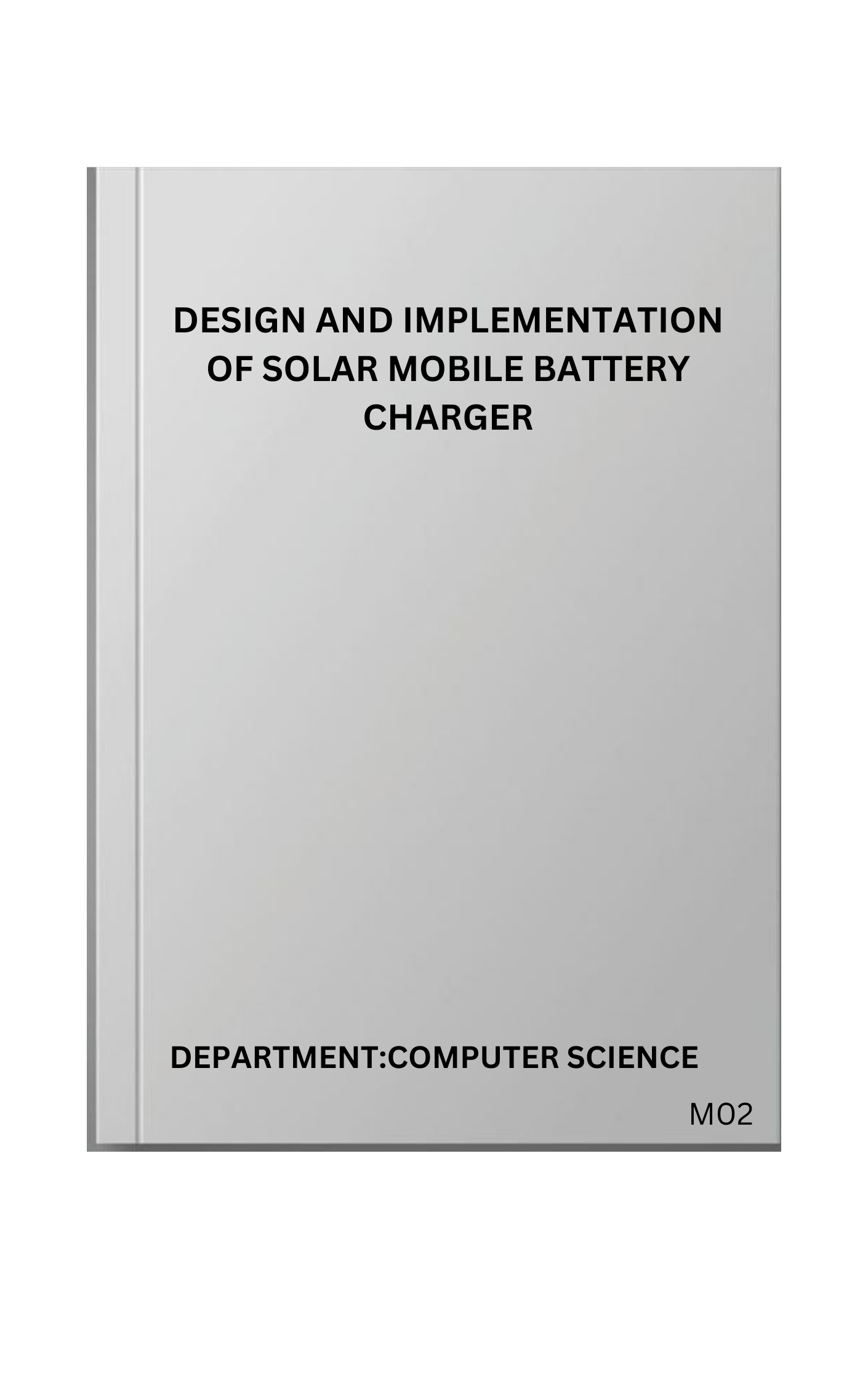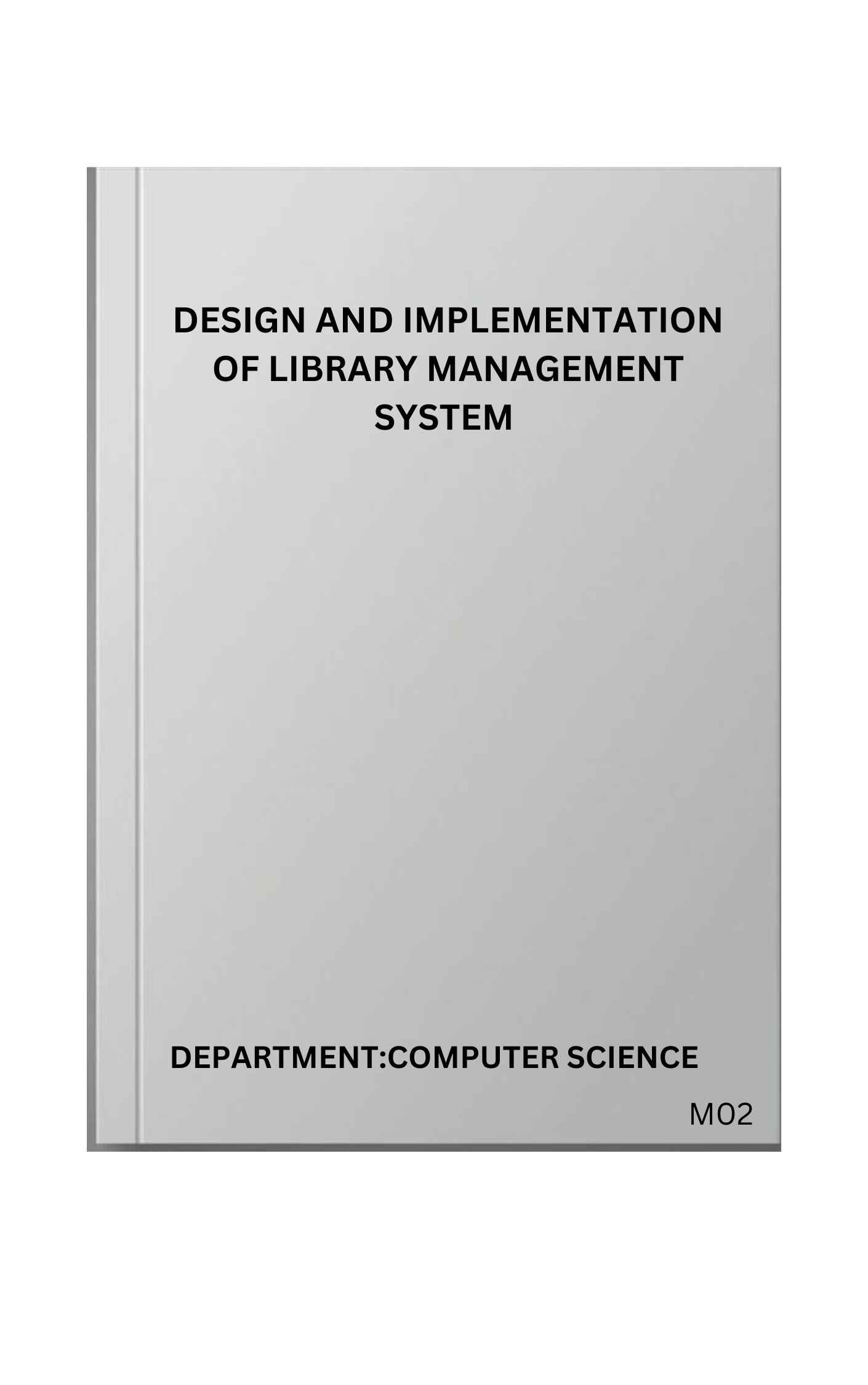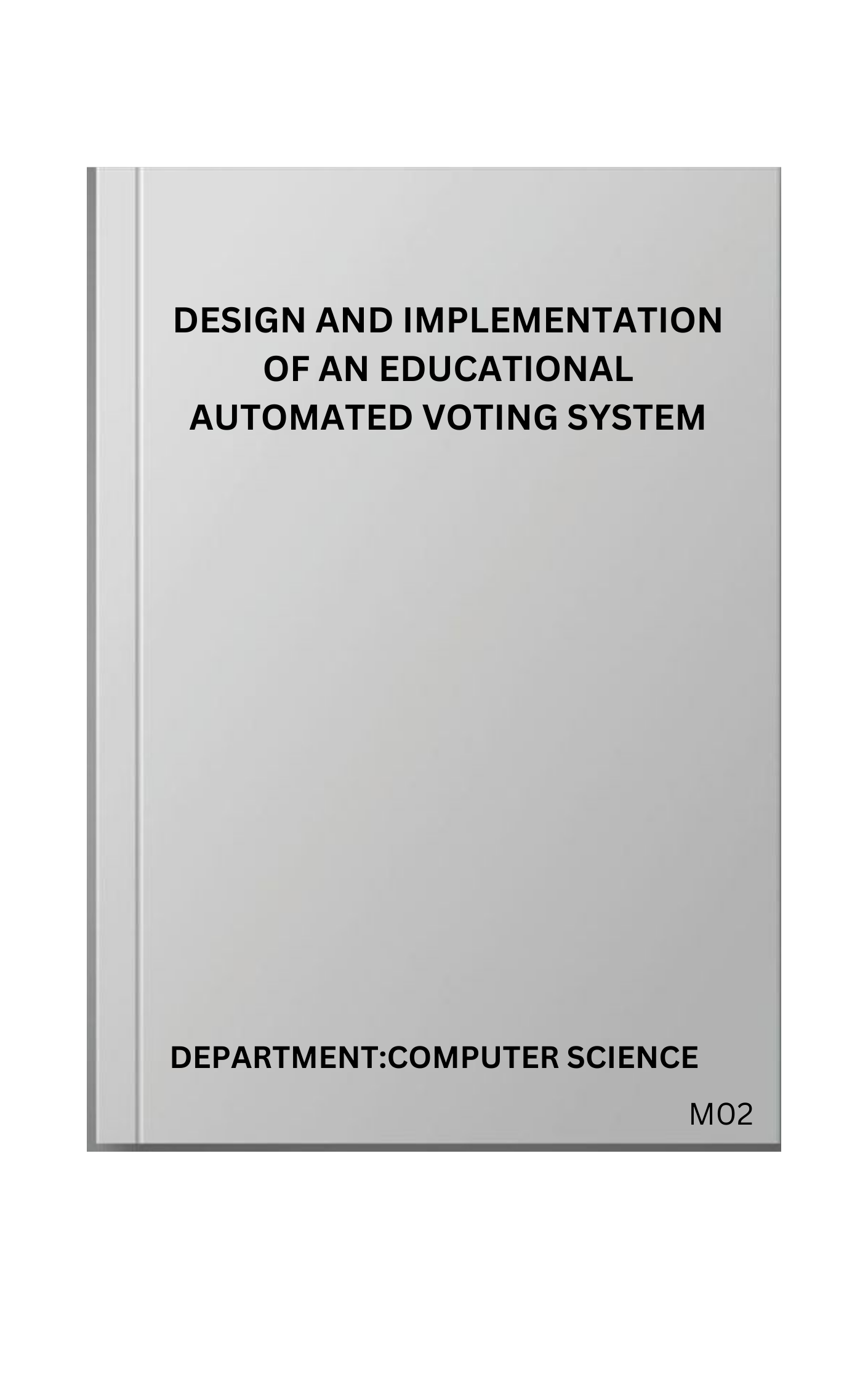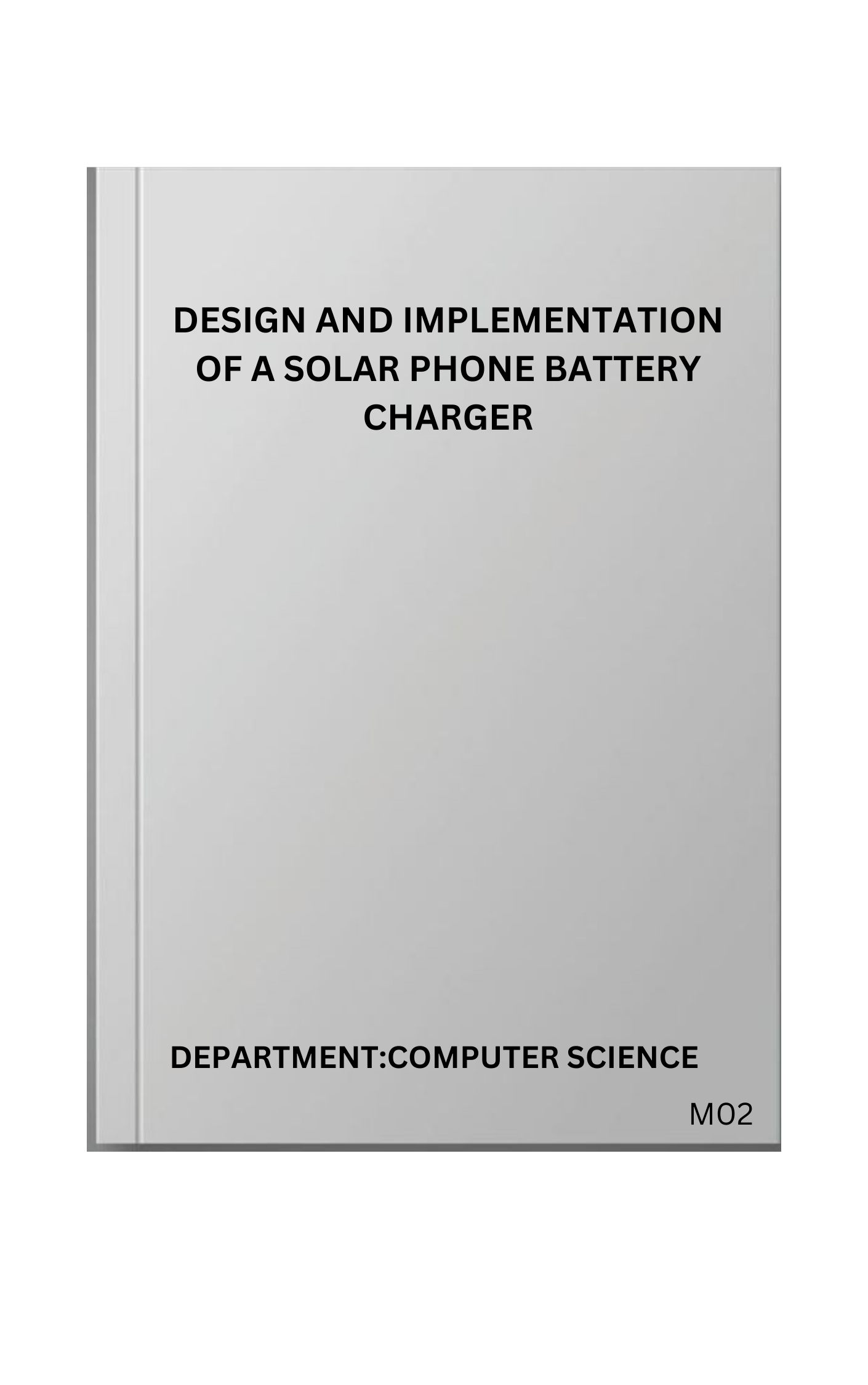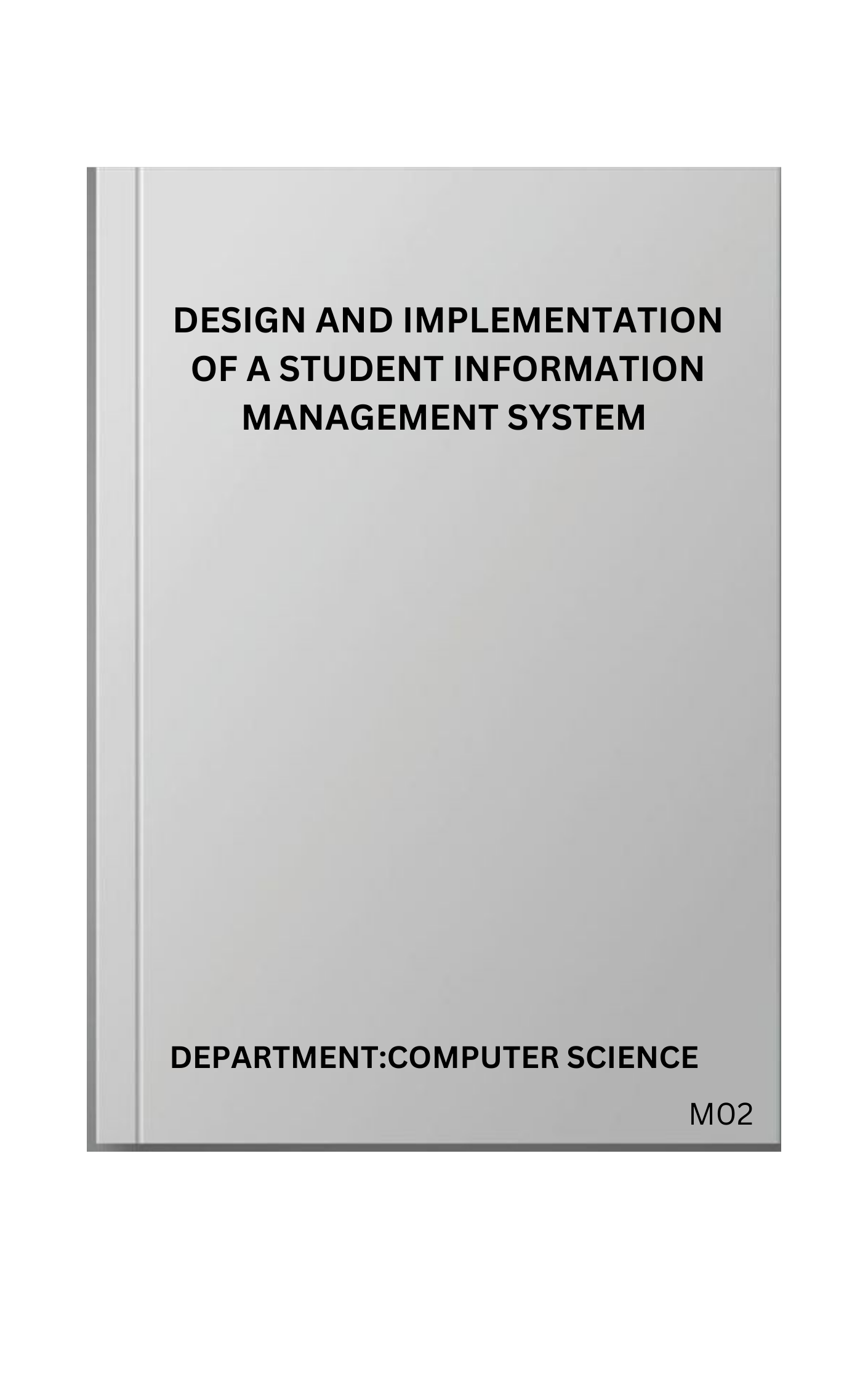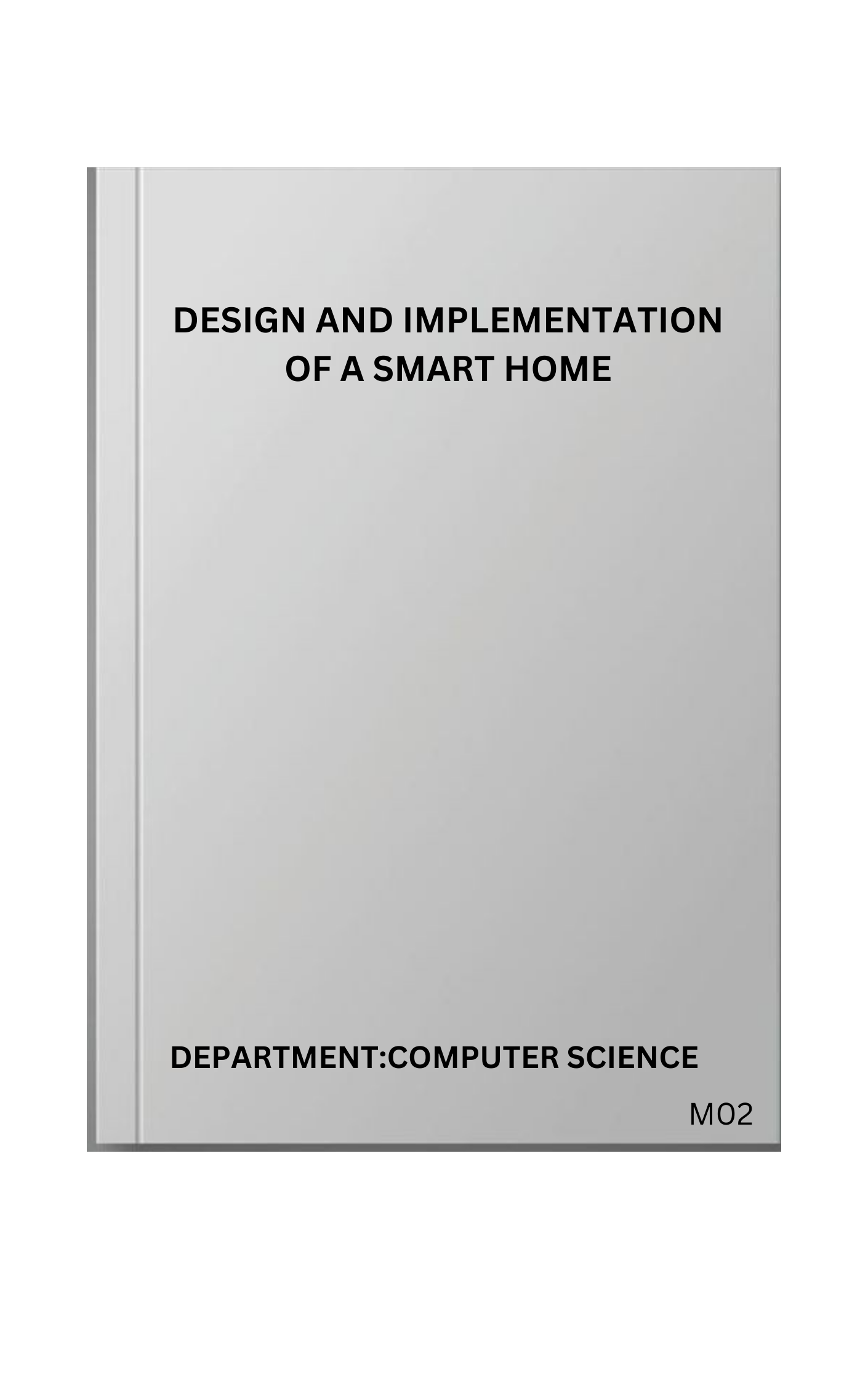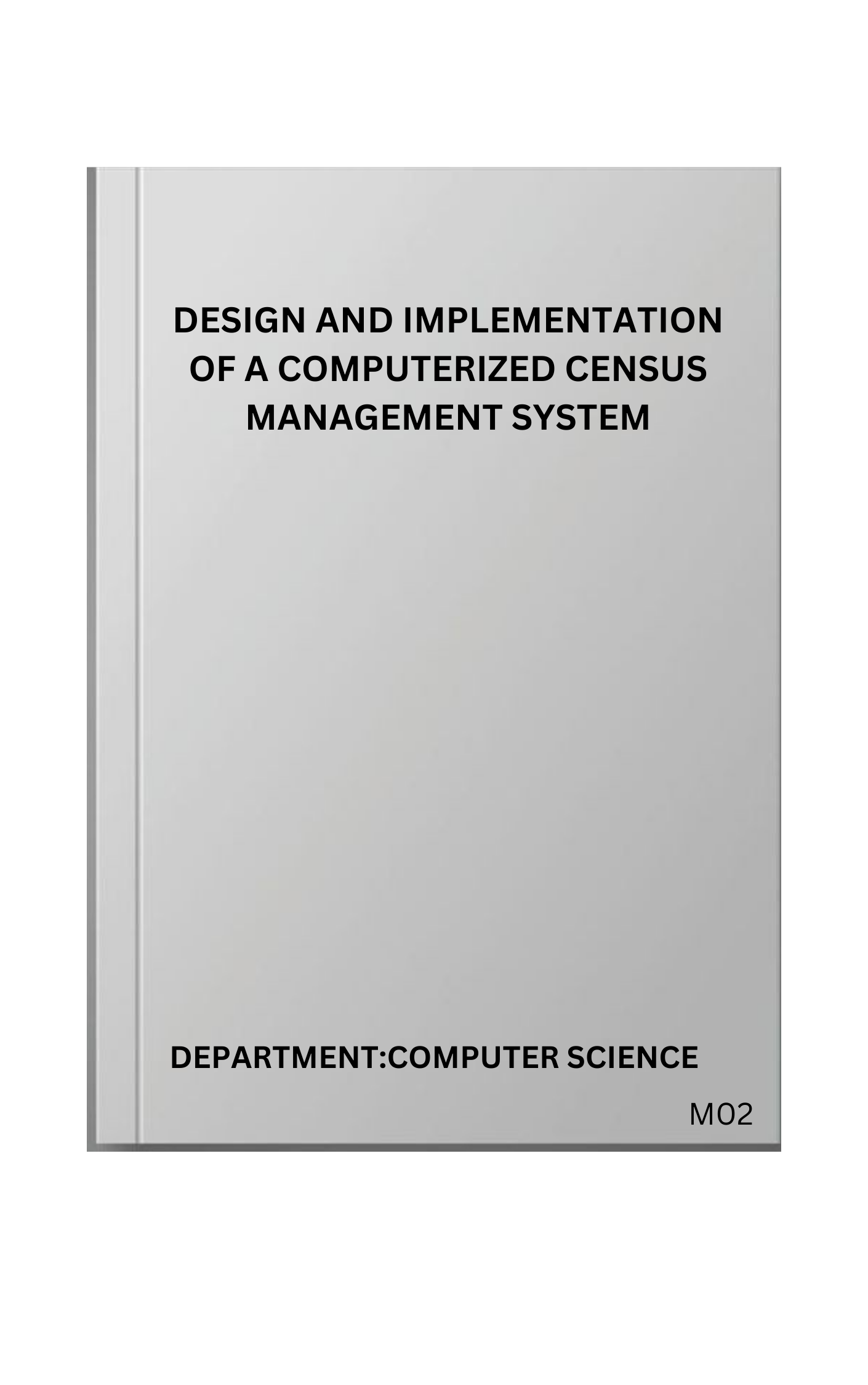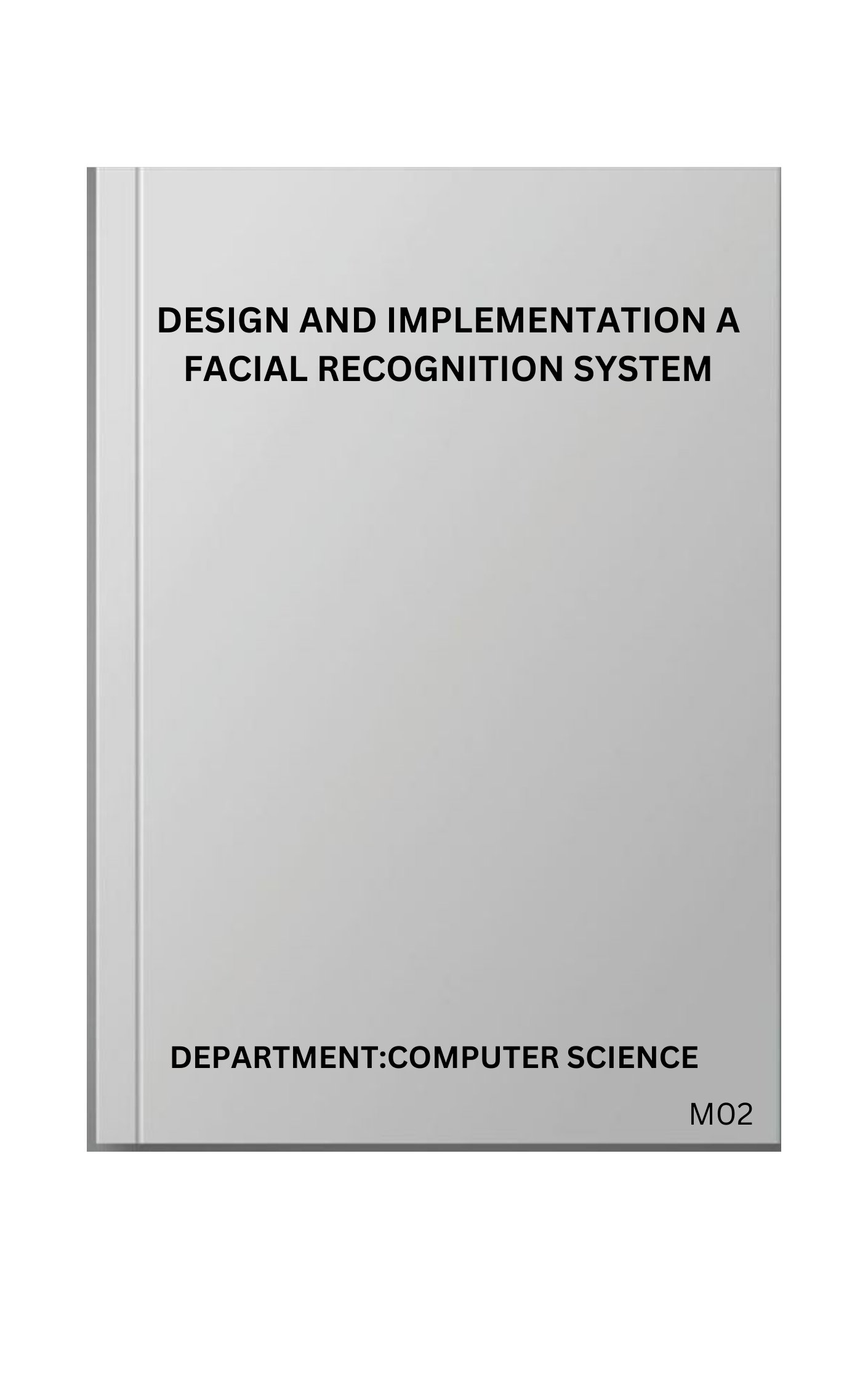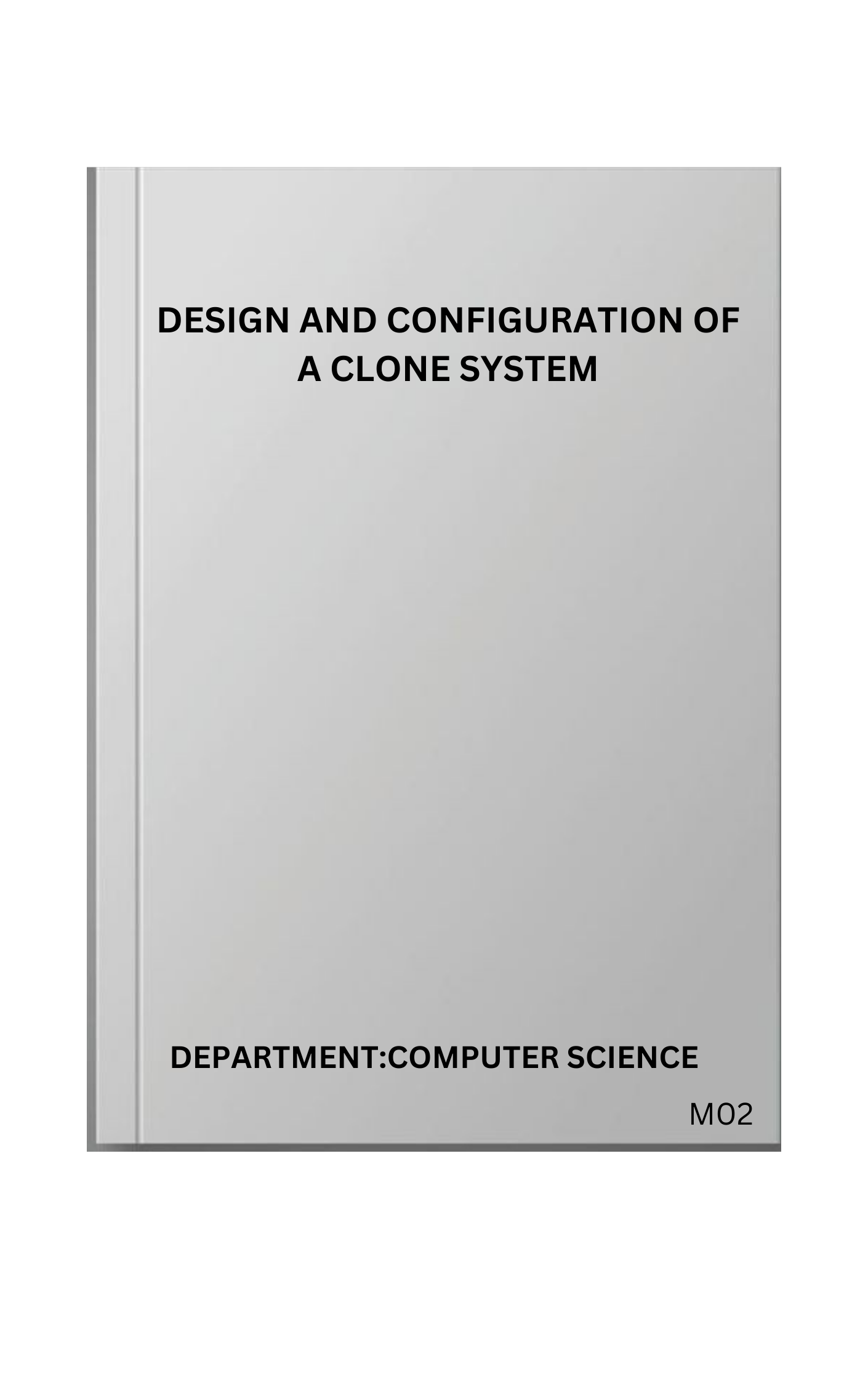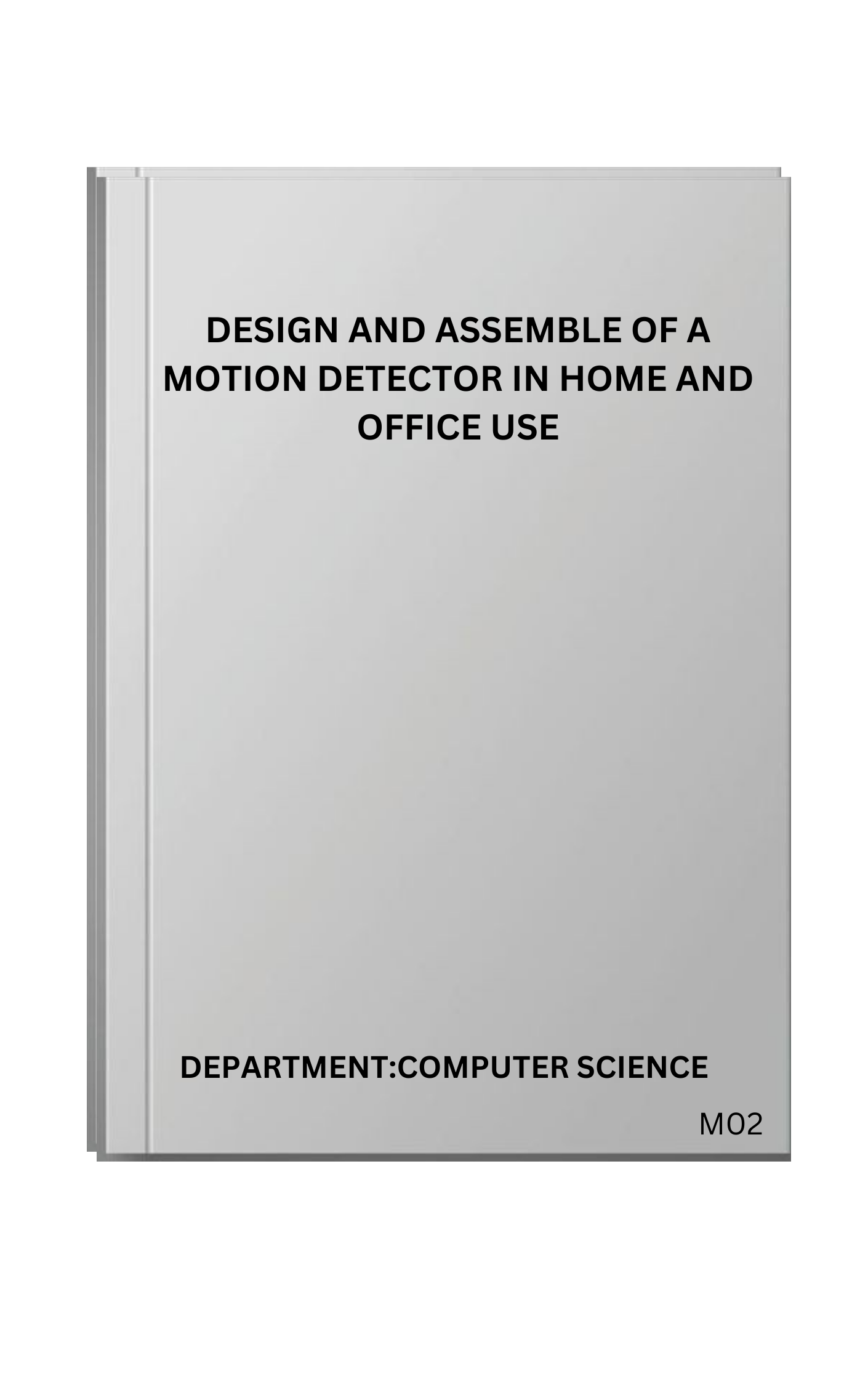CHAPTER ONE
INTRODUCTION
1.1 BACKGROUND OF STUDY
Cement slurry, an essential component in oil and gas well construction, is a sophisticated mixture of cement, water, and various specialized additives. Its properties are critical for ensuring the structural integrity and longevity of wellbore casings and achieving effective zonal isolation. The rheology, strength, and durability of cement slurry directly impact the performance and safety of wells, underscoring the importance of optimizing its composition. This optimization is a vital area of study in the oil and gas industry.
Optimizing cement slurry composition involves meticulous adjustments to achieve properties that meet specific well construction requirements. Rheology, describing the flow behavior of the slurry, is crucial for ease of placement and workability. Proper rheological properties ensure that the slurry can be efficiently pumped and placed in the wellbore without segregation or excessive fluid loss. Strength, including both early-age and long-term characteristics, is essential for the structural capacity to withstand the pressures and loads encountered in the wellbore. Durability, encompassing resistance to environmental factors such as chemical attack, high temperatures, and downhole pressures, determines the lifespan and maintenance needs of the well.
Various additives are incorporated into cement slurry to modify and enhance its properties for oil and gas applications:
1. Superplasticizers: Improve workability without increasing water content, allowing for lower water-cement ratios and enhancing both strength and durability.
2. Accelerators: Speed up the setting time, facilitating quicker progression in drilling and well completion operations.
3. Retarders: Delay the setting time to maintain workability over extended periods, essential for deep wells requiring prolonged placement times.
4. Pozzolans: Enhance long-term strength and durability by reacting with calcium hydroxide to form additional cementitious compounds.
5. Fibers: Increase tensile strength and resistance to cracking, crucial for maintaining integrity under demanding downhole conditions.
Each additive uniquely influences the rheology, strength, and durability of the cement slurry, necessitating careful study and optimization for specific wellbore conditions.
The rheology of cement slurry affects its flowability, pumpability, and ease of application. Ensuring optimal rheological properties is vital for effective slurry placement in the wellbore without segregation or fluid loss. Superplasticizers, commonly used to enhance slurry fluidity, enable lower water-cement ratios, thus improving both strength and durability.
The strength of cement slurry is paramount in oil and gas well construction, determining the cement's ability to withstand wellbore pressures and loads. Additives such as accelerators and pozzolans significantly influence both early-age and long-term strength. Optimizing the mix design to balance initial strength gain and long-term performance is crucial for successful wellbore cementing operations.
Durability is a key factor in the longevity of wellbore cement. Additives can enhance the resistance of cement slurry to various forms of degradation. For instance, pozzolans improve resistance to chemical attack and reduce permeability, while fibers enhance resistance to cracking and impact. Understanding how different additives contribute to cement slurry durability is essential for developing mix designs capable of withstanding harsh downhole conditions, thereby reducing maintenance costs.
Optimizing cement slurry with additives has the potential to revolutionize the oil and gas industry by providing more efficient, durable, and cost-effective wellbore cementing solutions. Enhanced rheology can lead to easier placement and reduced operational costs, improved strength can ensure robust wellbore integrity, and increased durability can extend the lifespan of wells, reducing maintenance and repair expenses. This project aims to provide valuable insights into the formulation of high-performance cement slurries, ultimately advancing well construction practices and enhancing the resilience of oil and gas infrastructure
1.1.1 OPTIMIZATION STRATEGIES:
Adjust water-cement ratio to balance rheology and strength
Use admixtures like superplasticizers and retarders to enhance rheology and durability
Optimize cement type and content for specific applications
Control curing conditions to enhance strength and durability
1.2 AIM OF EXPERIMENT:
The aim of this study is to optimize the properties of cement slurry for improved performance in oil well drilling operations, and also to investigate the effects of various additives on the rheology, strength, and durability of cement slurries.
1.3 OBJECTIVES OF EXPERIMENT:
1.Investigate the relationship between rheology, durability and strength of cement slurry
2.Determine the optimal water cement ratio and admixture composition for improved rheology and strength
3.Evaluate the effect of curing conditions on durability and strength
PAY TO GET COMPLETE PROJECT

